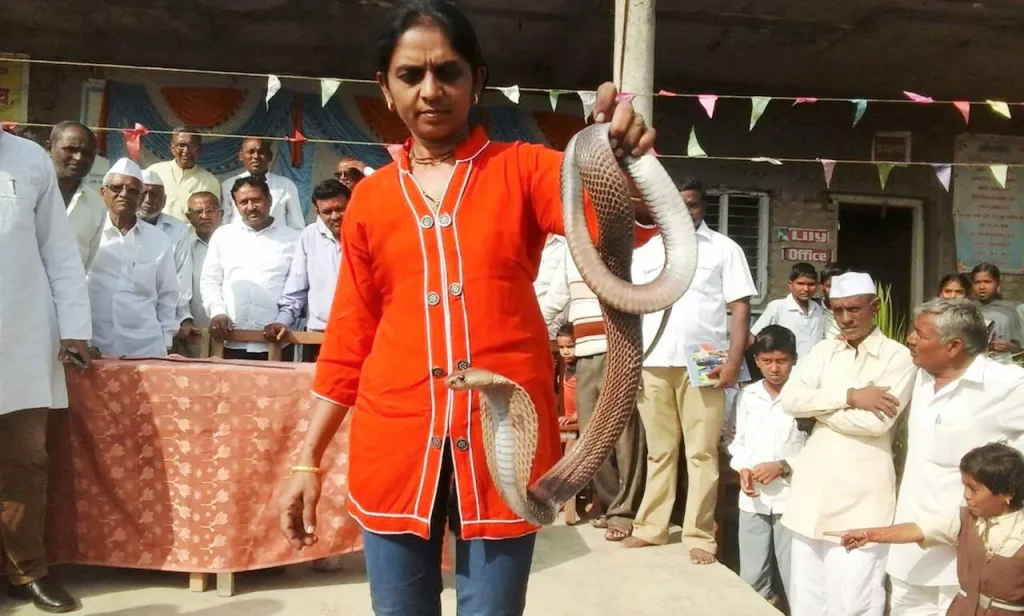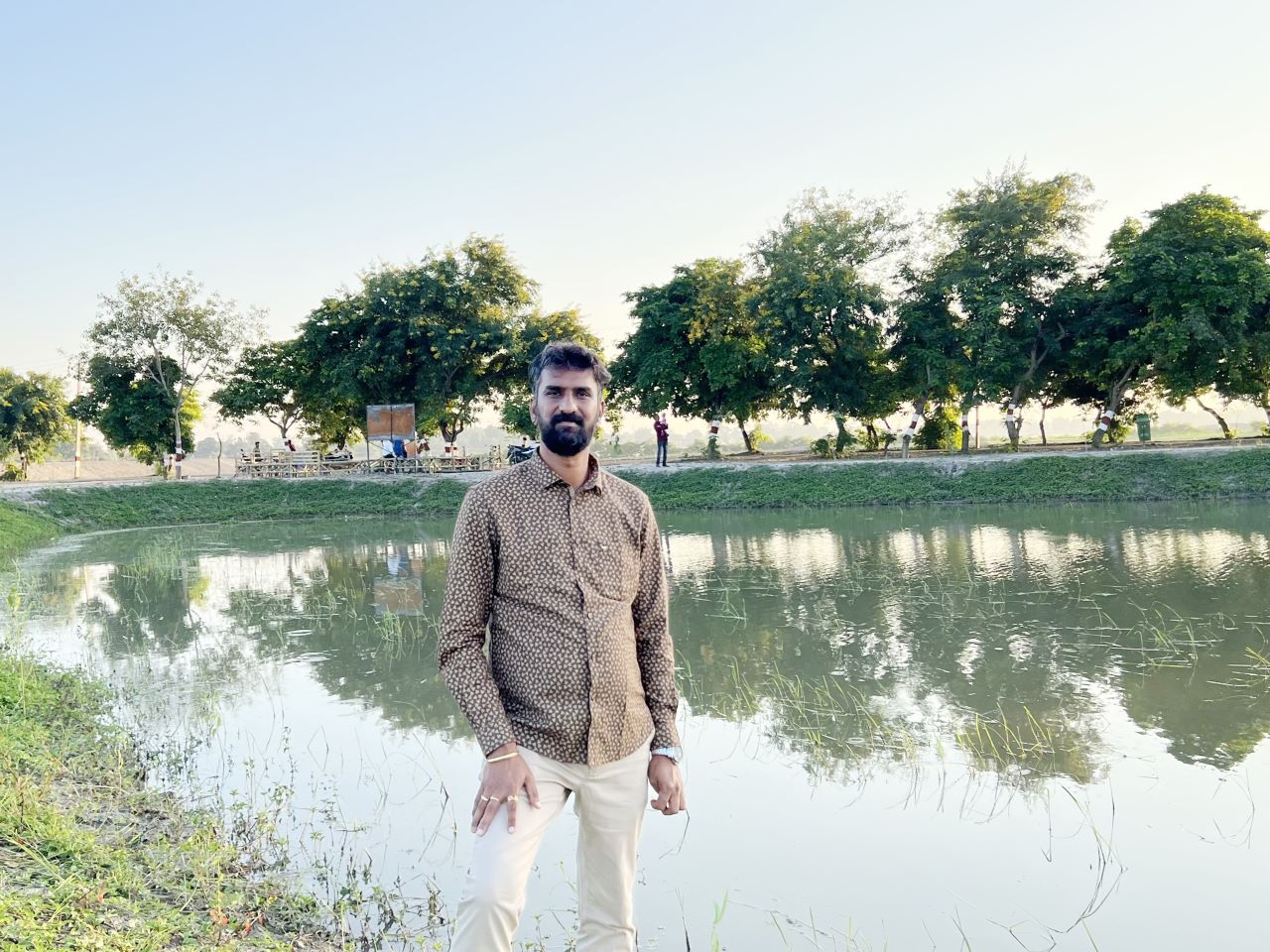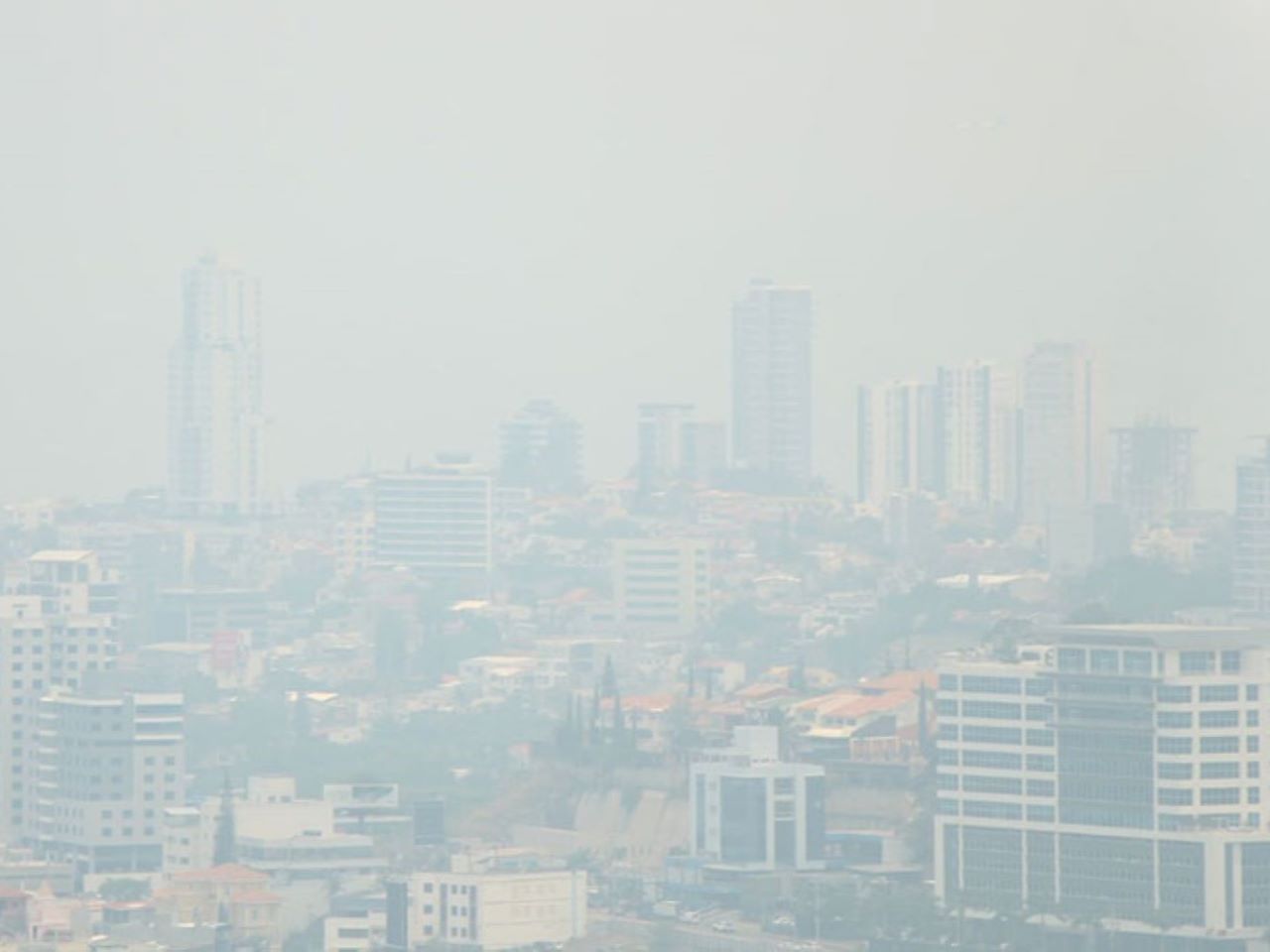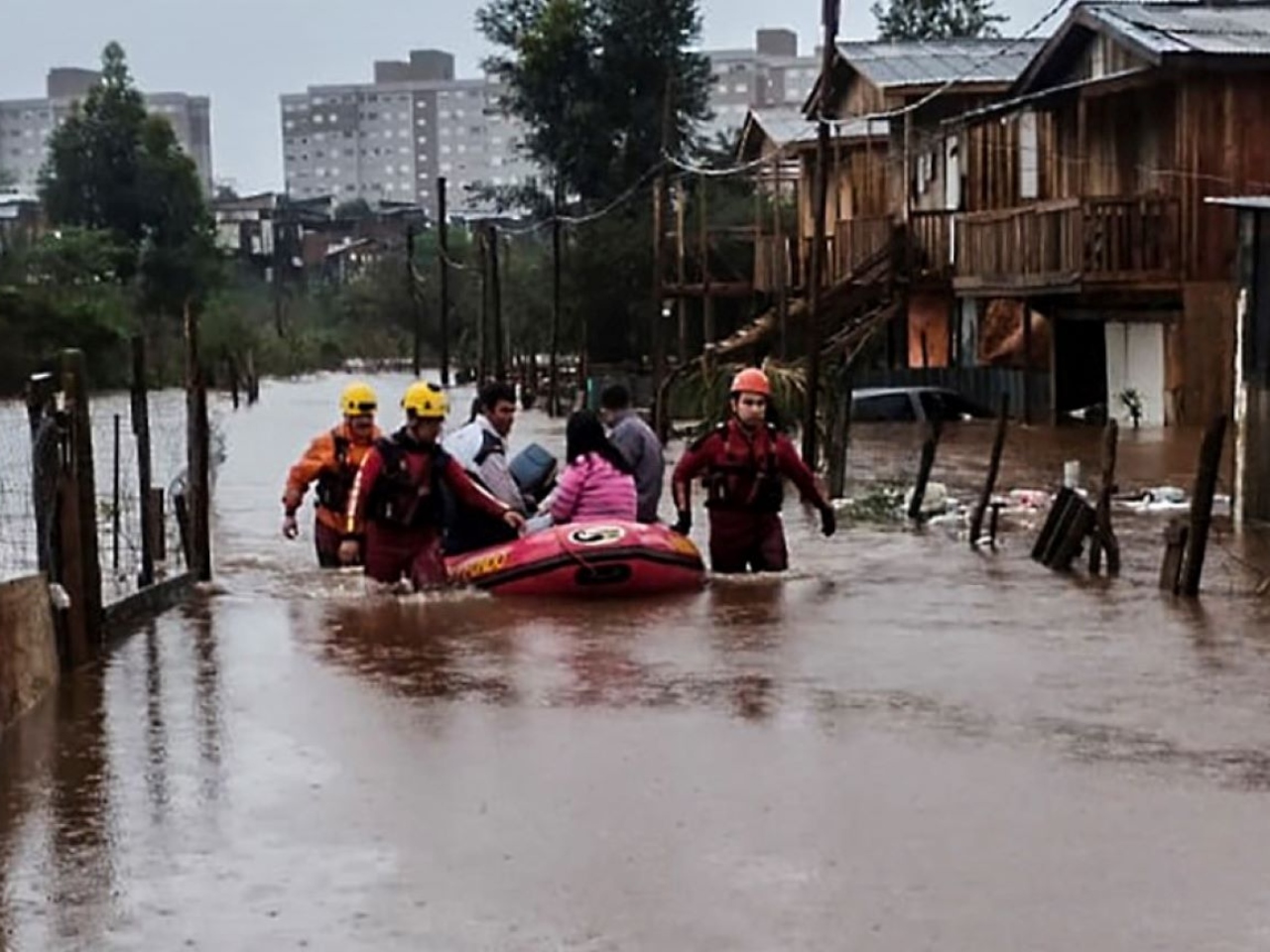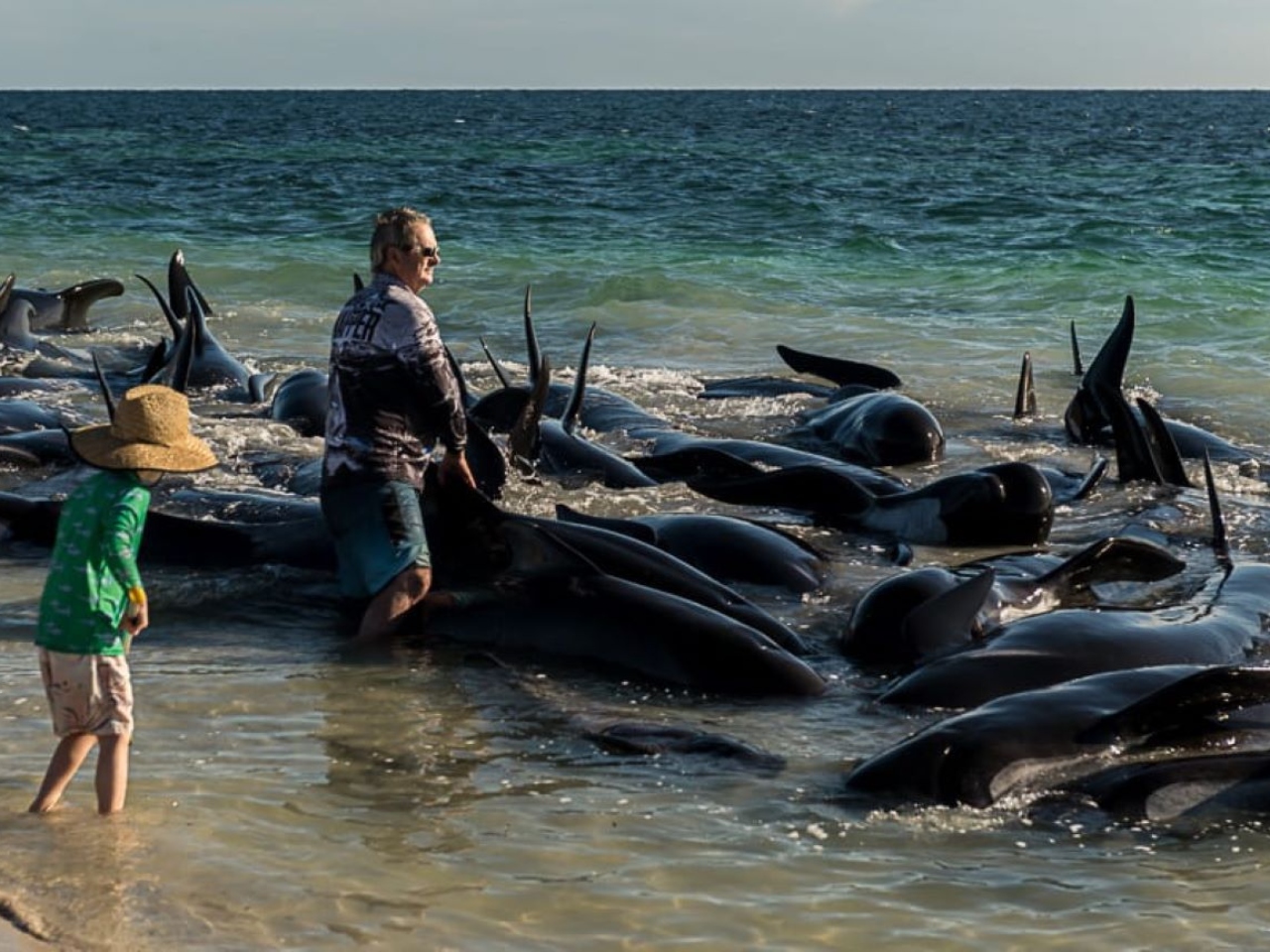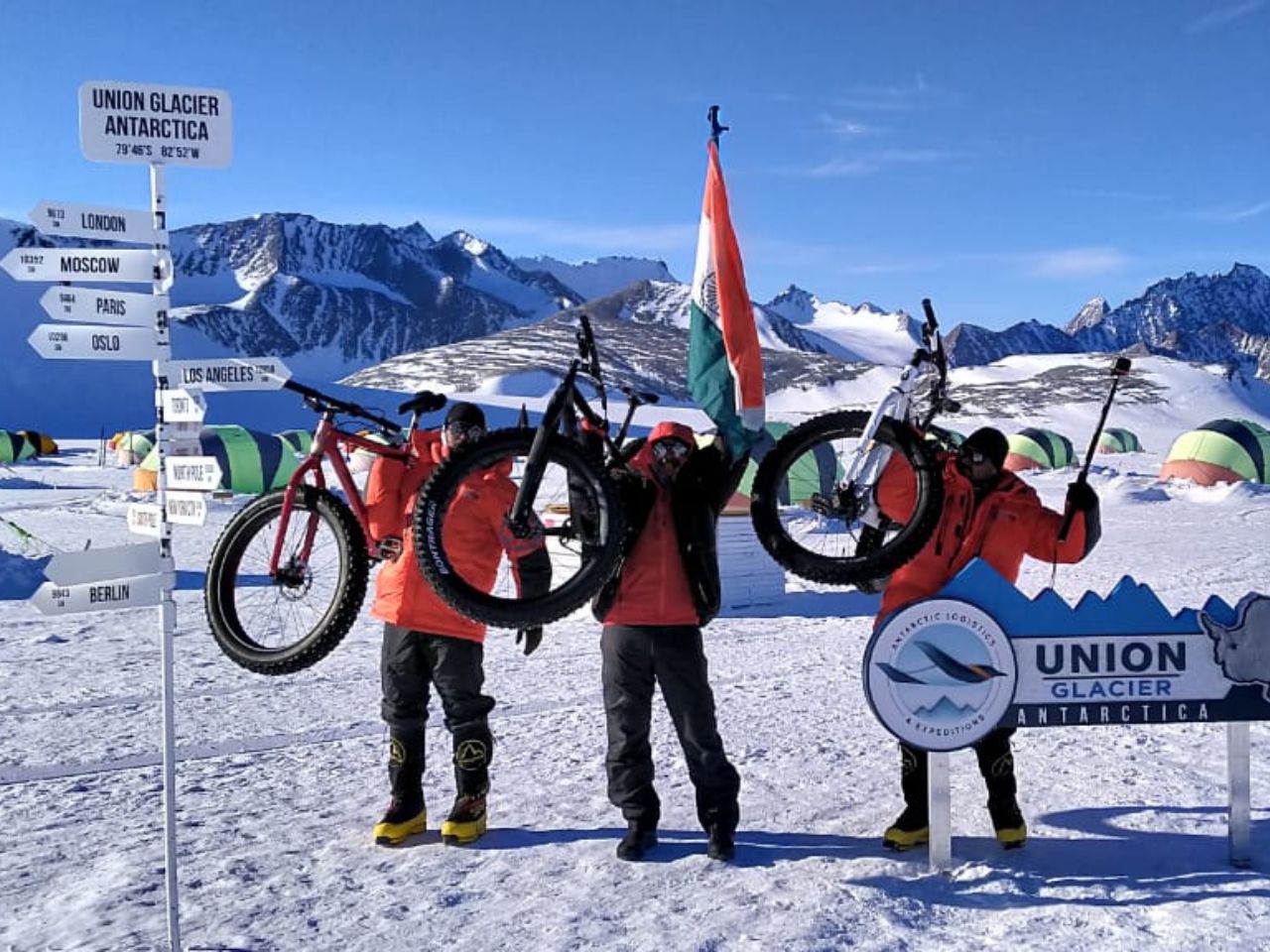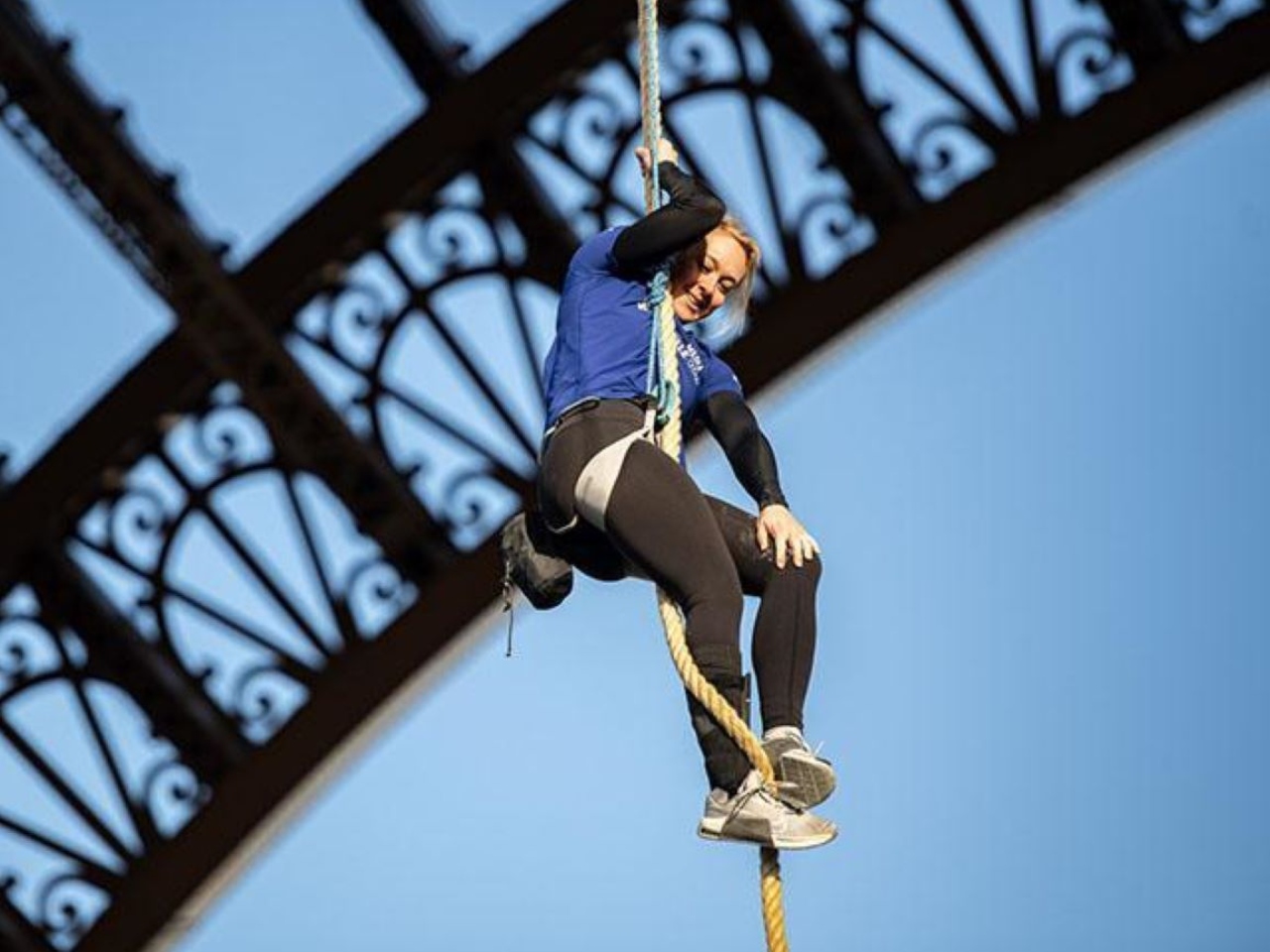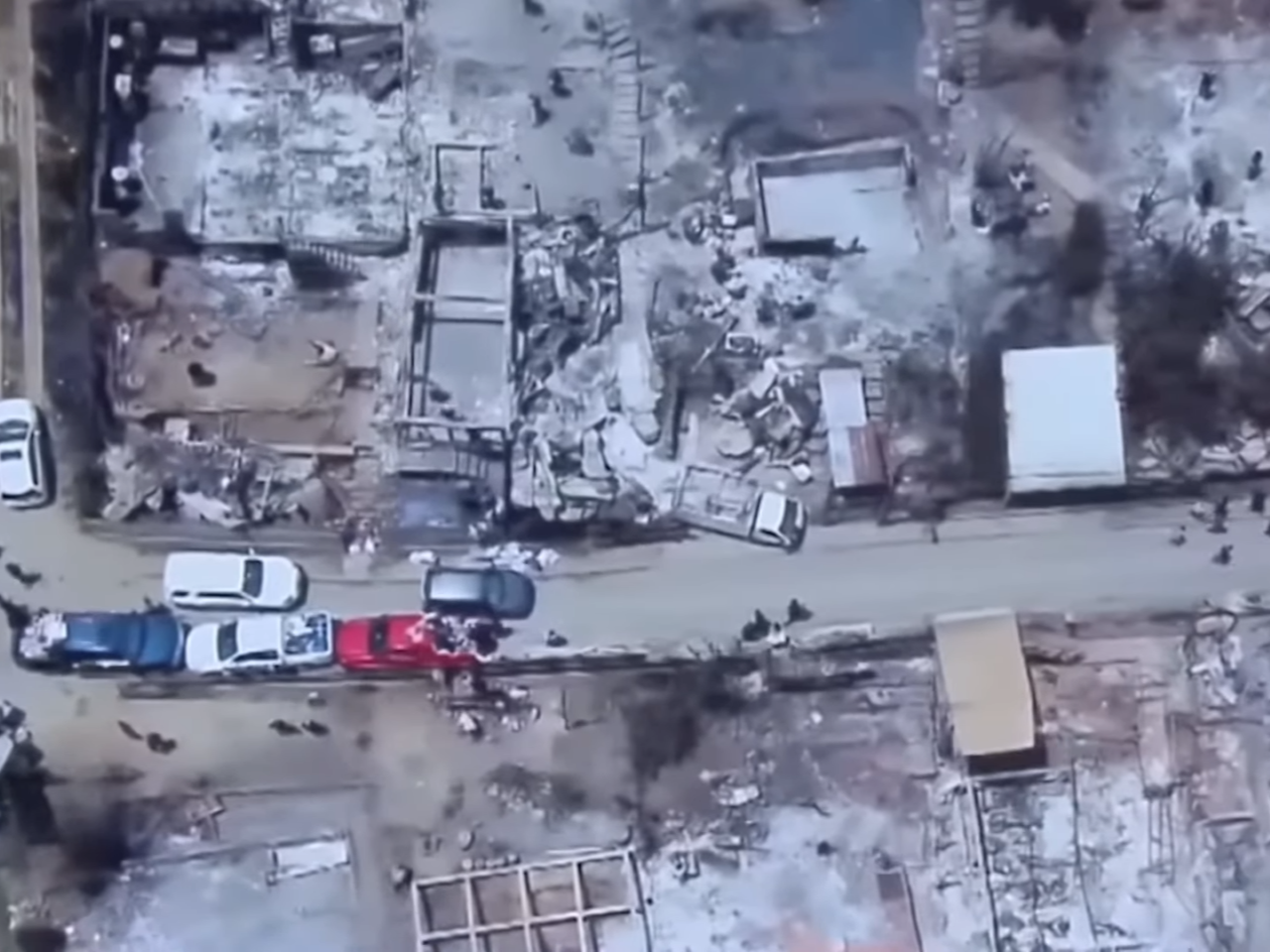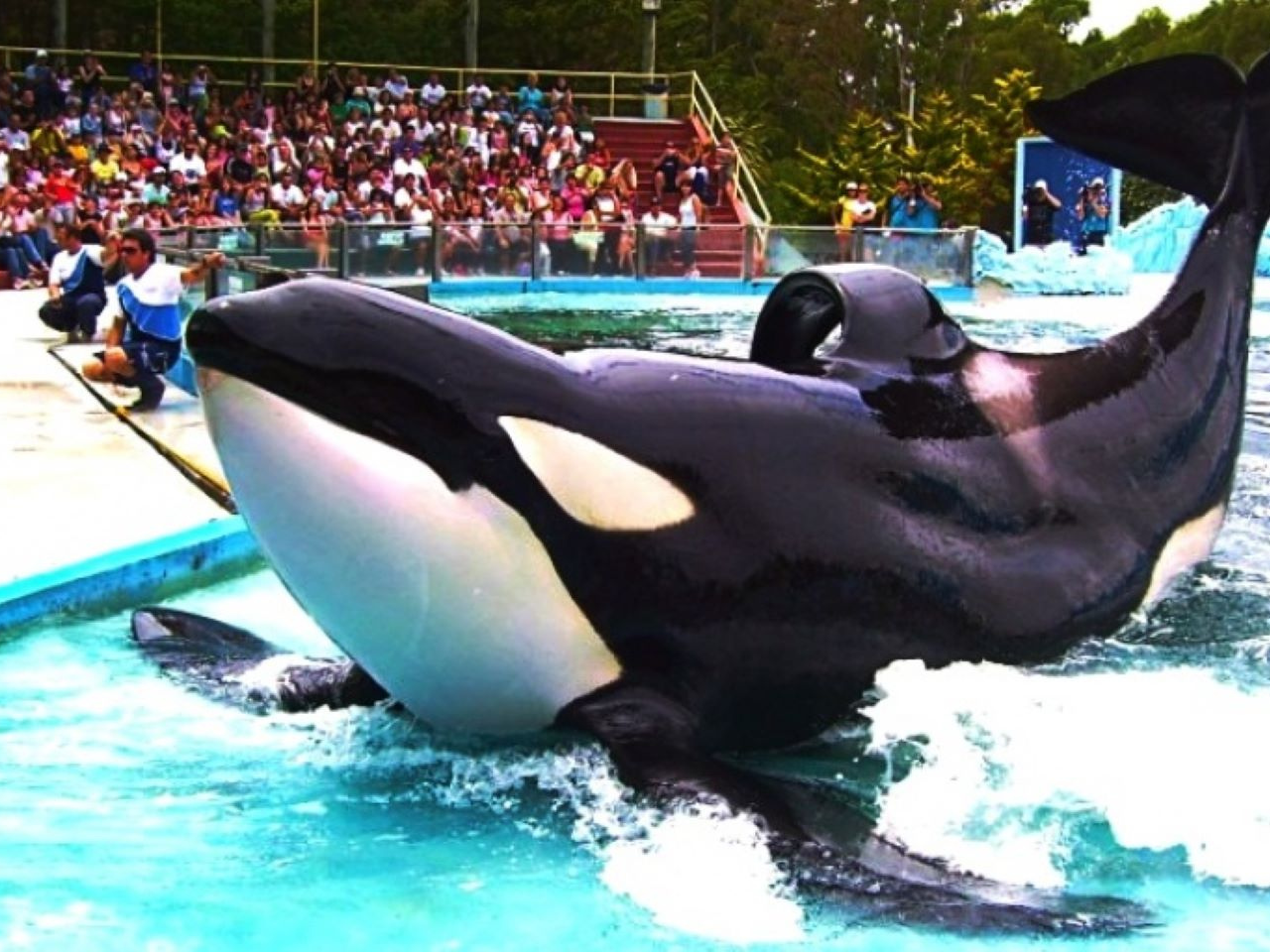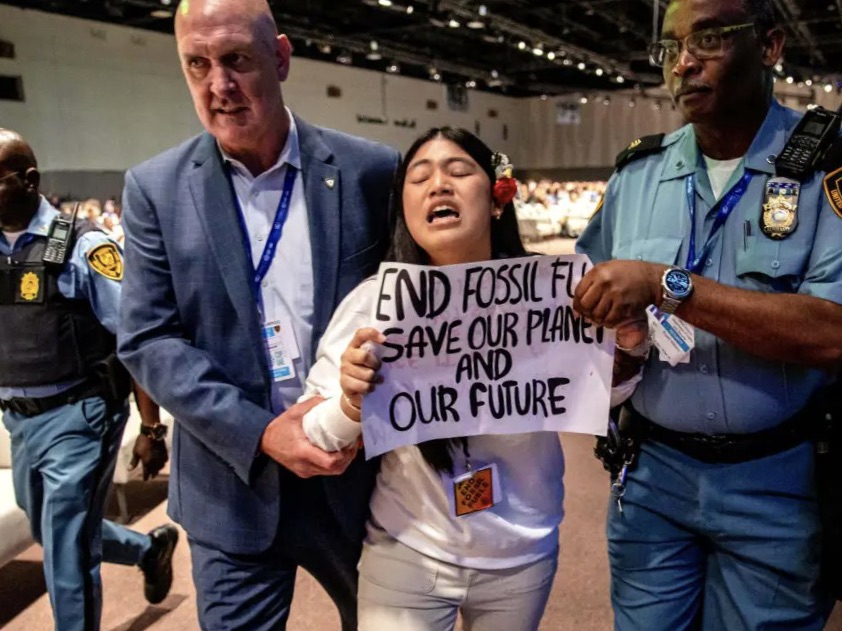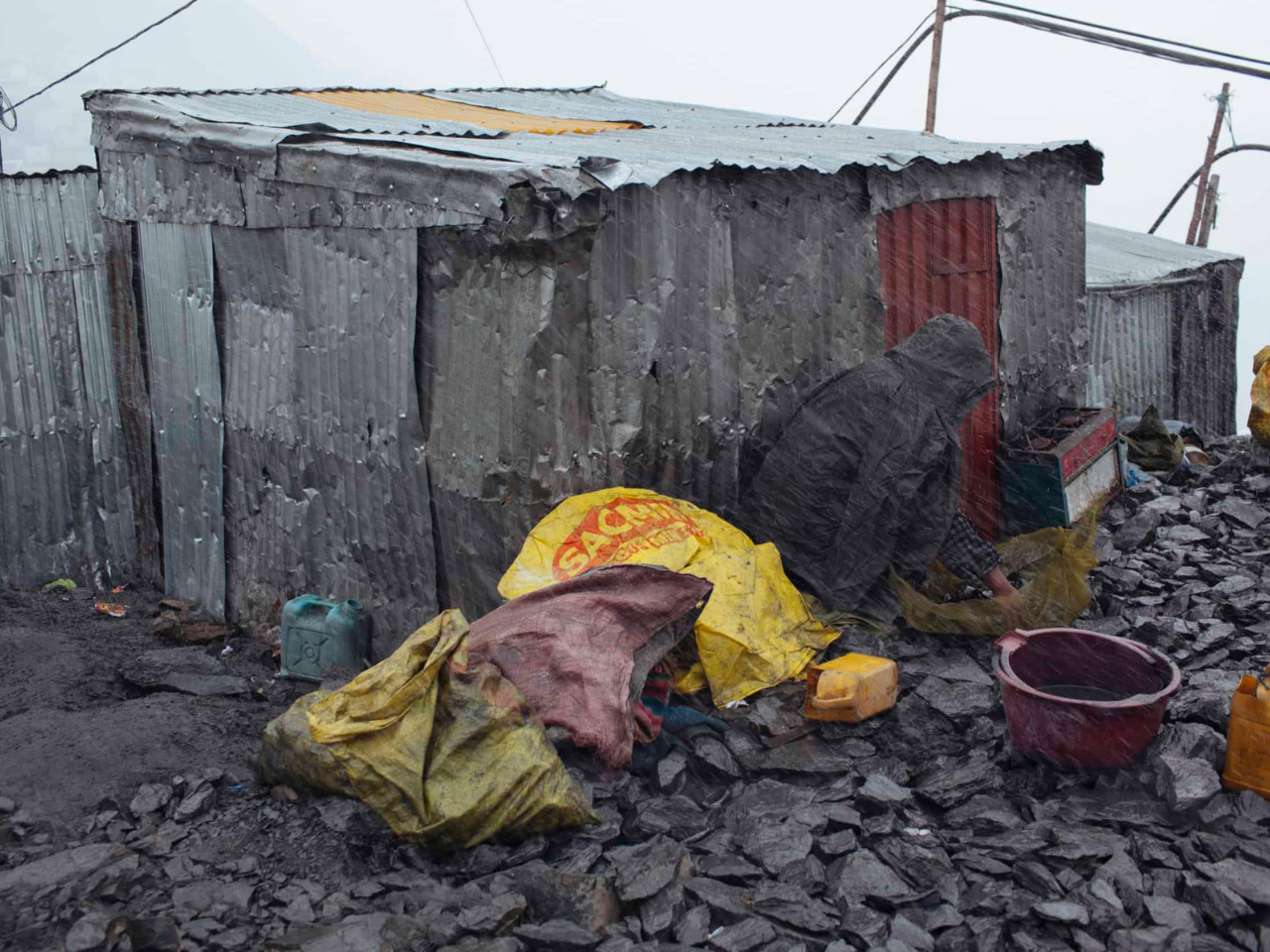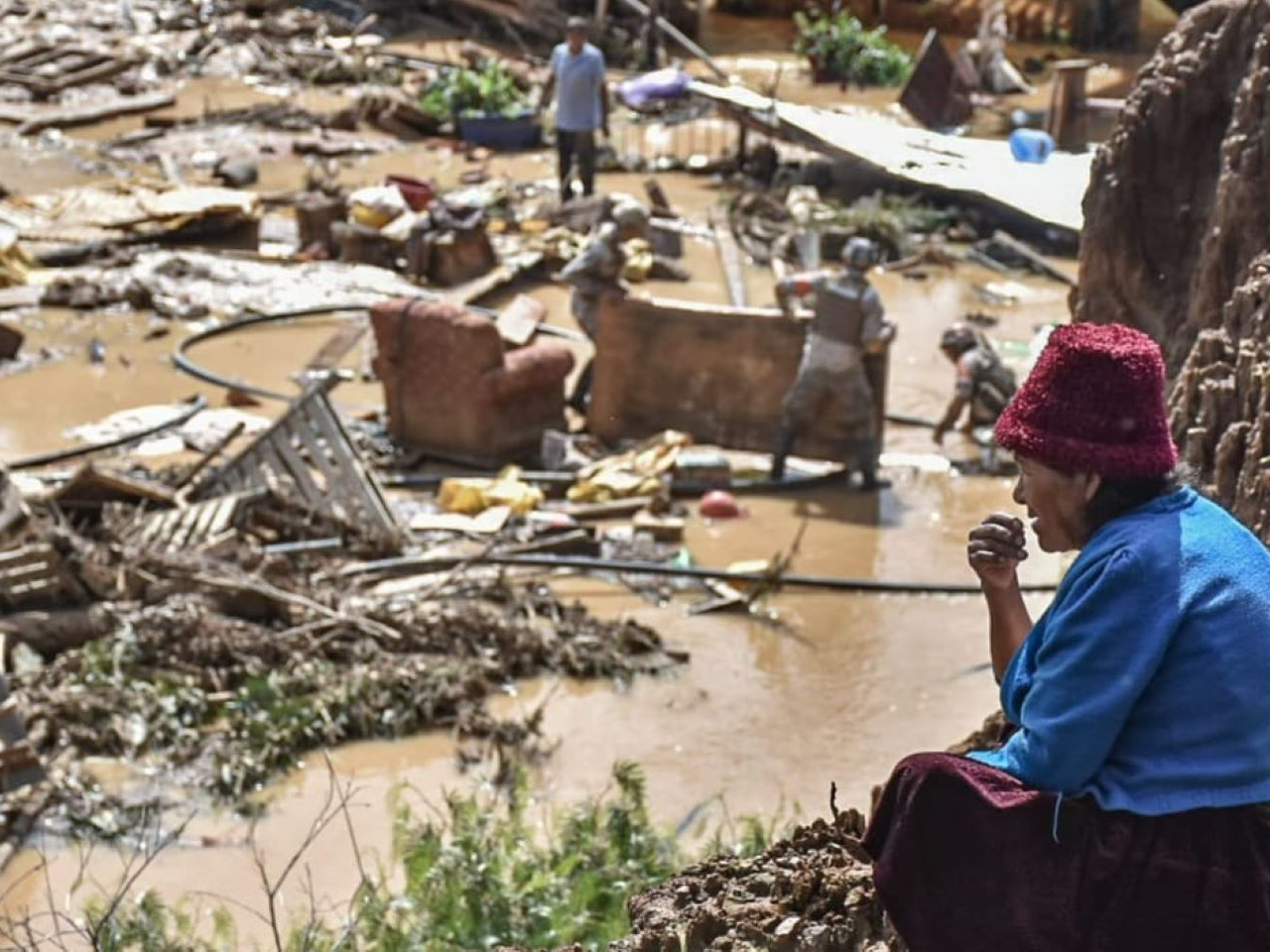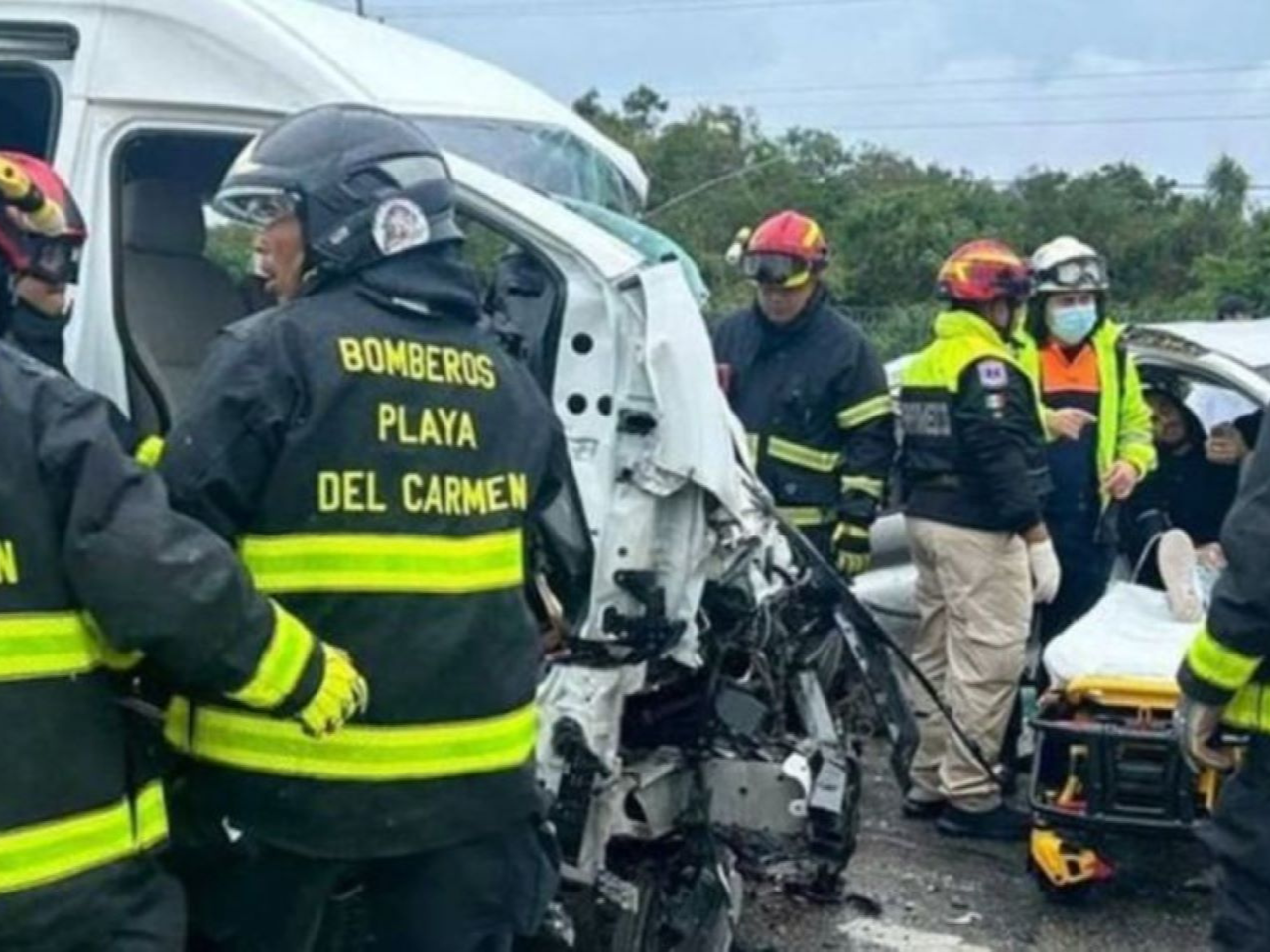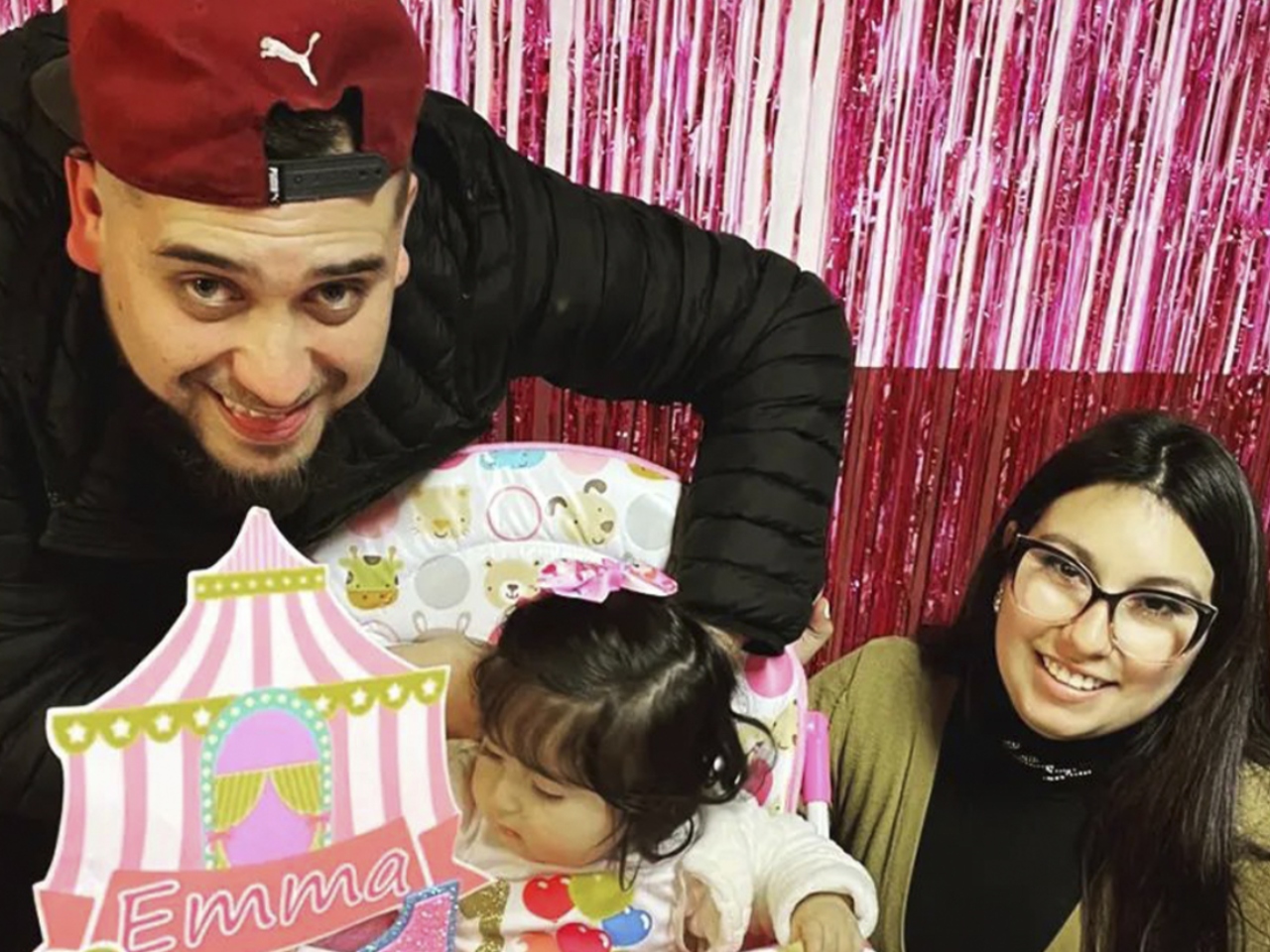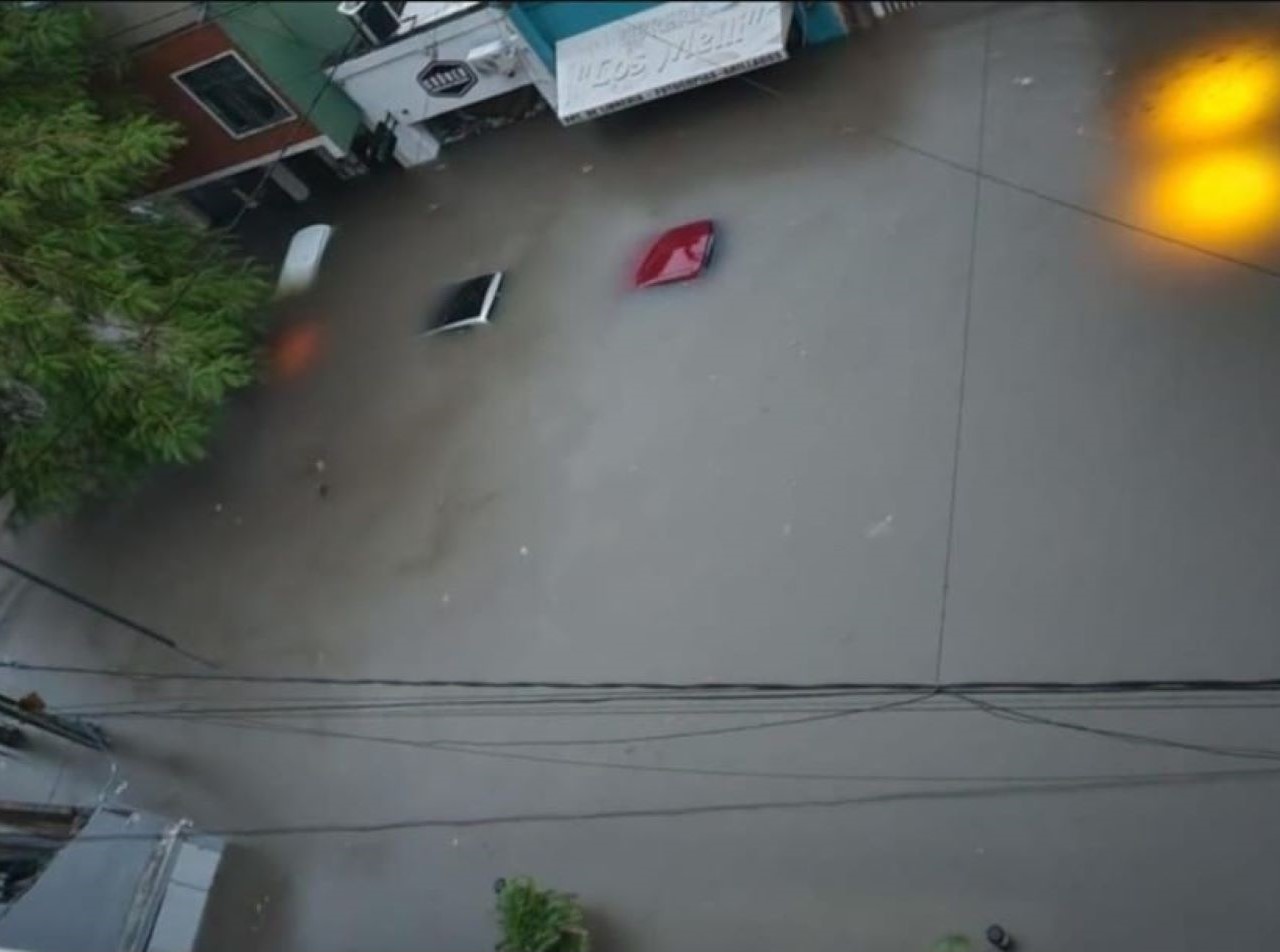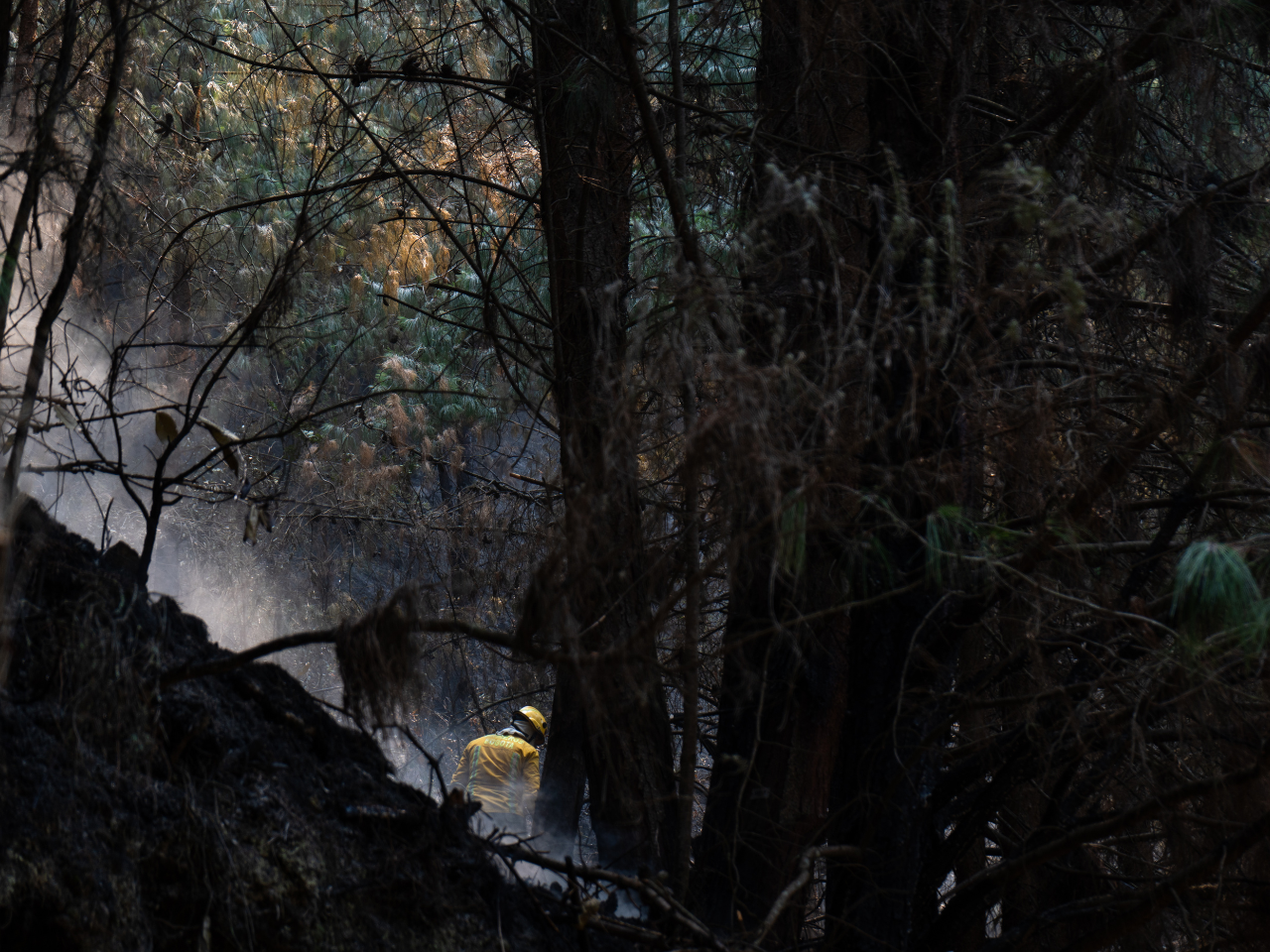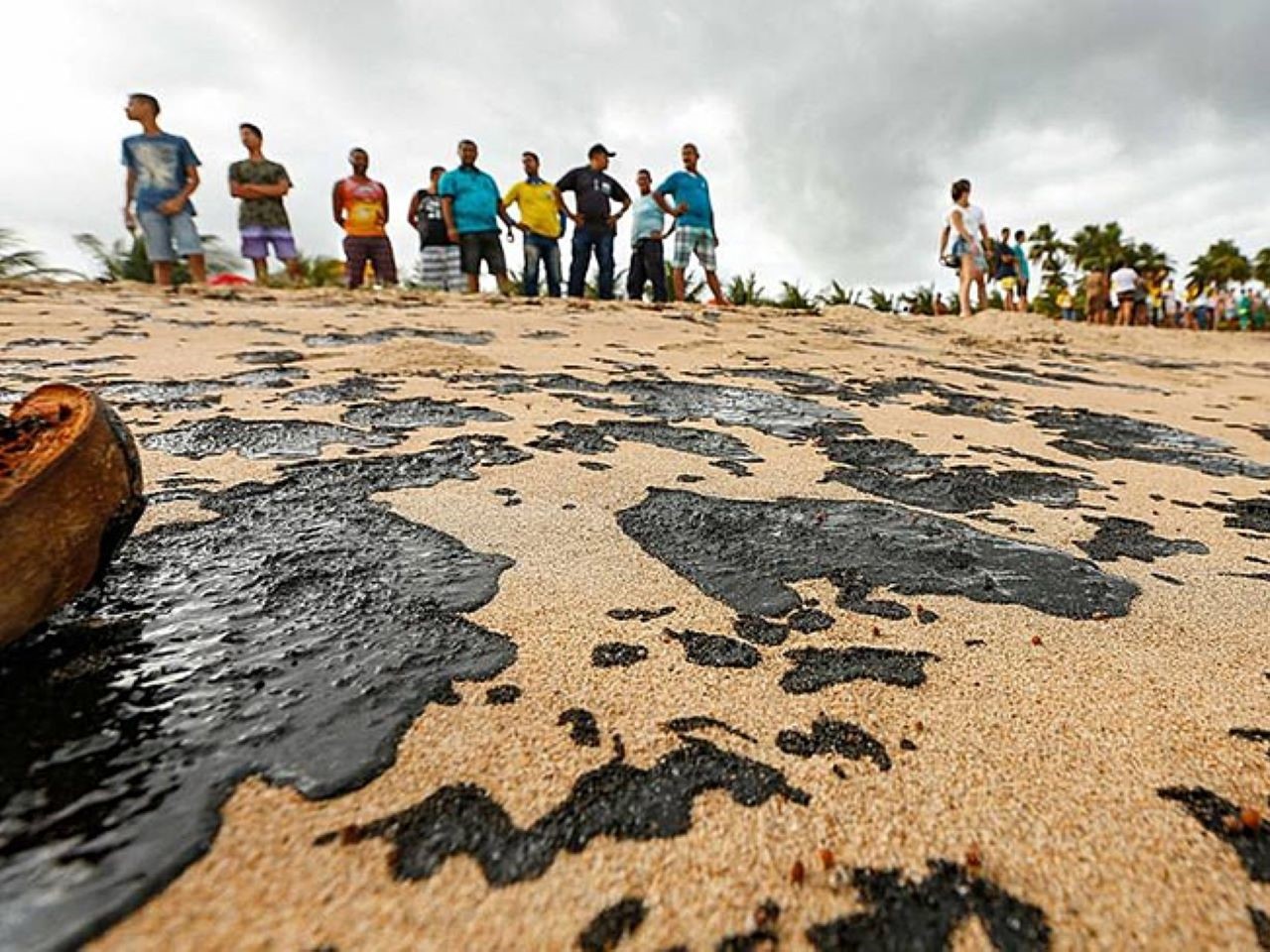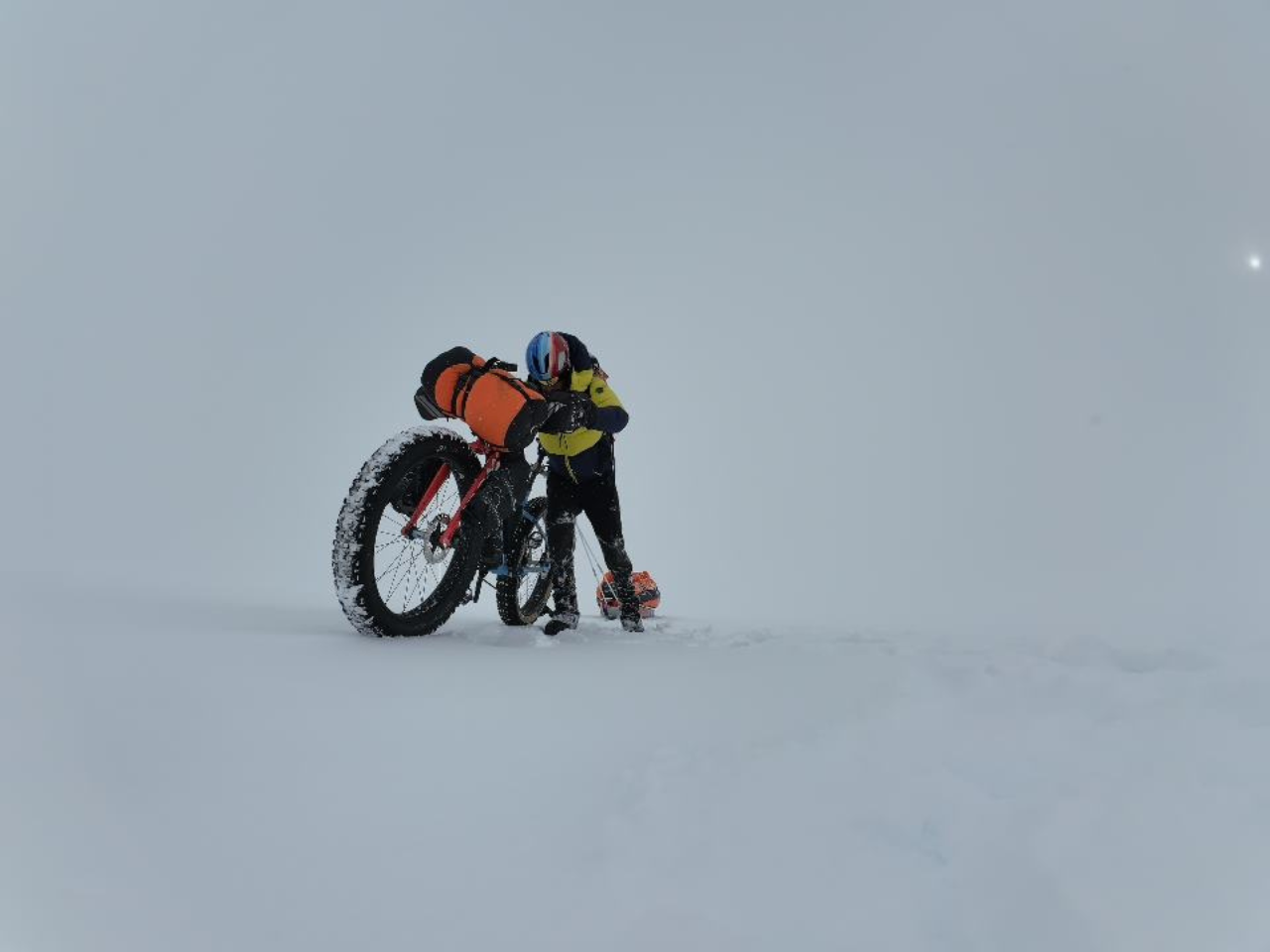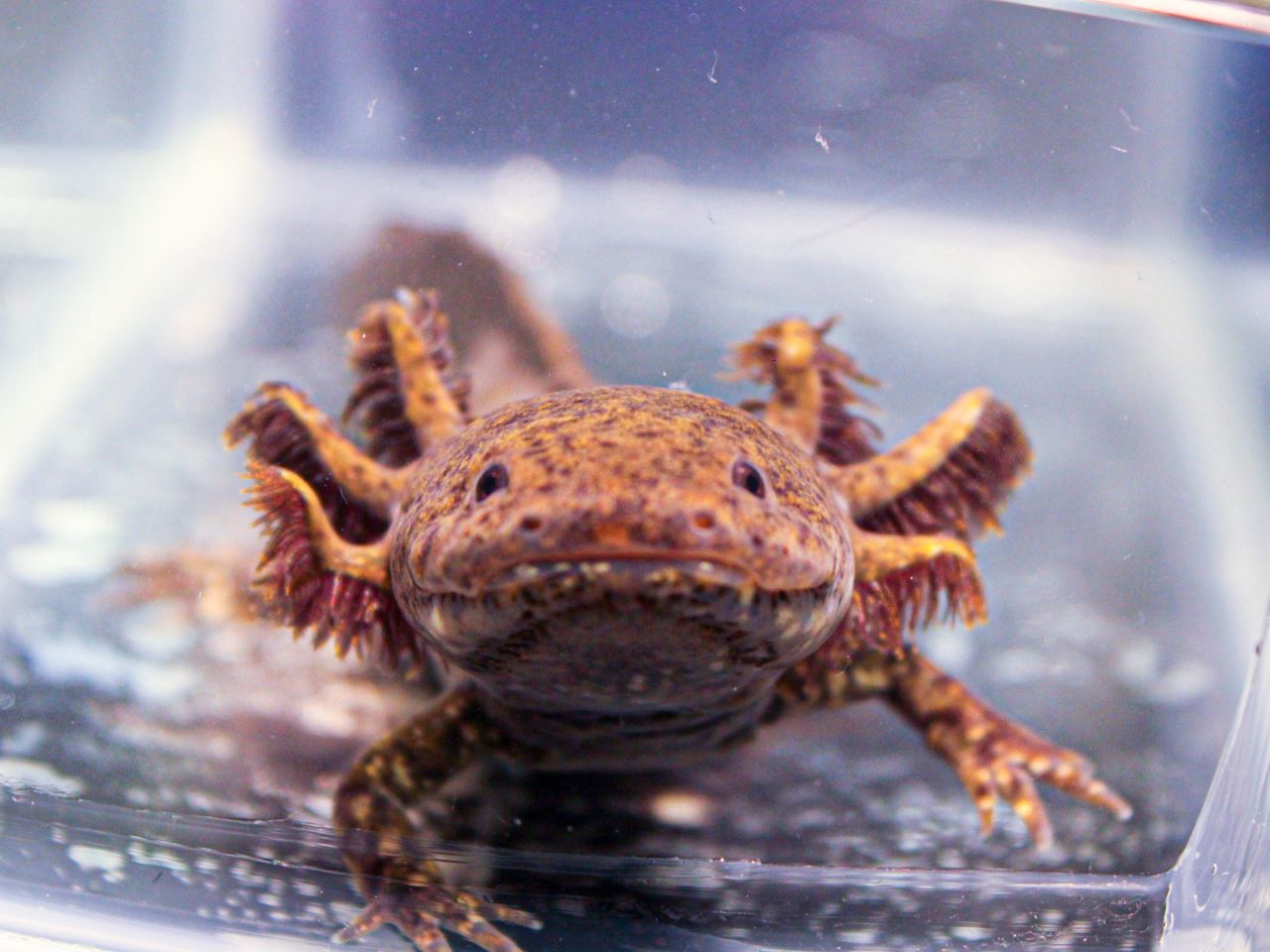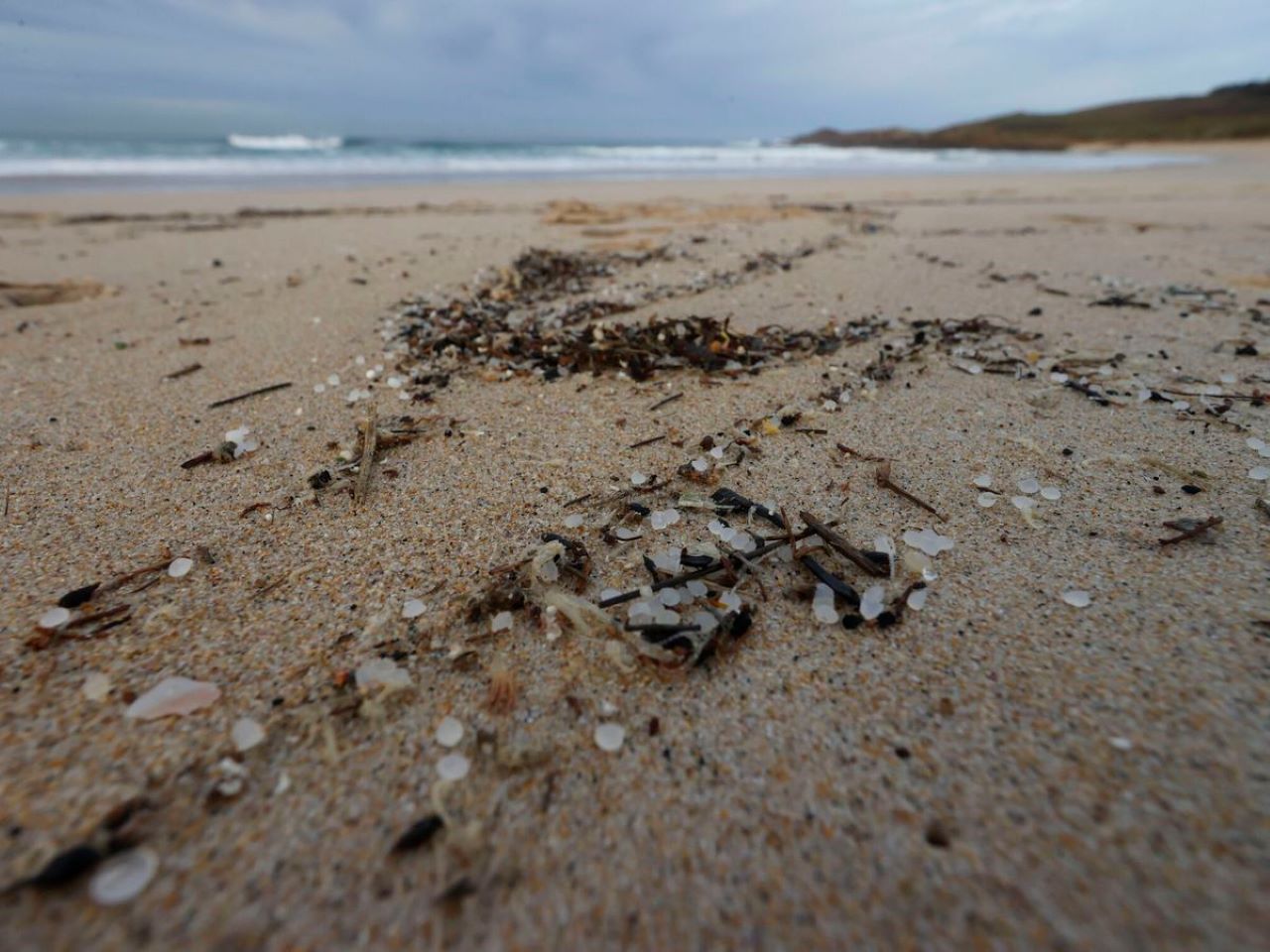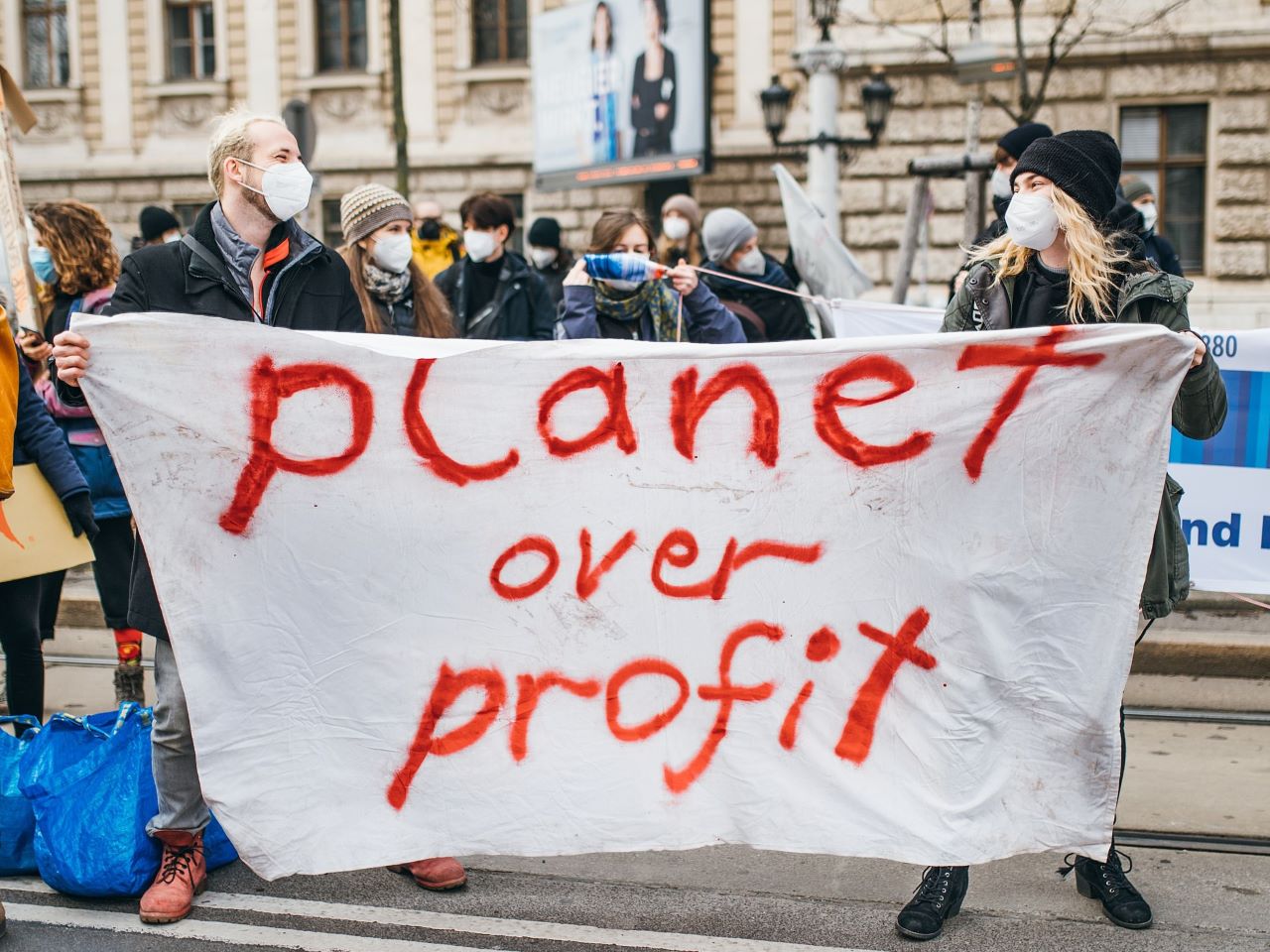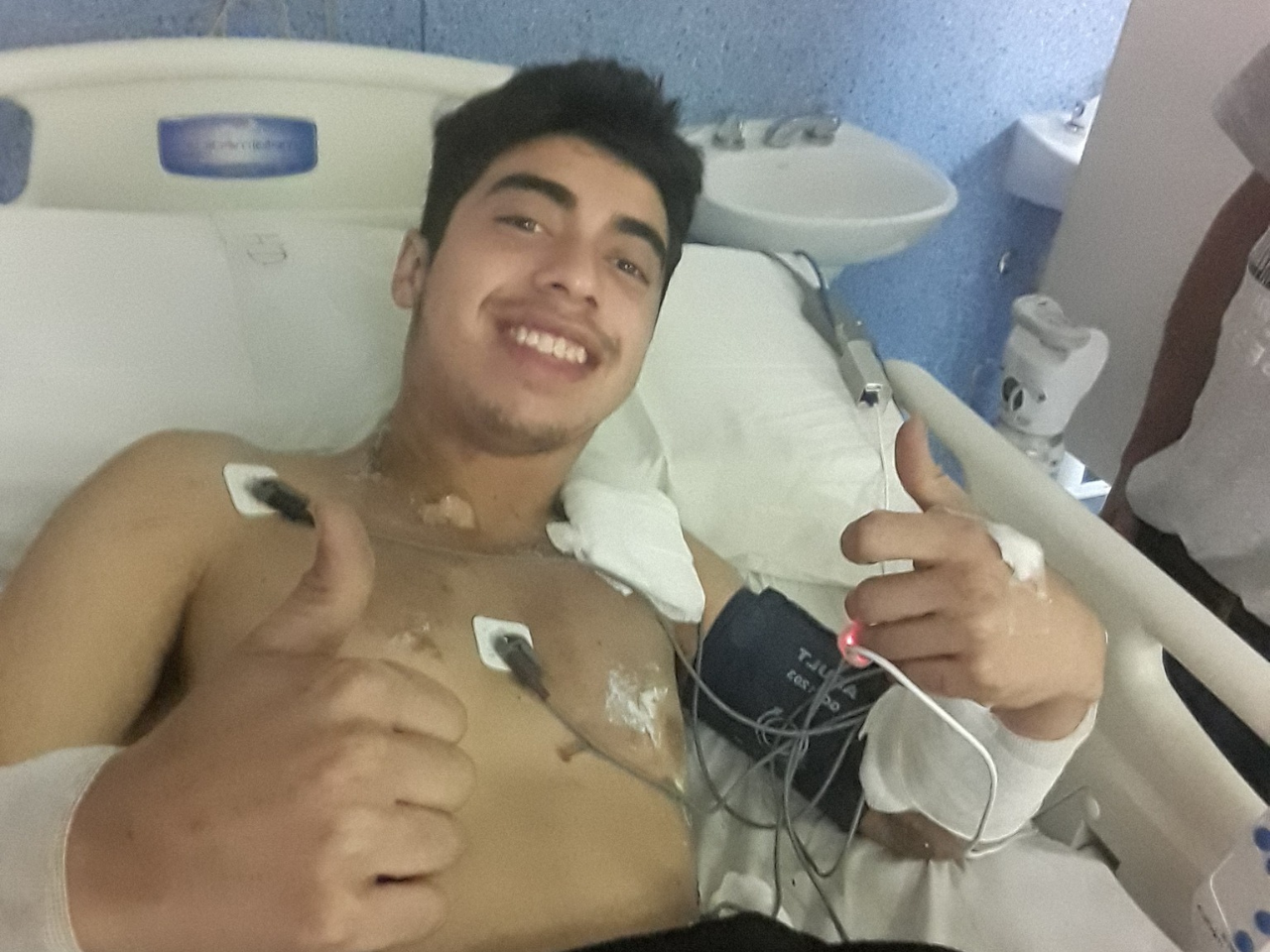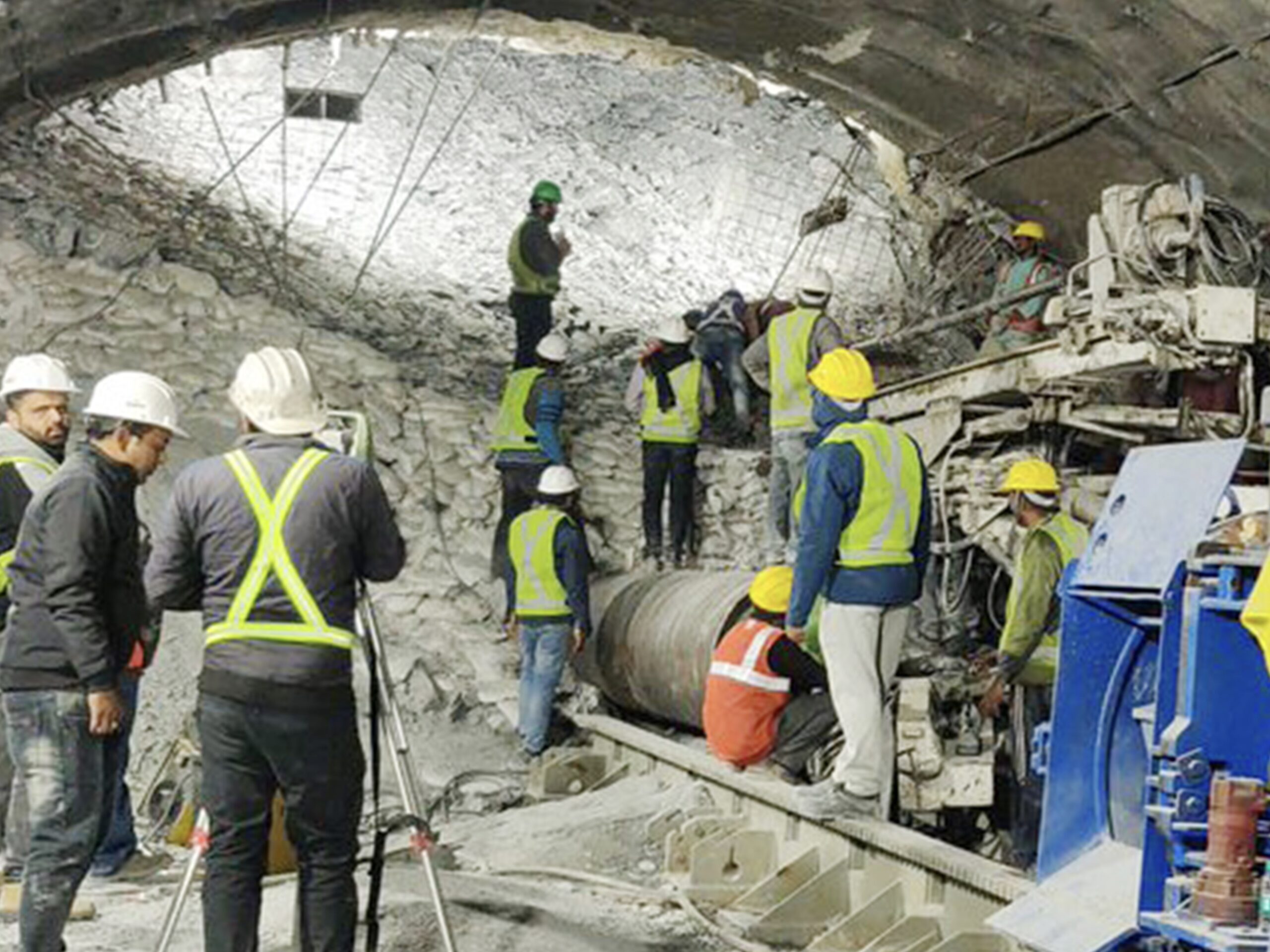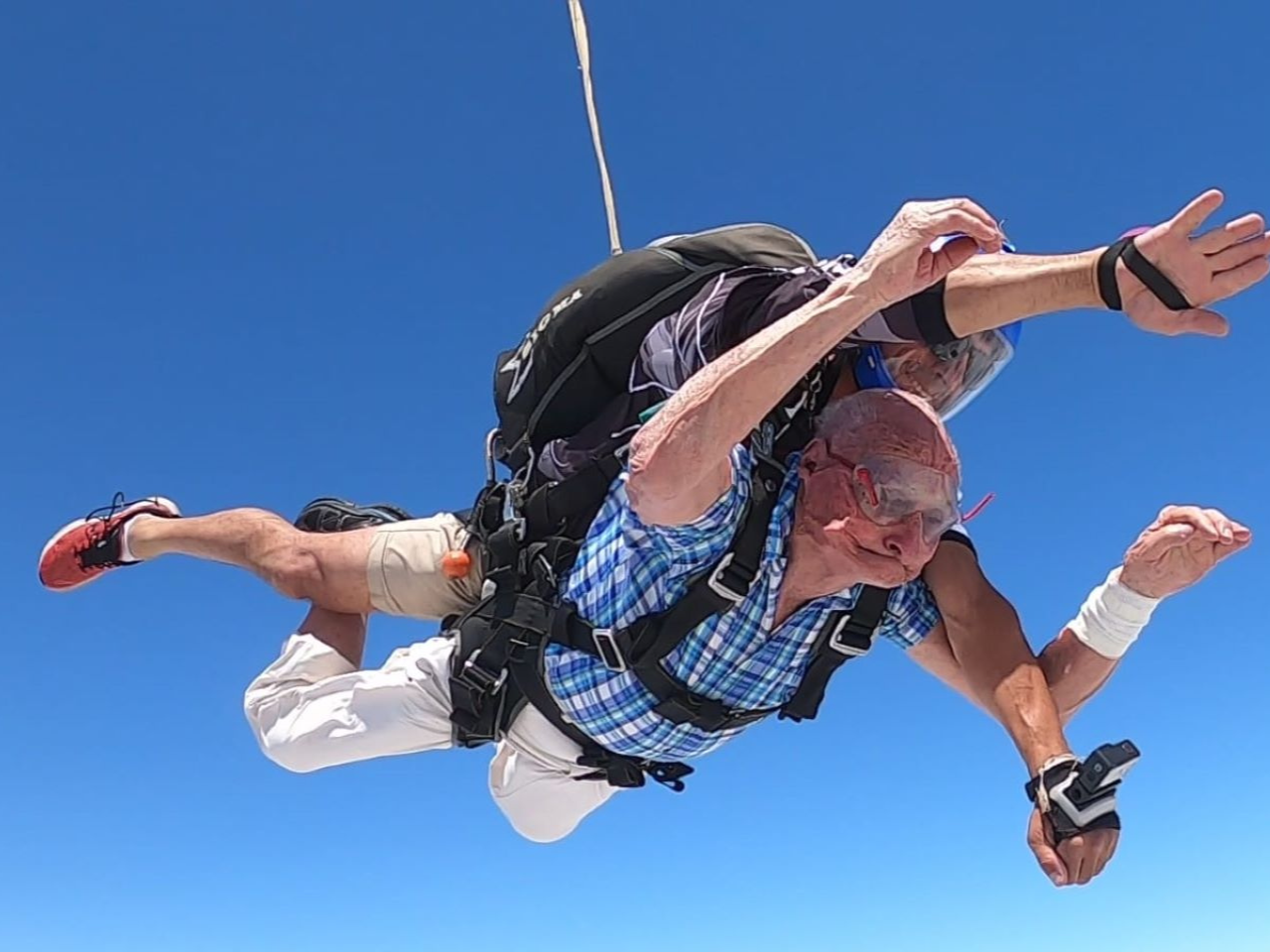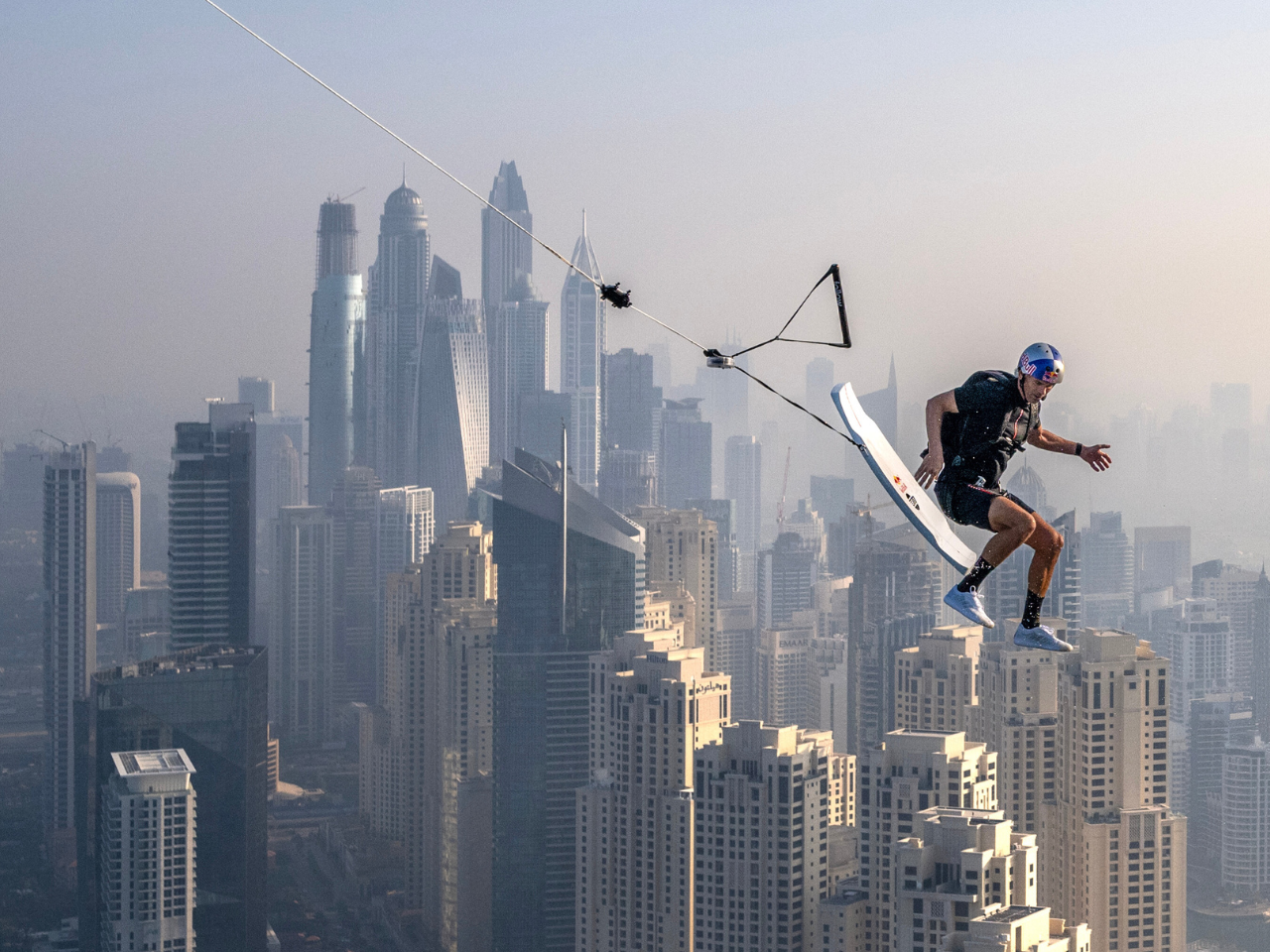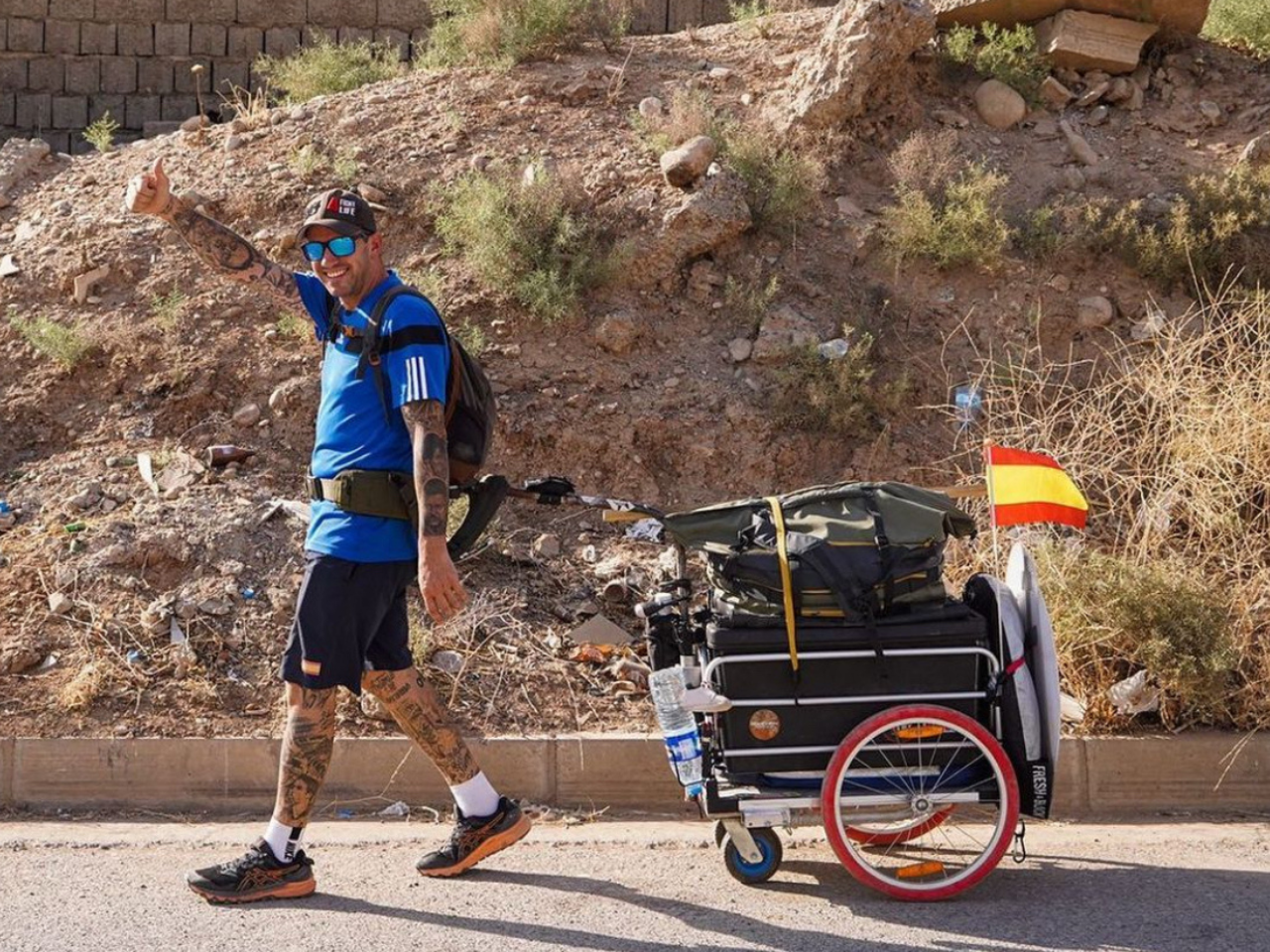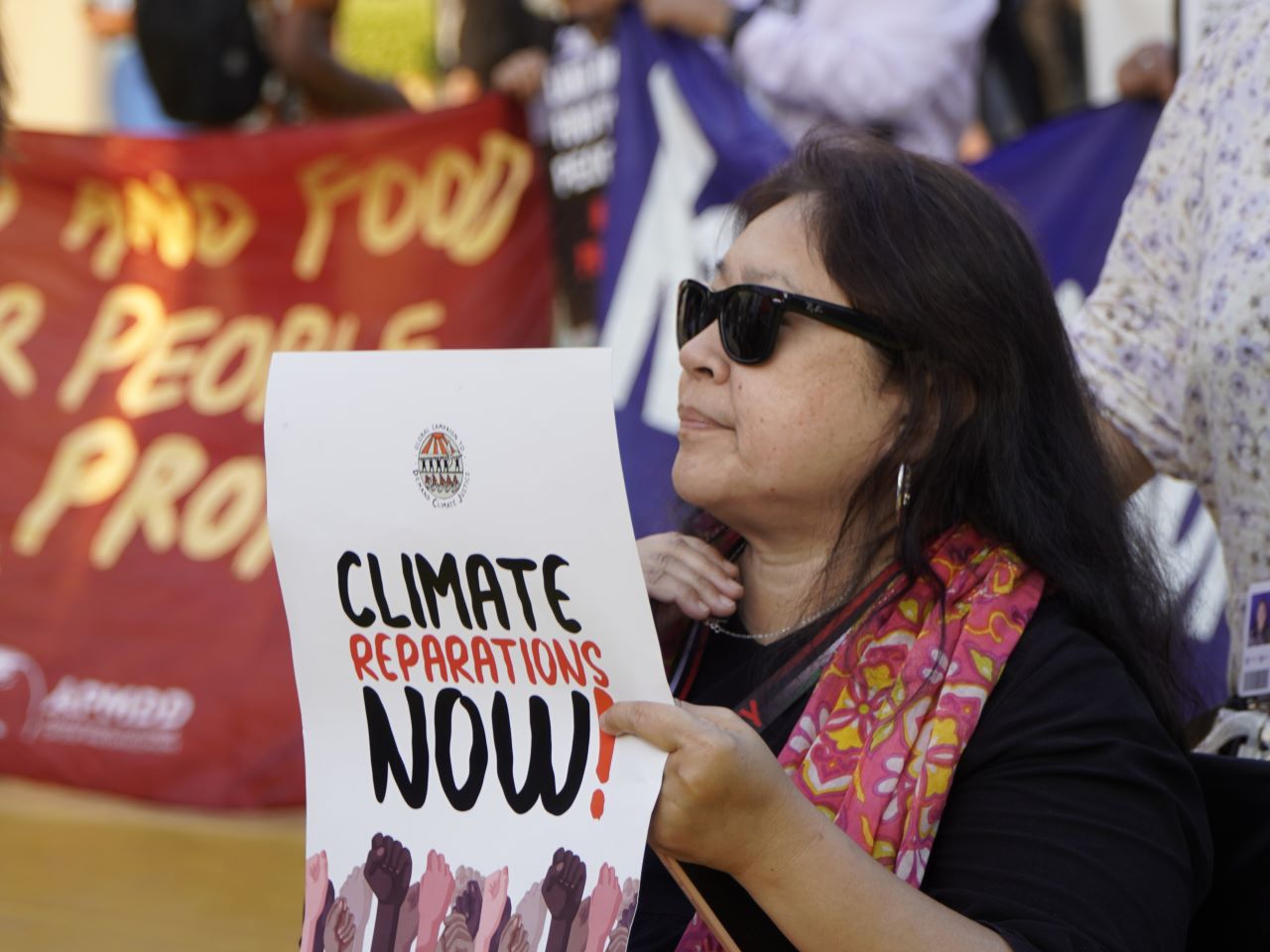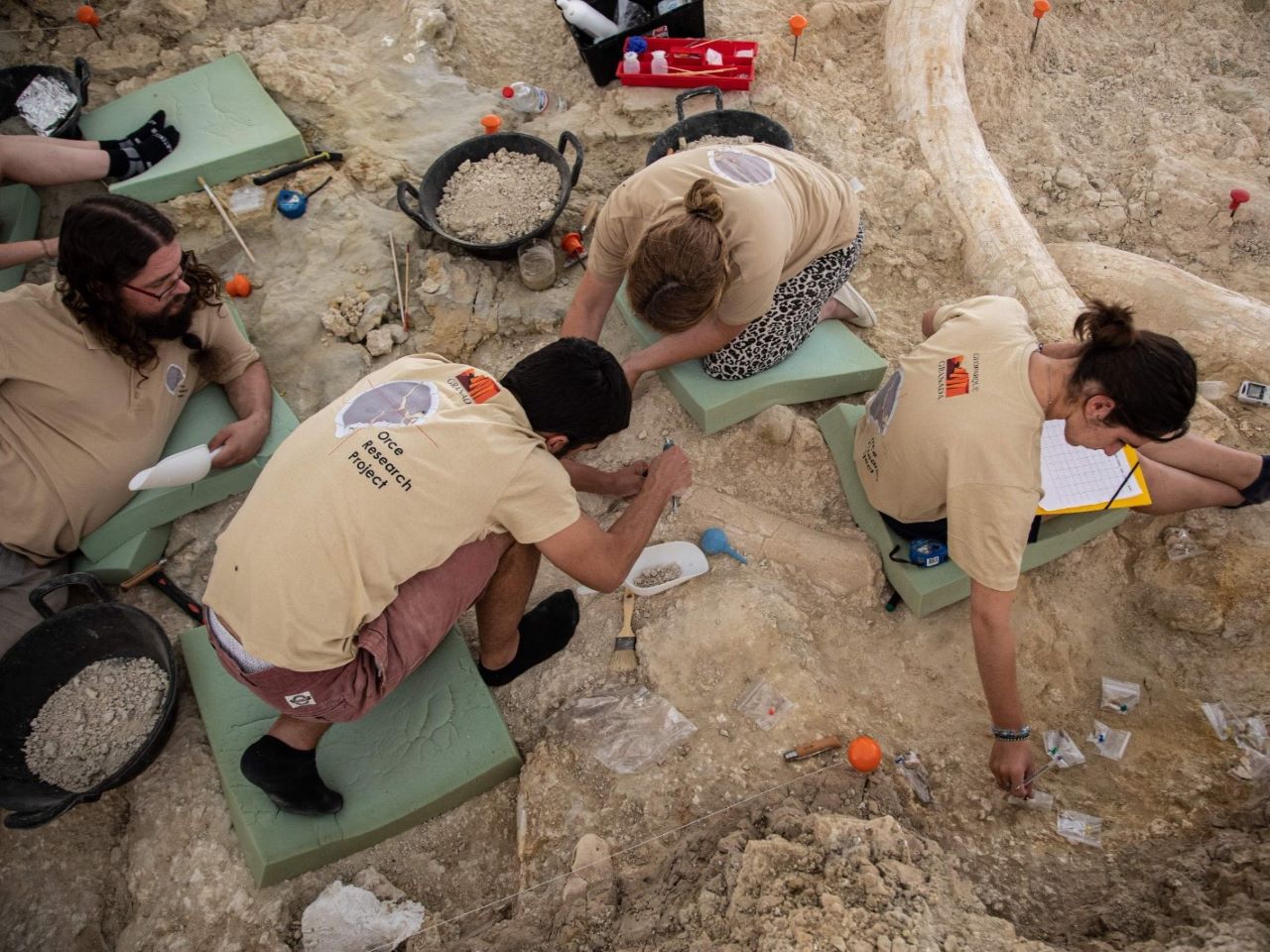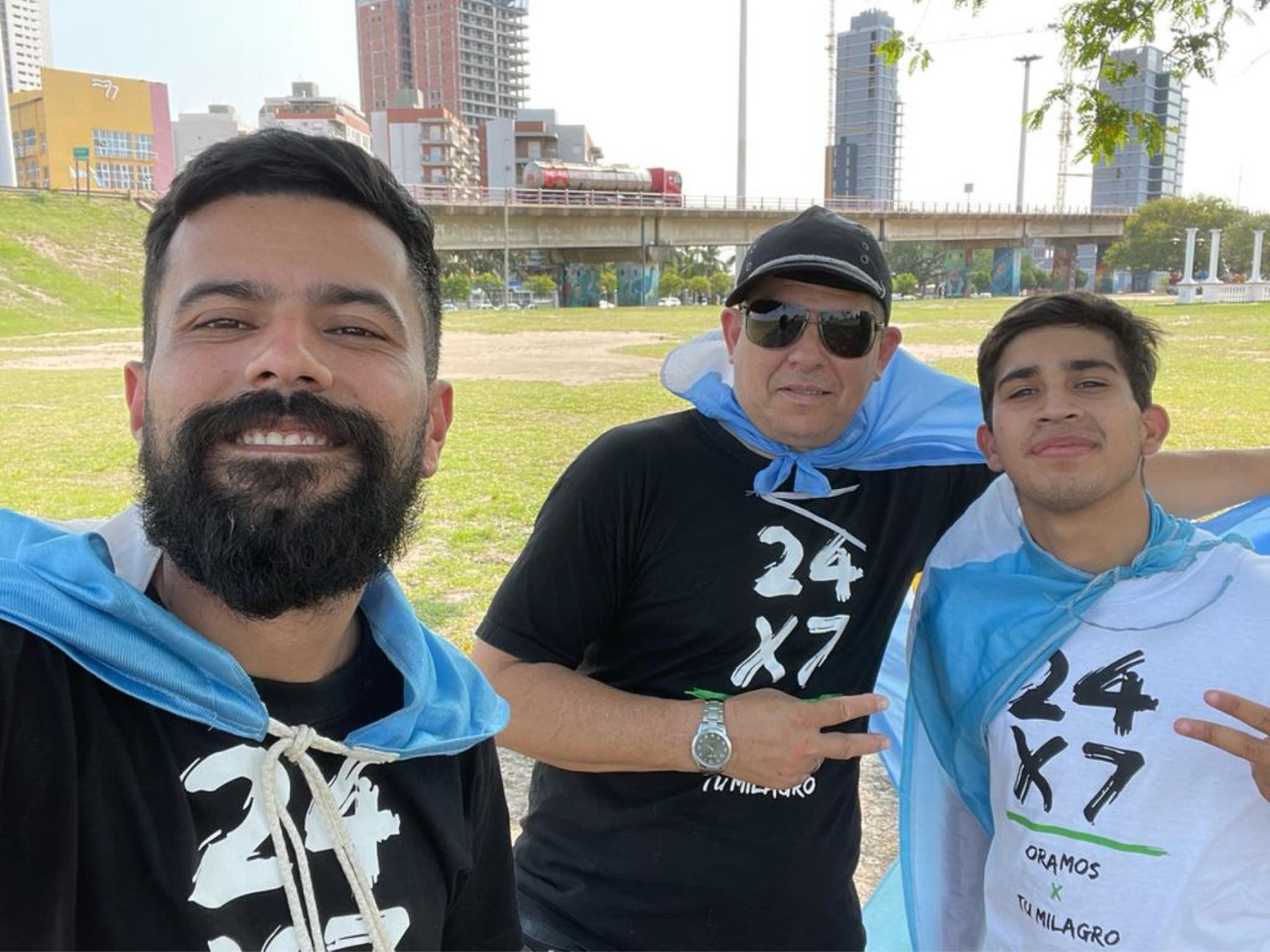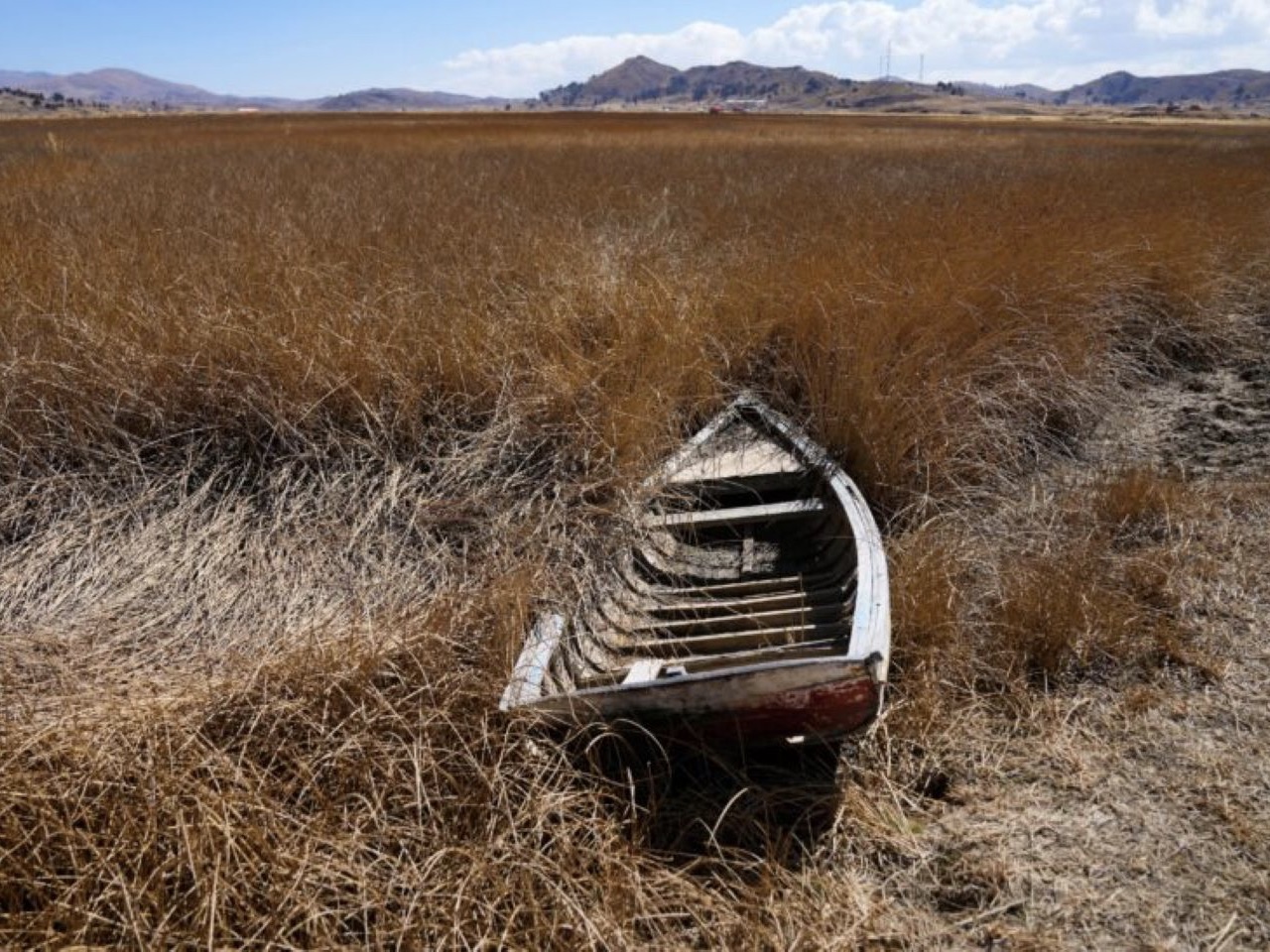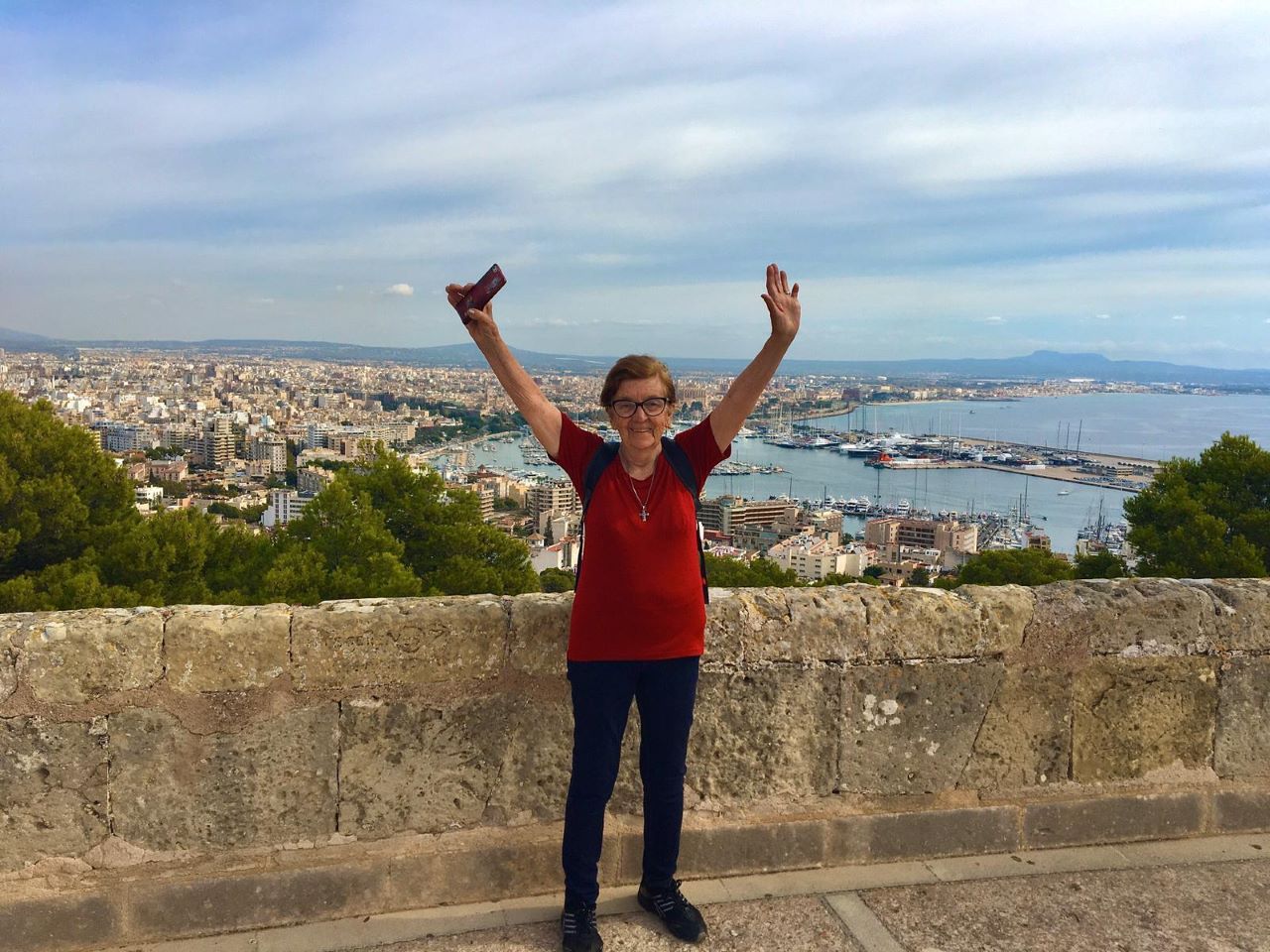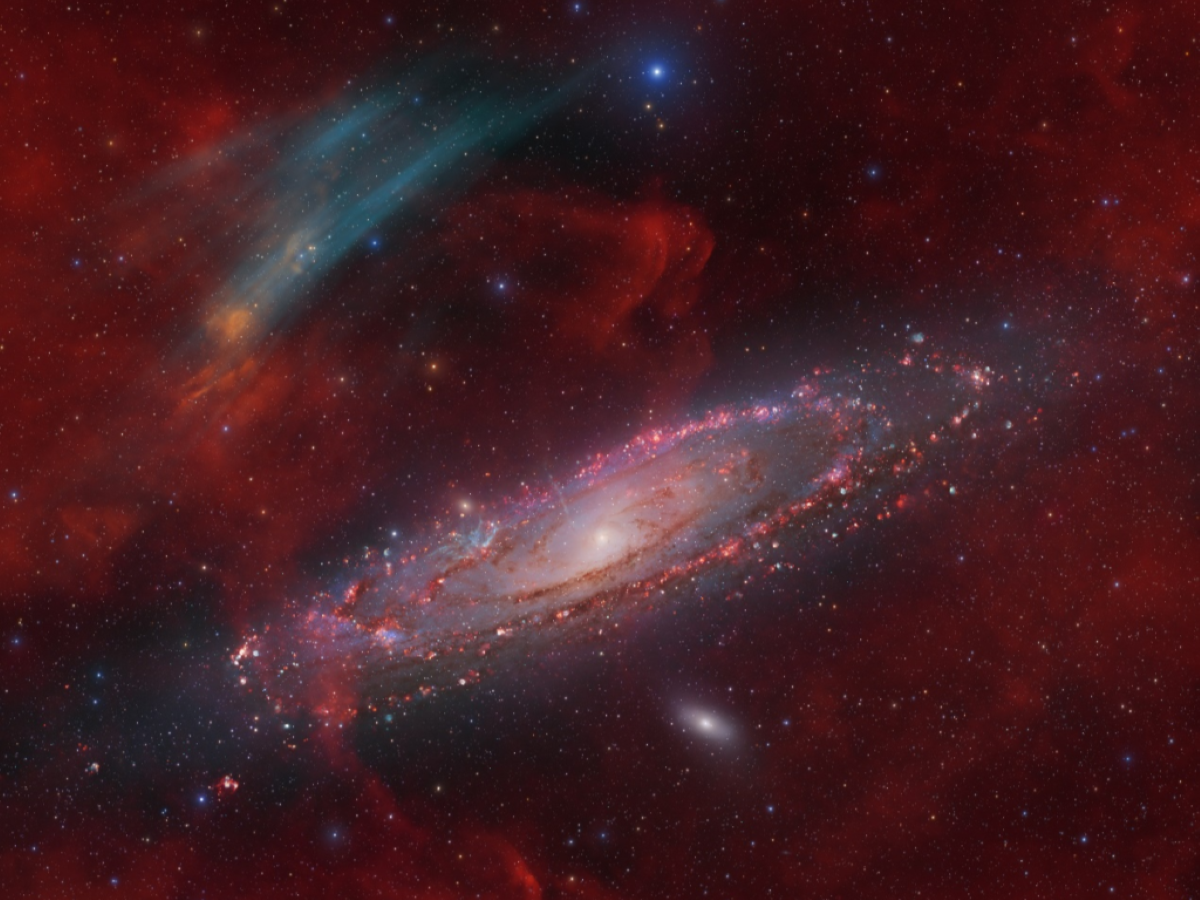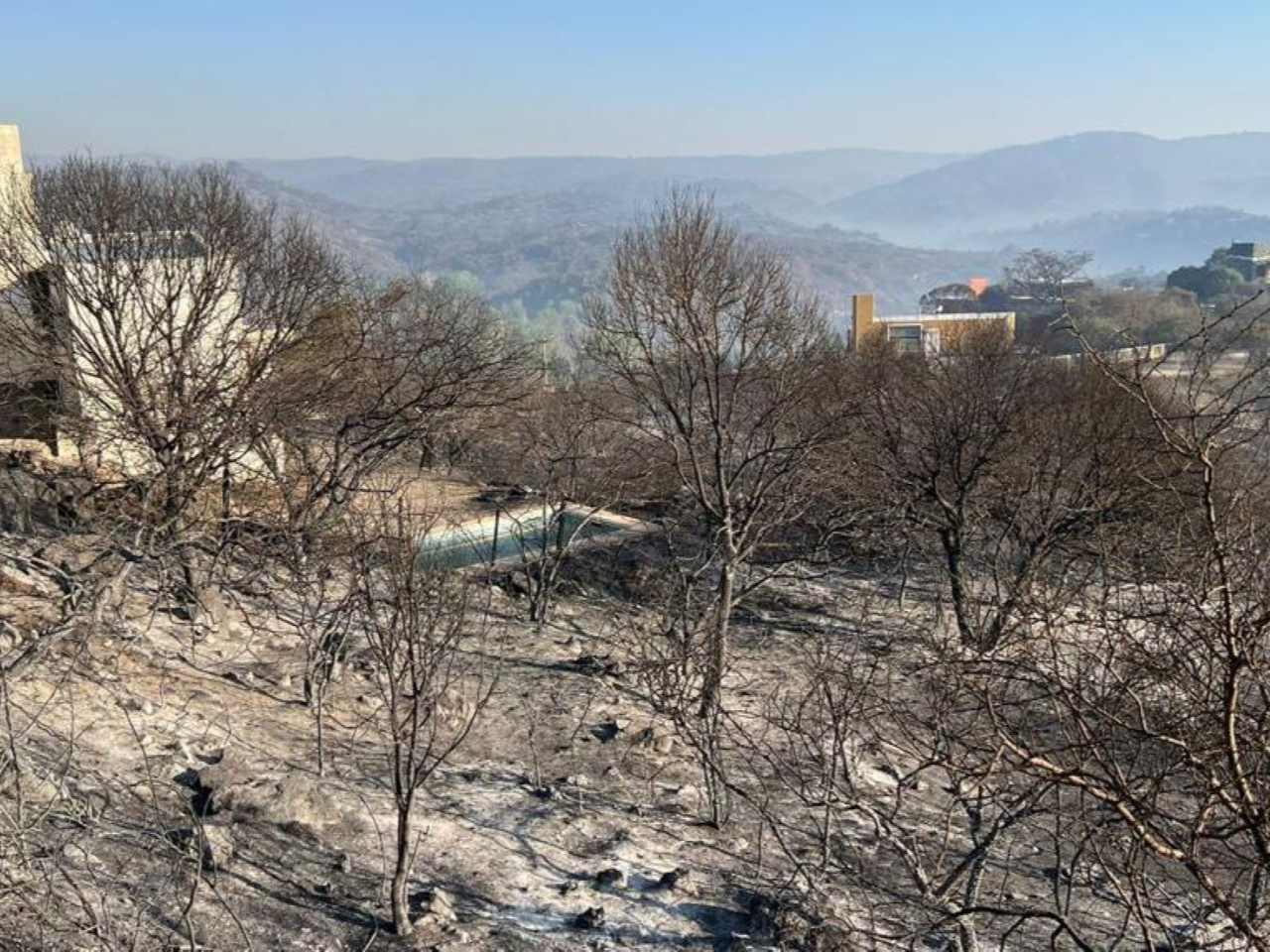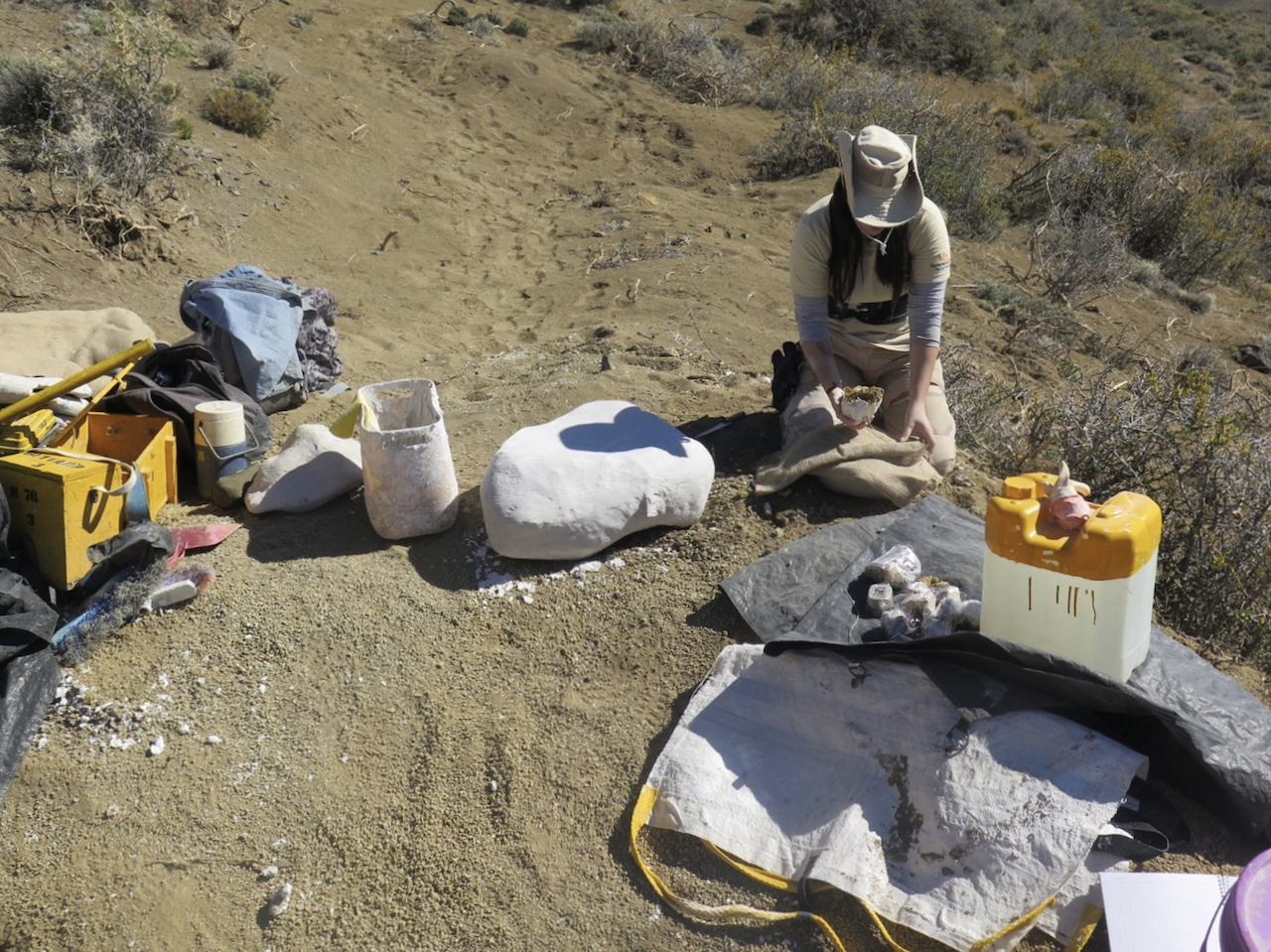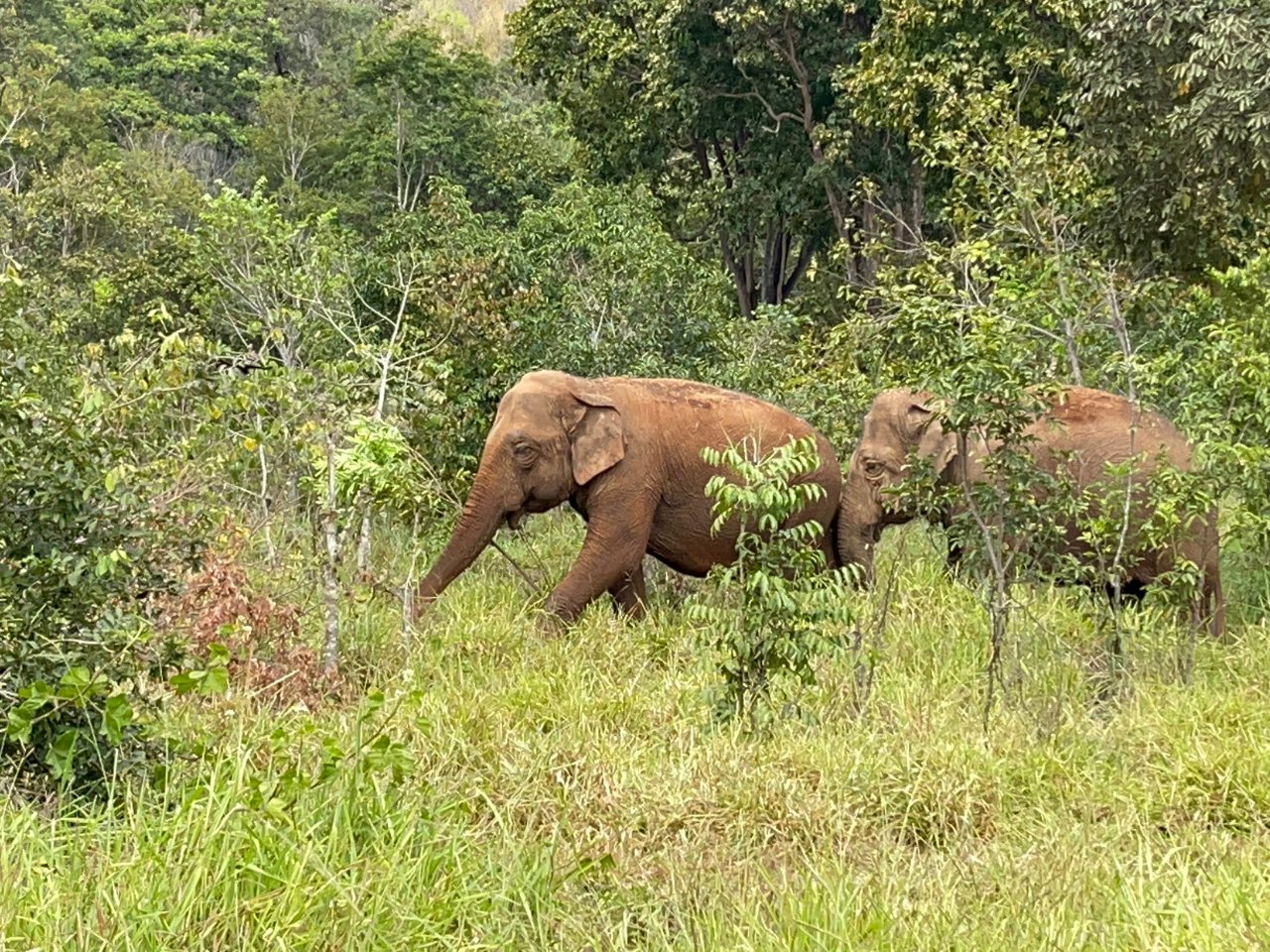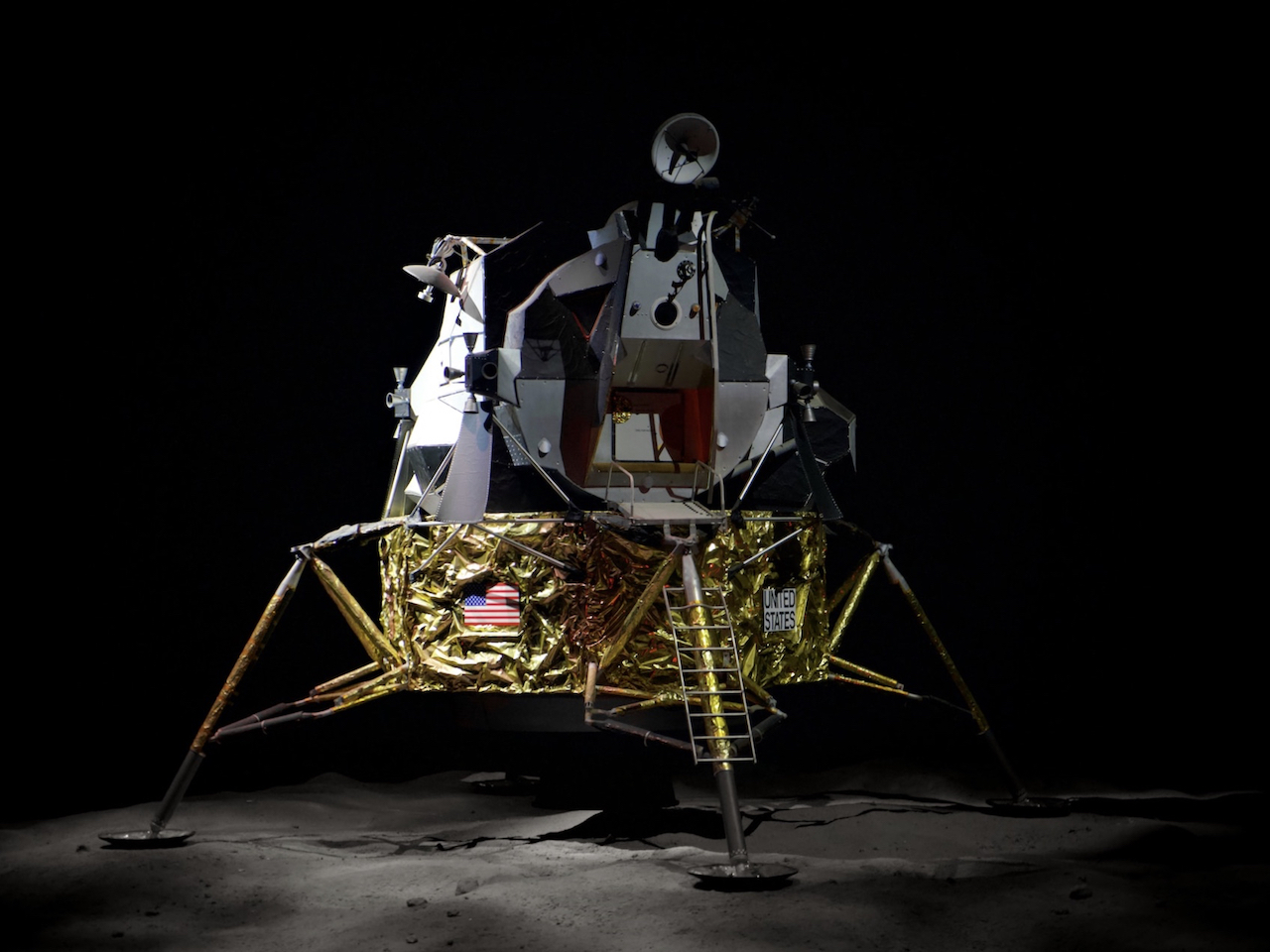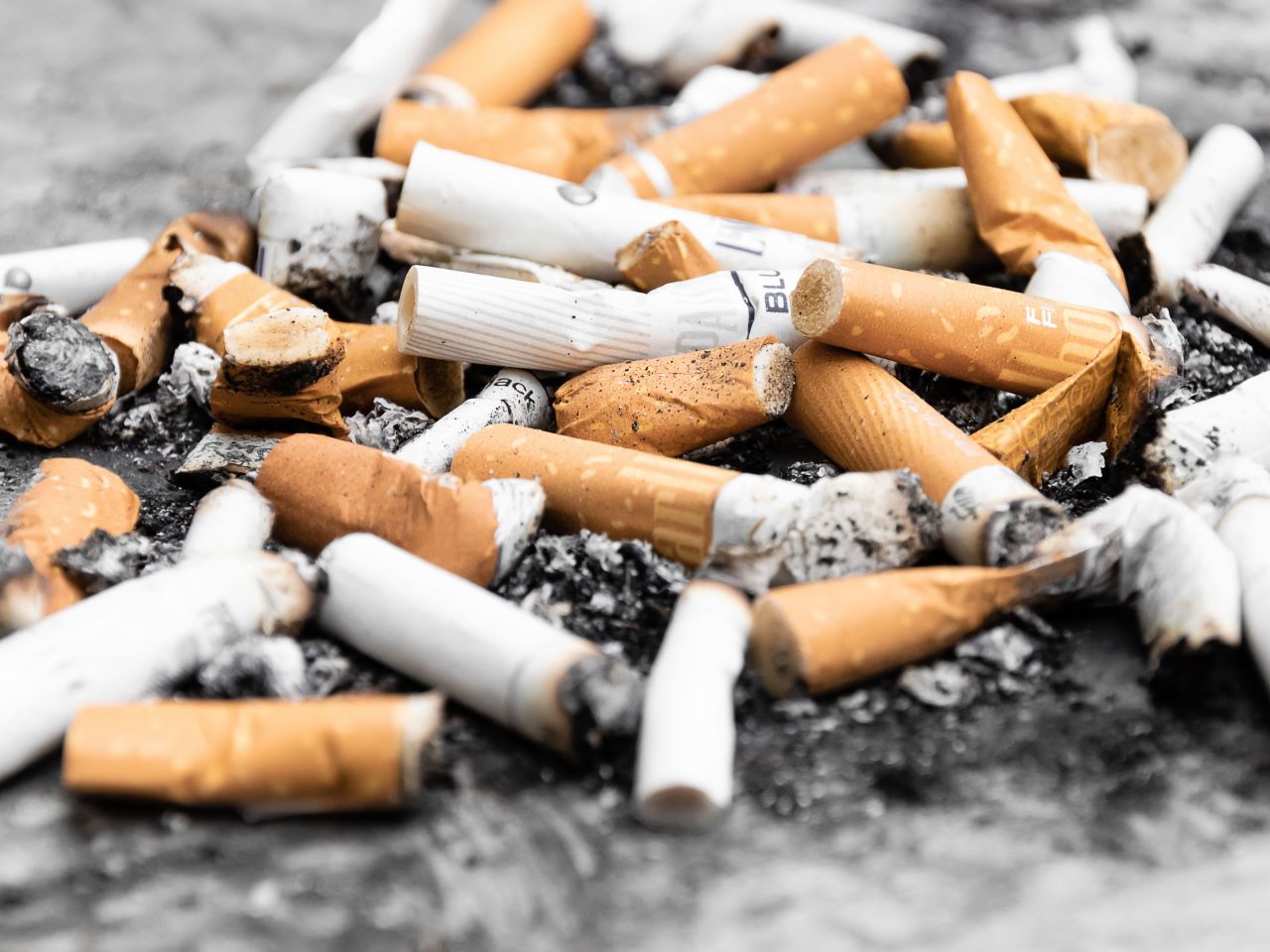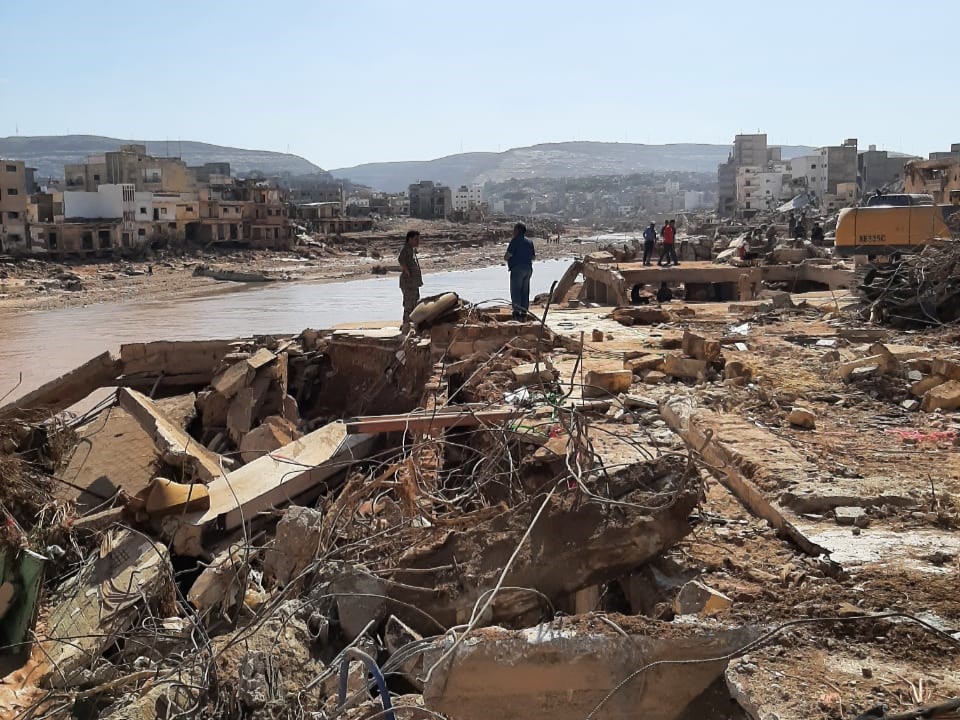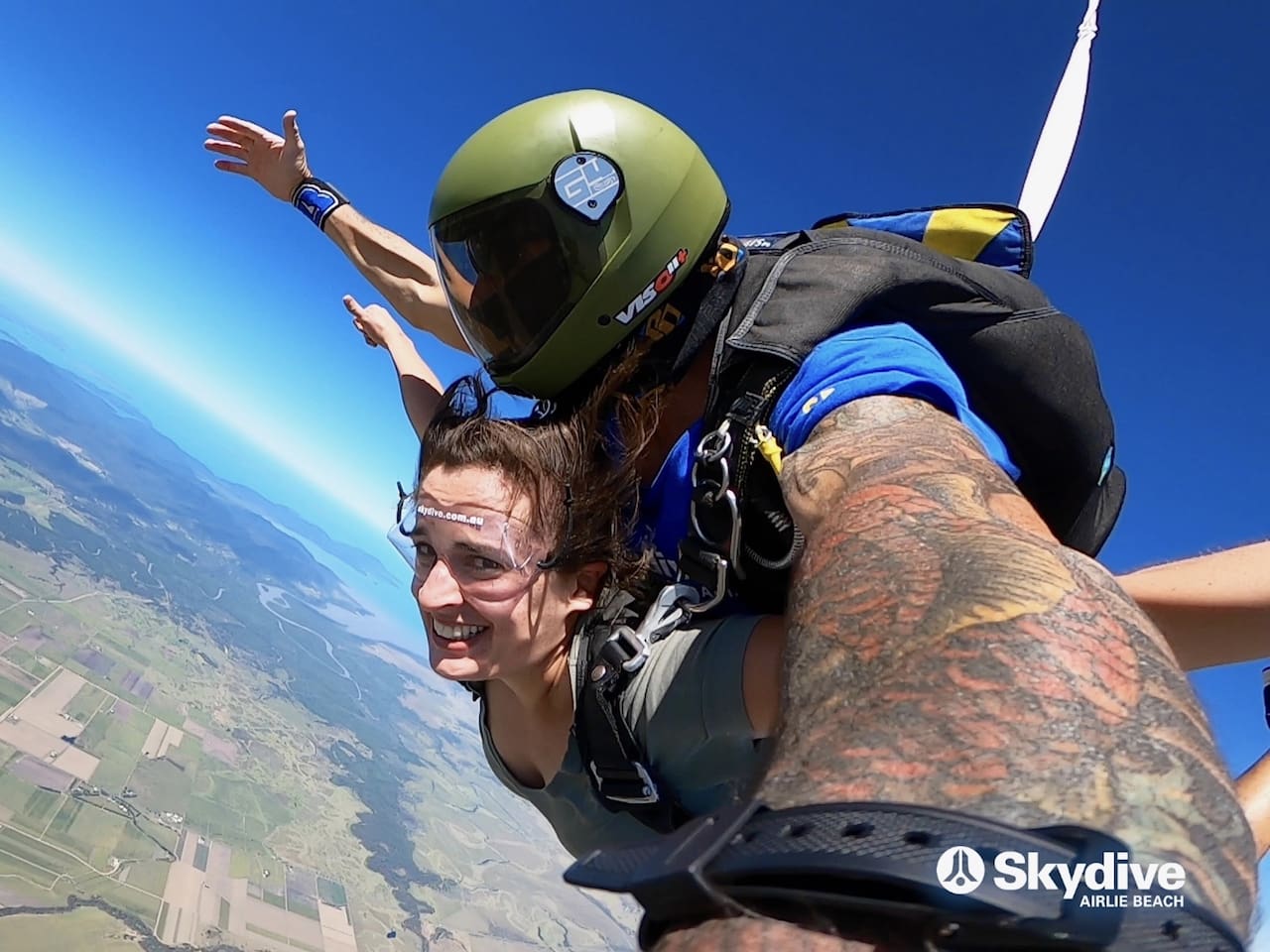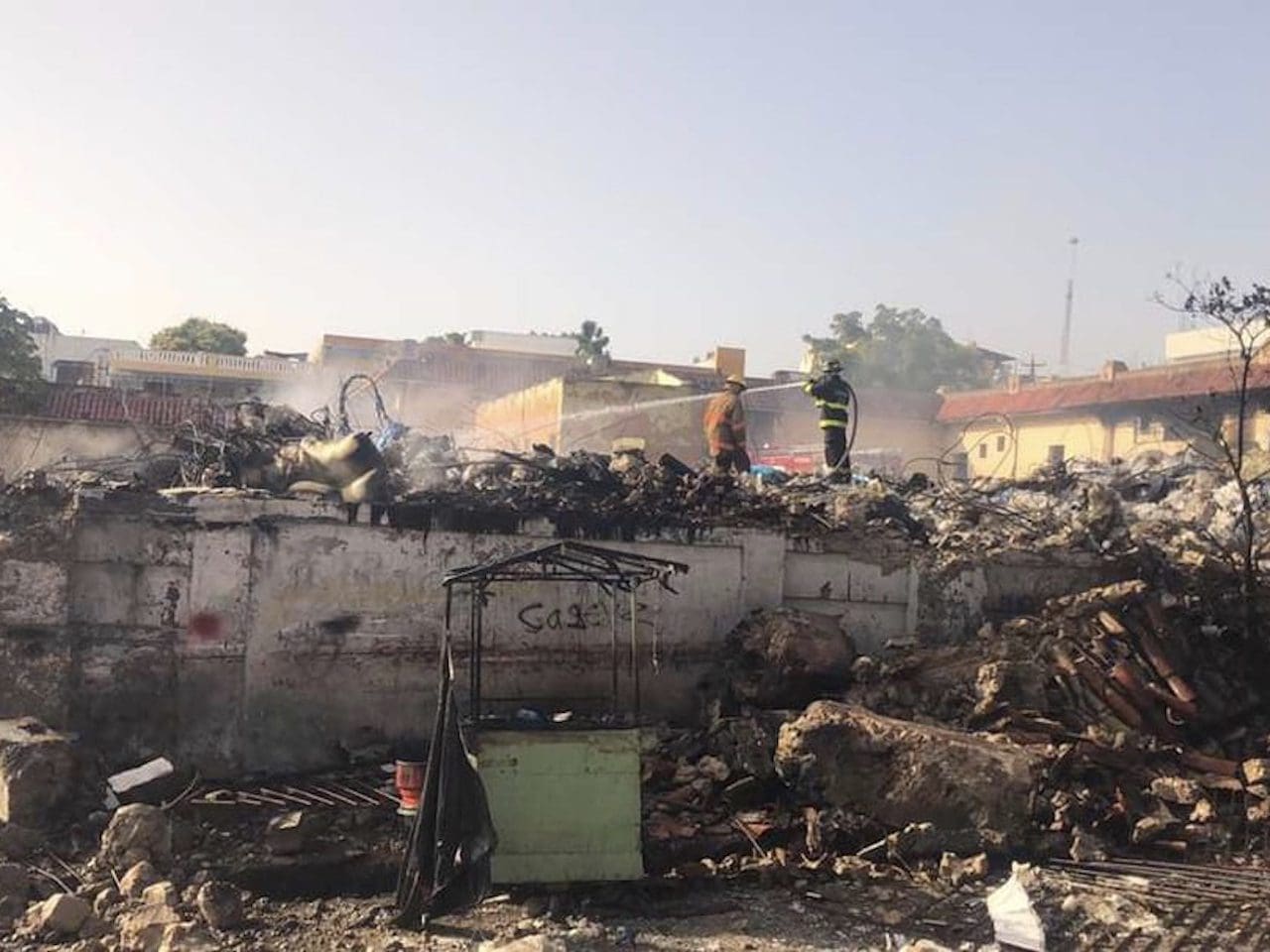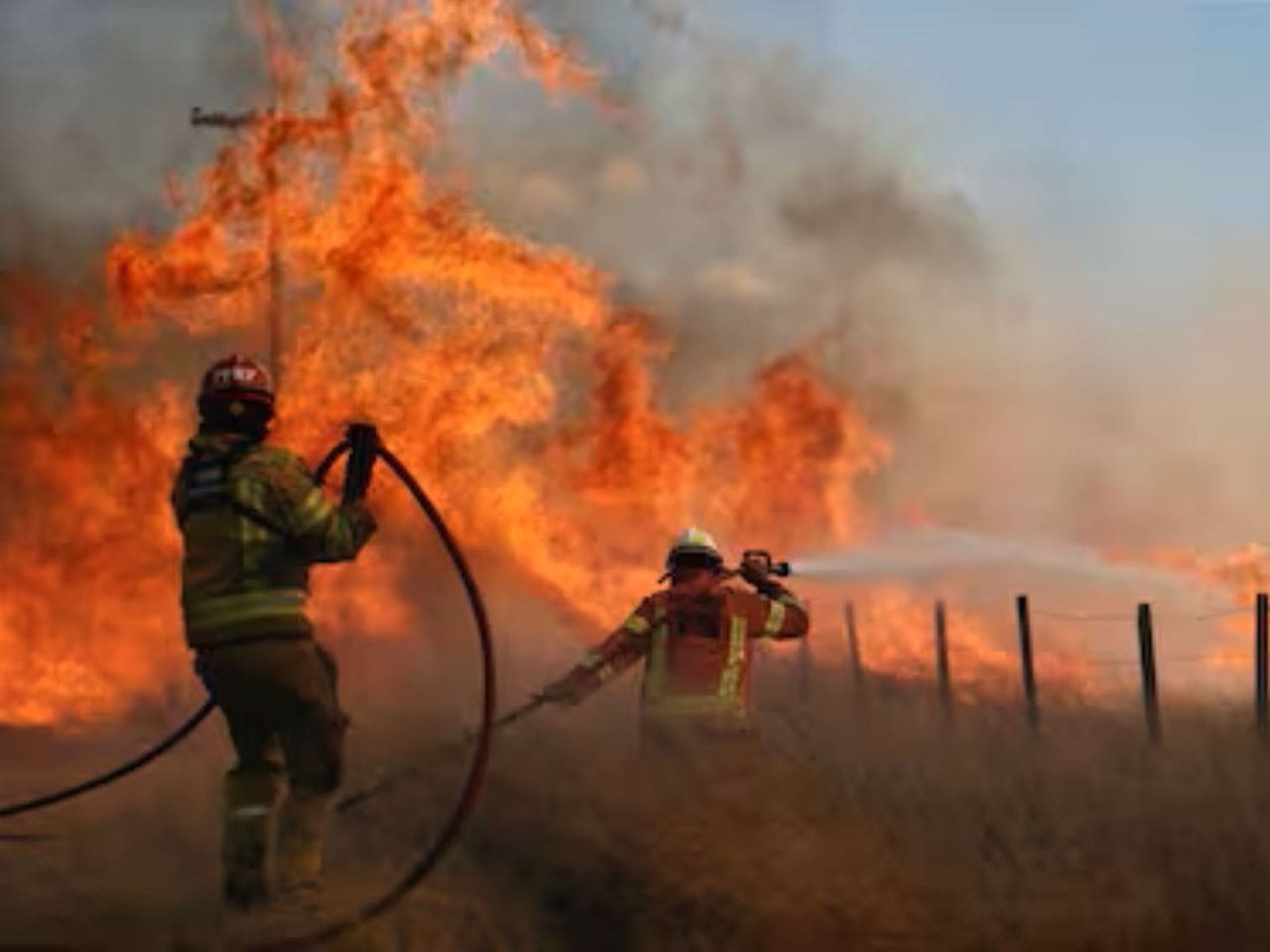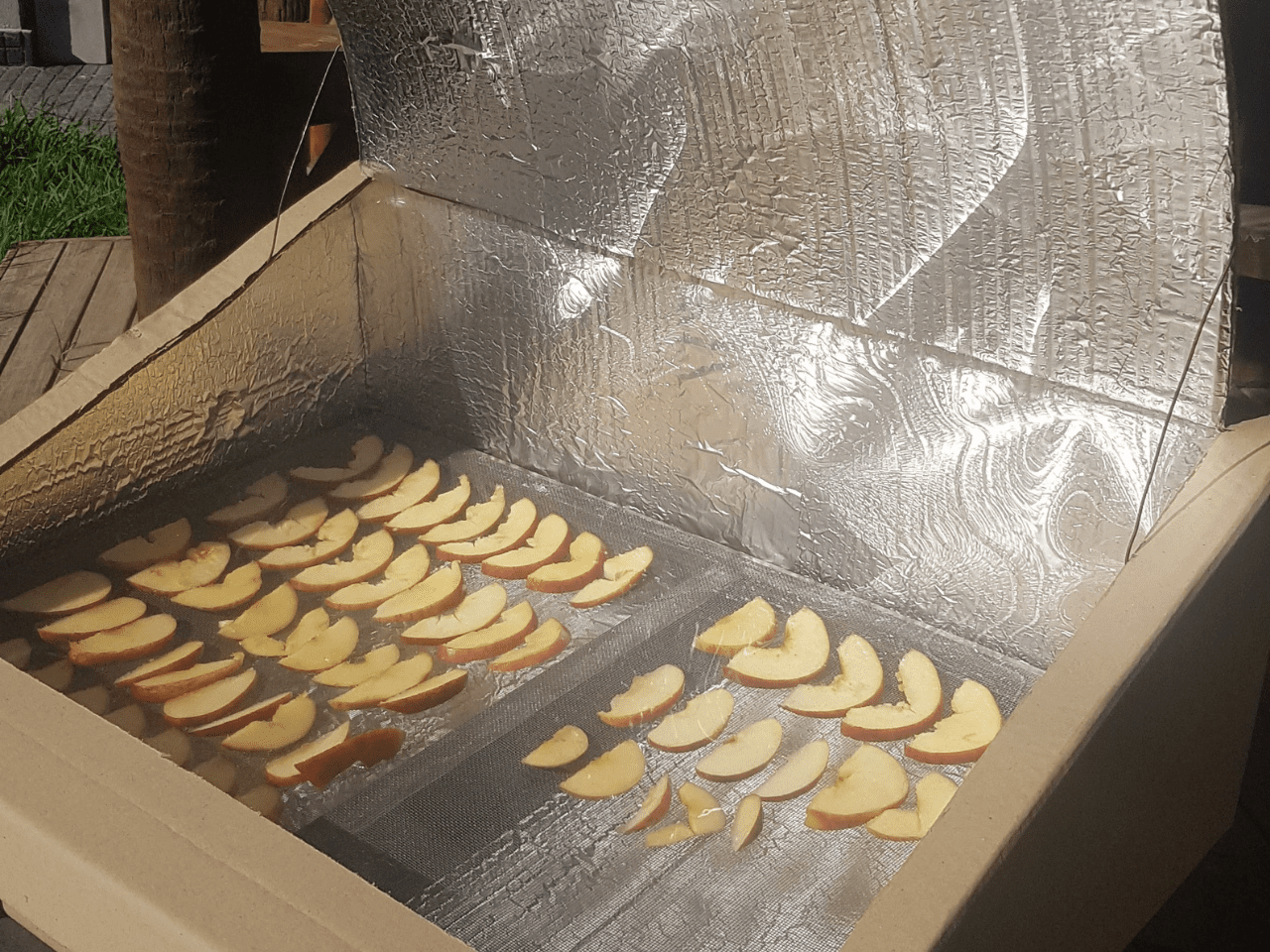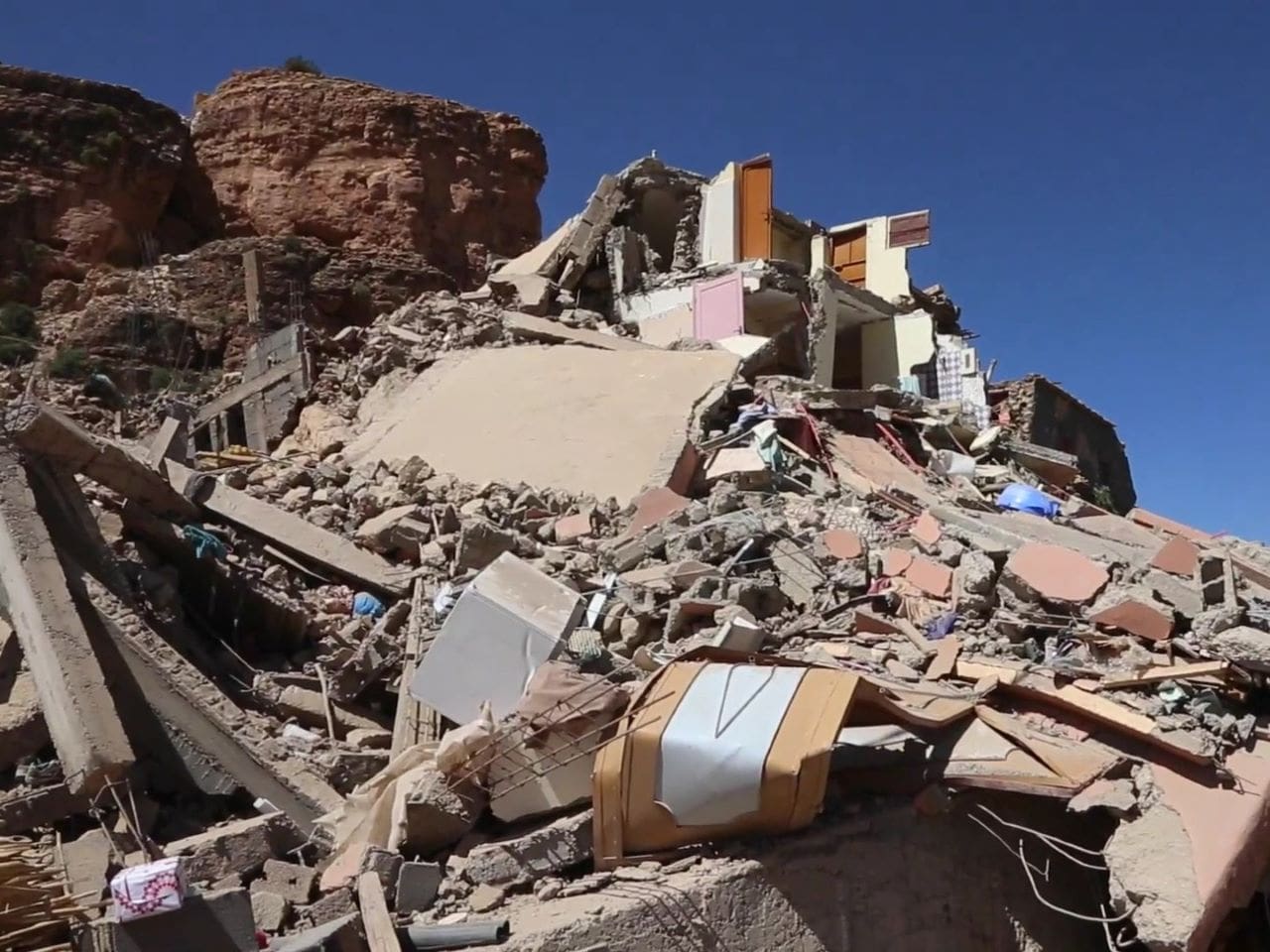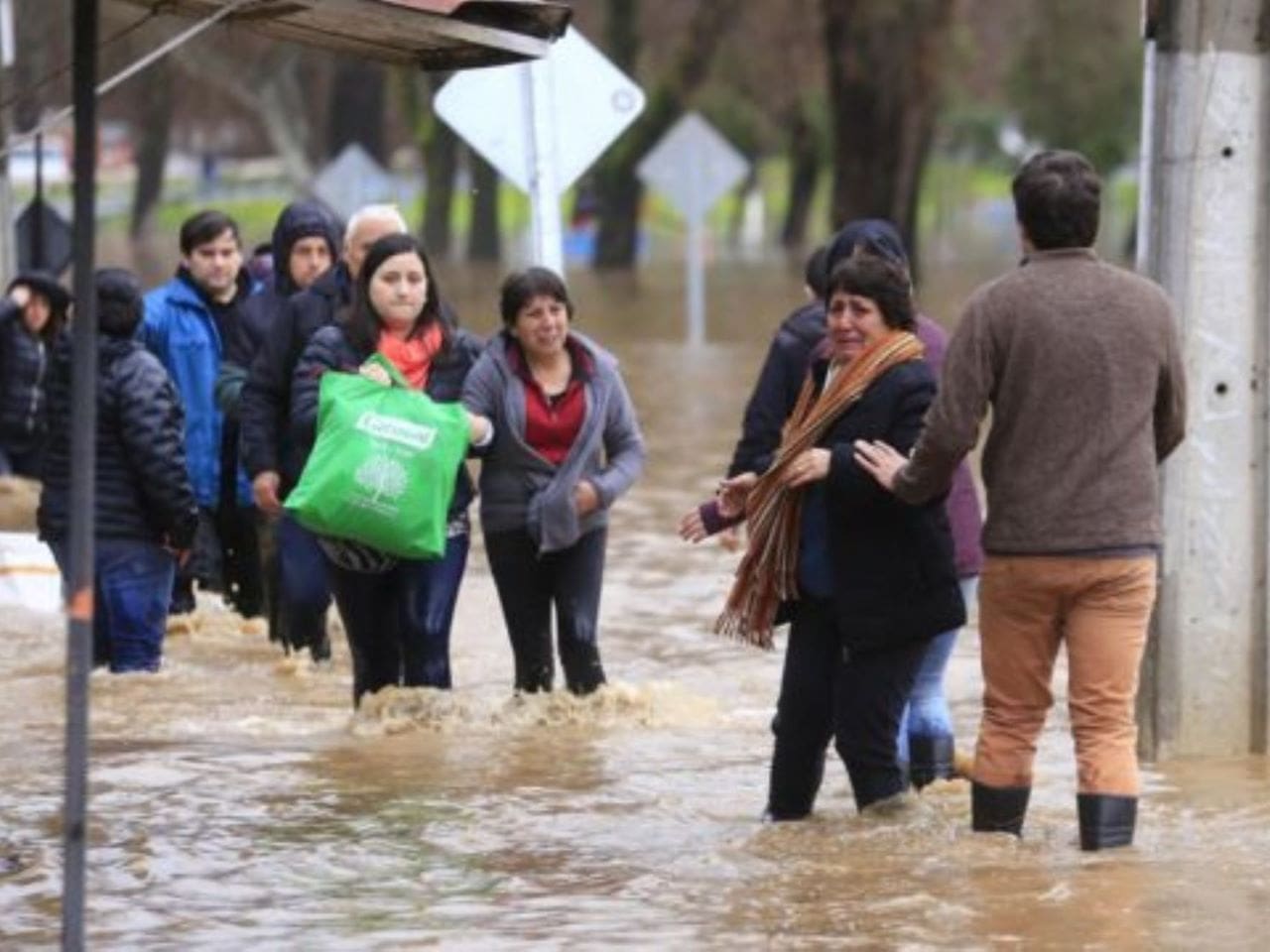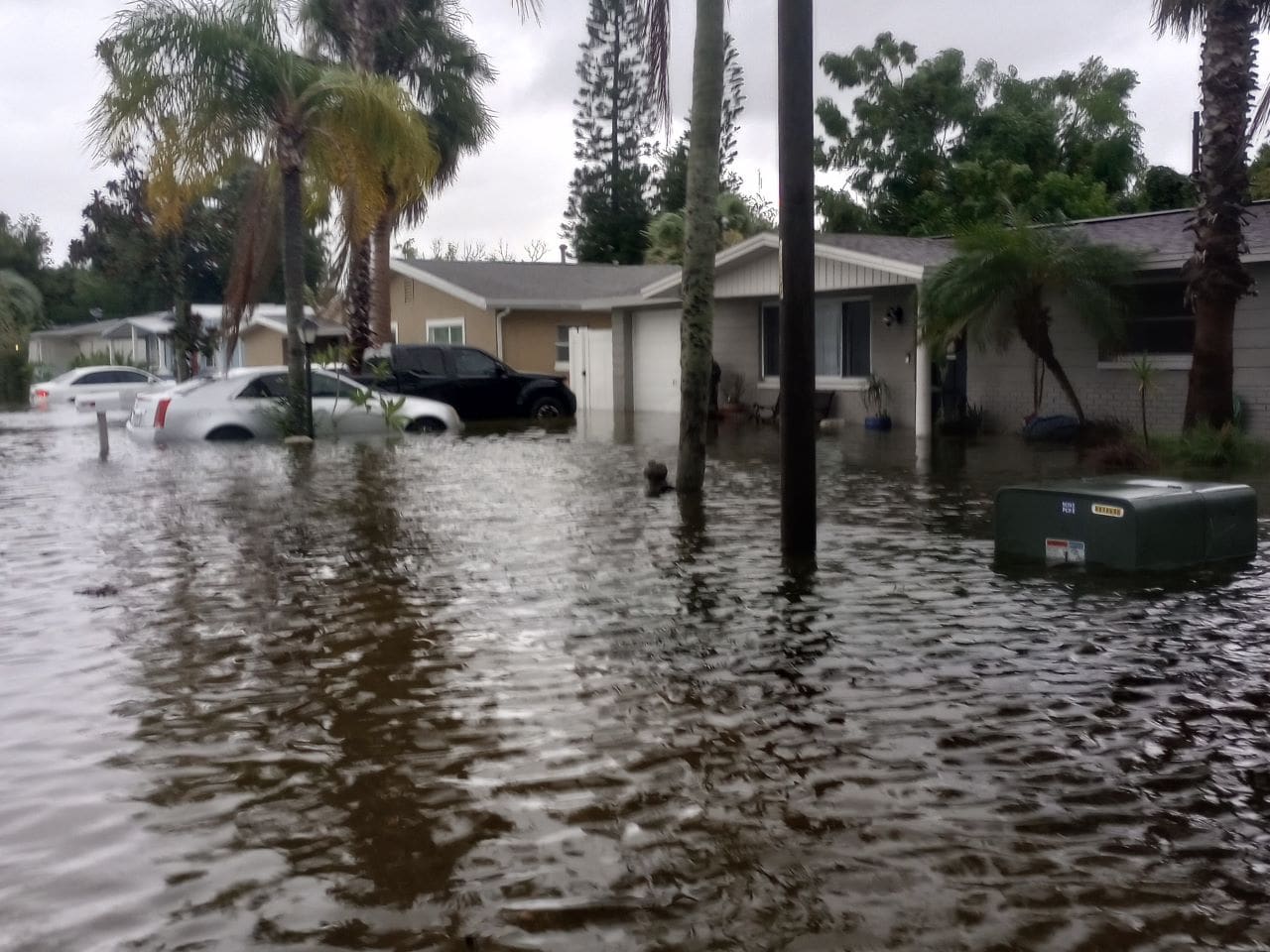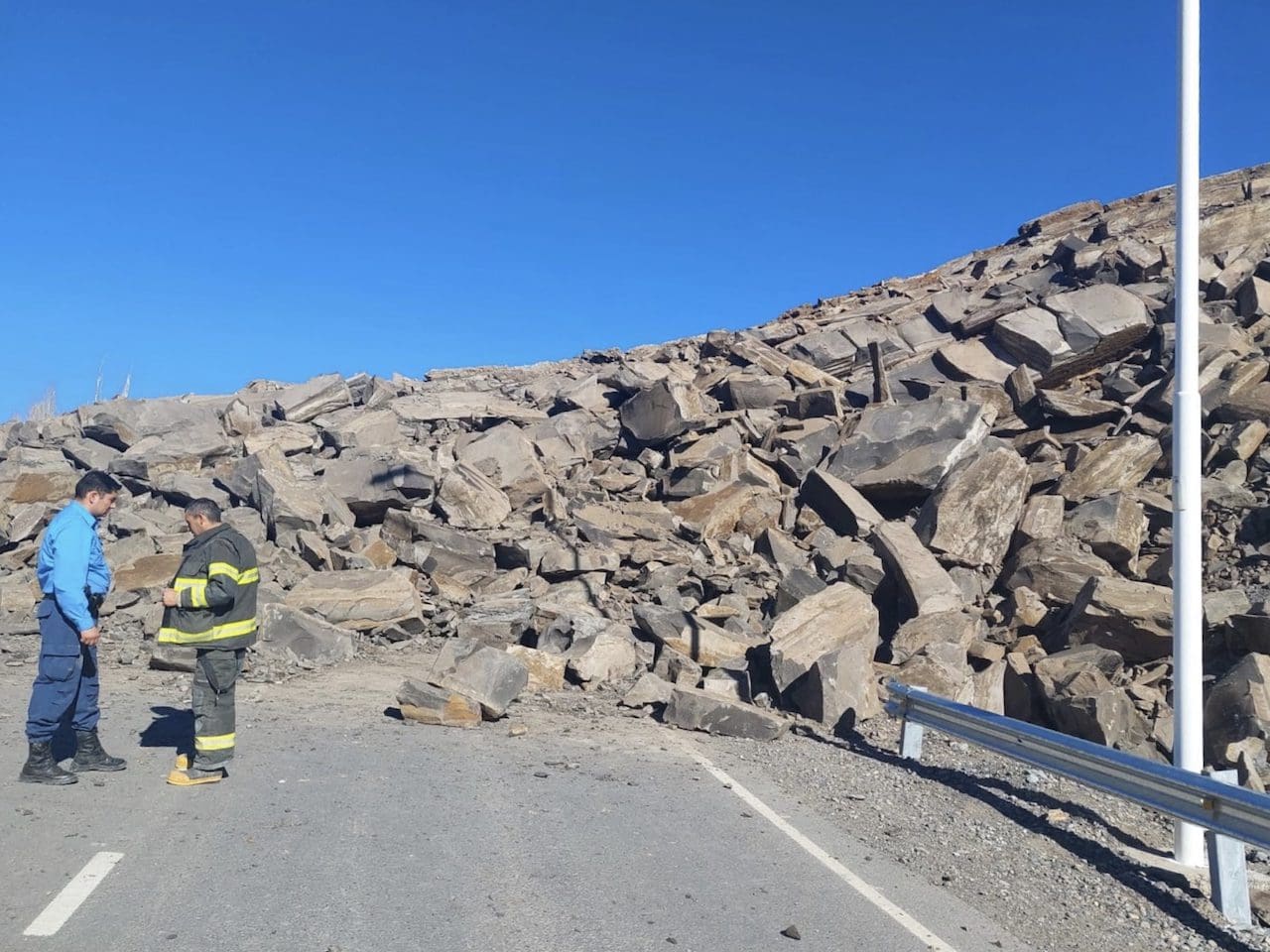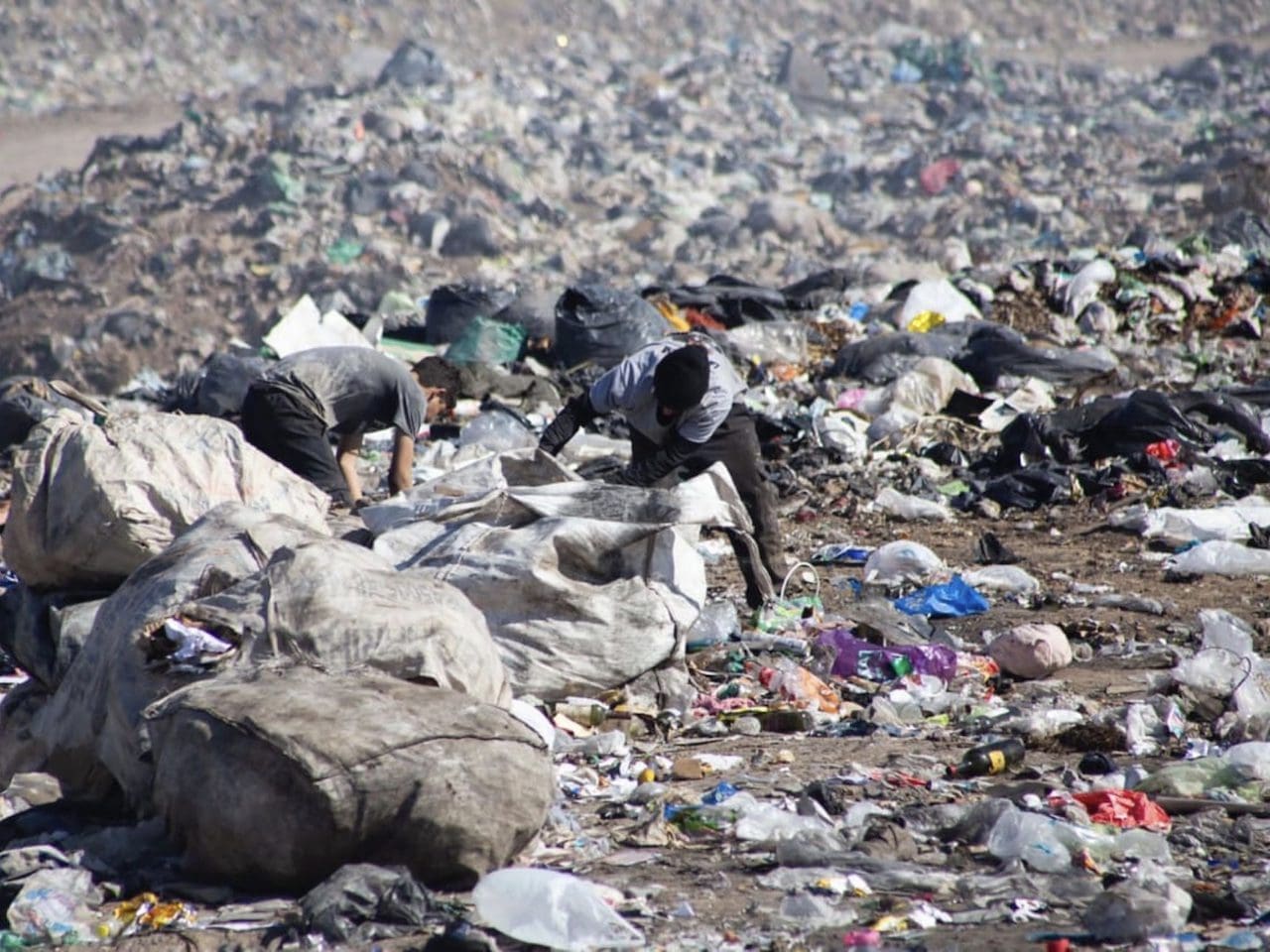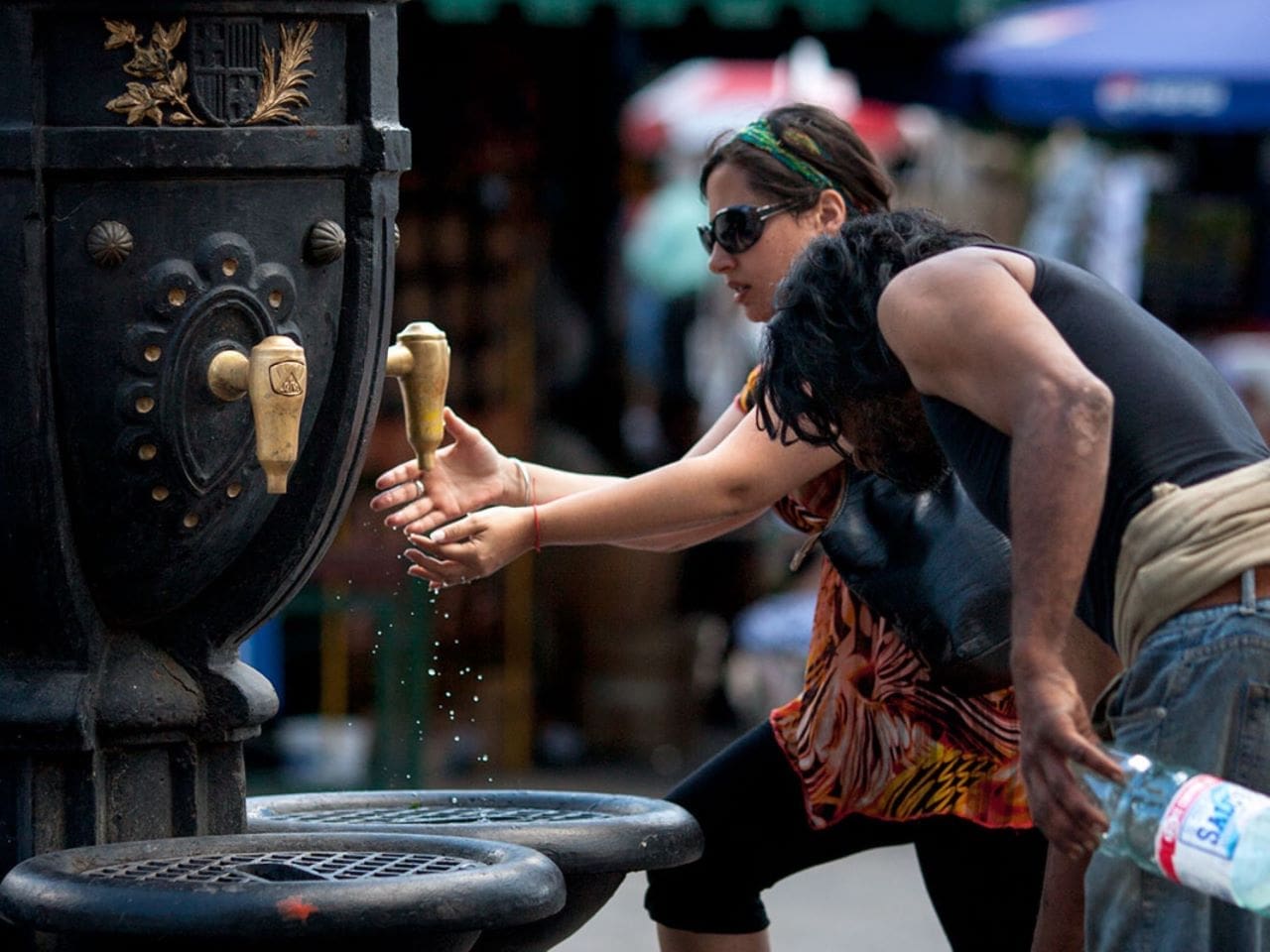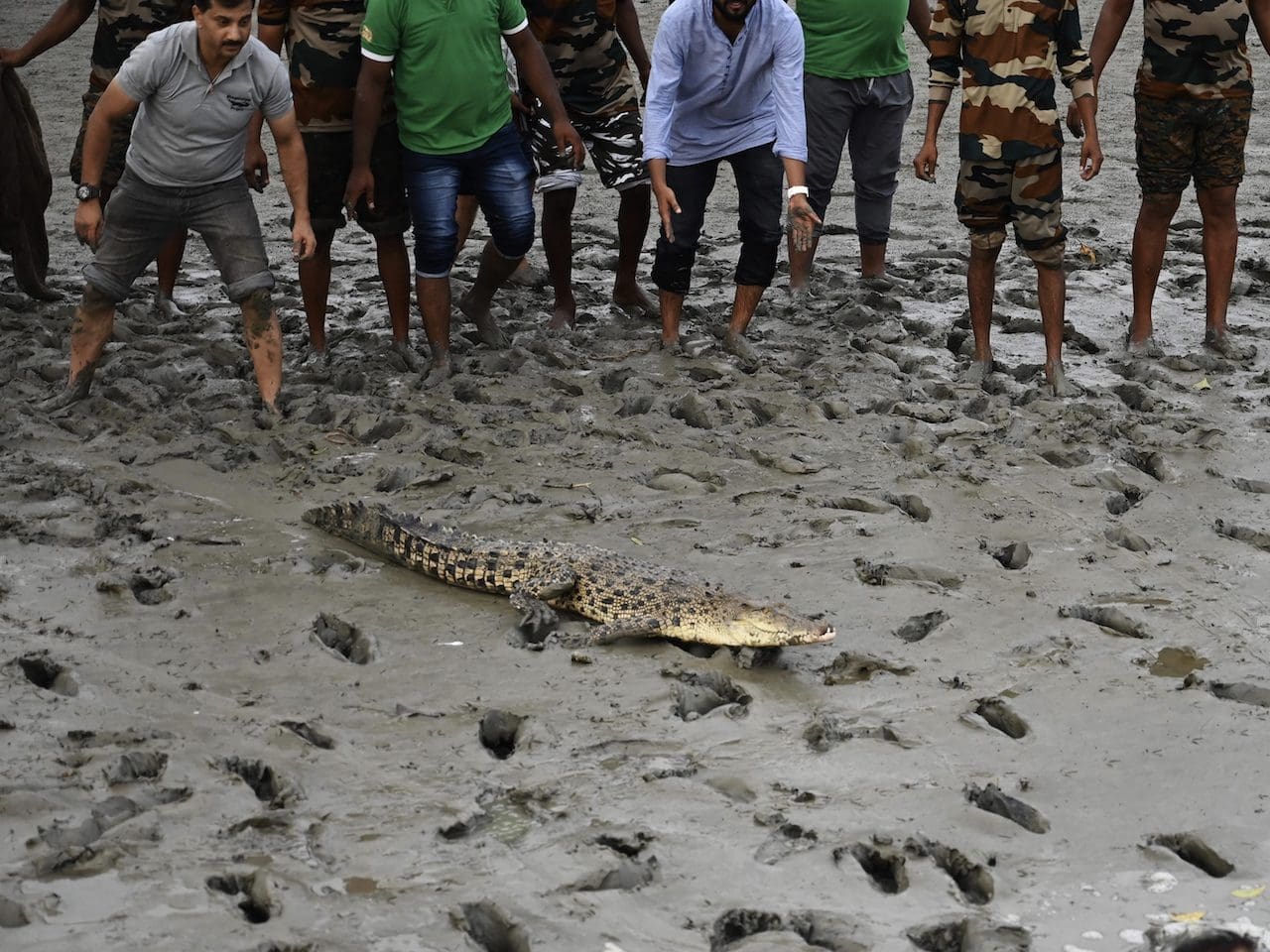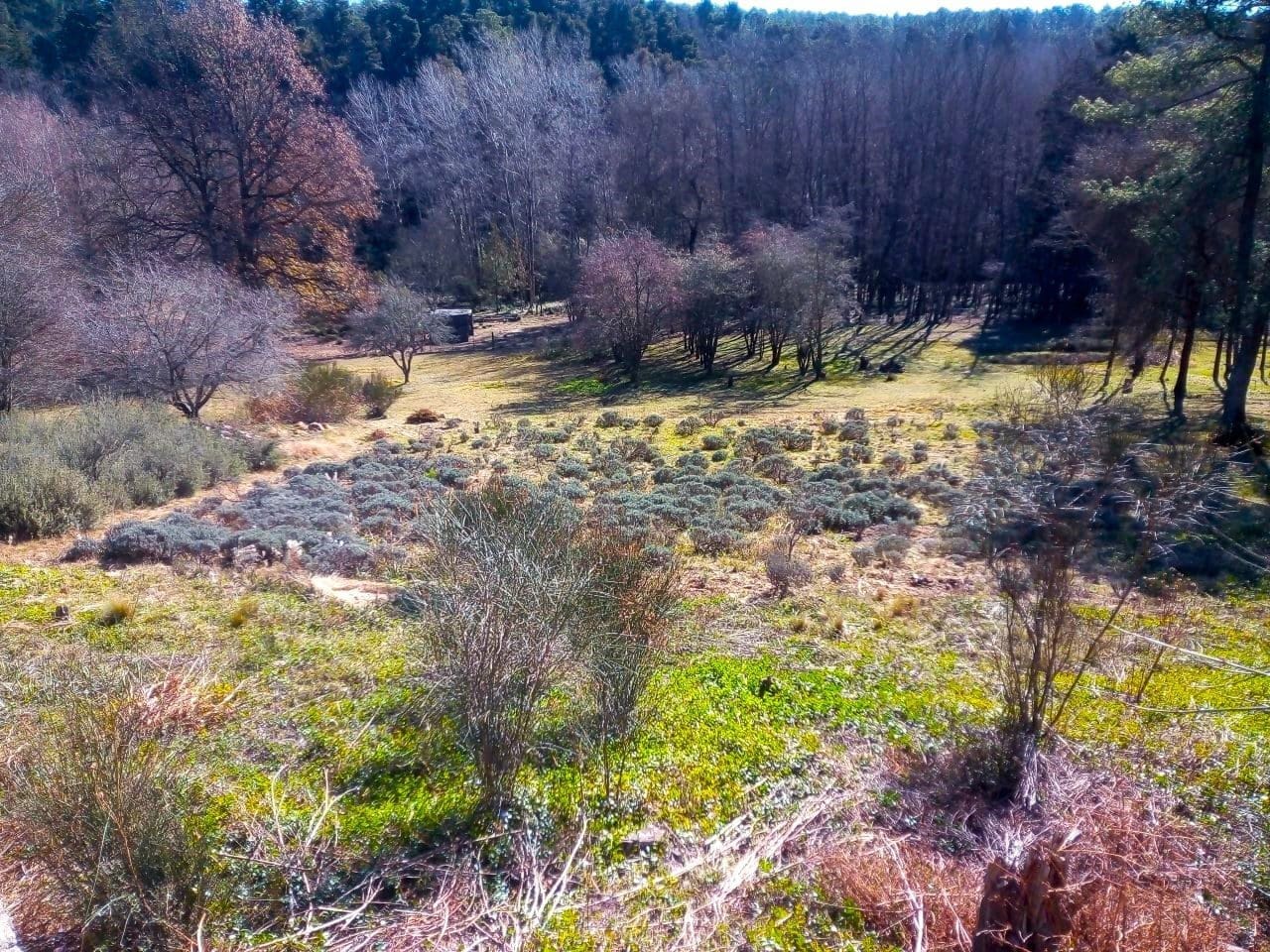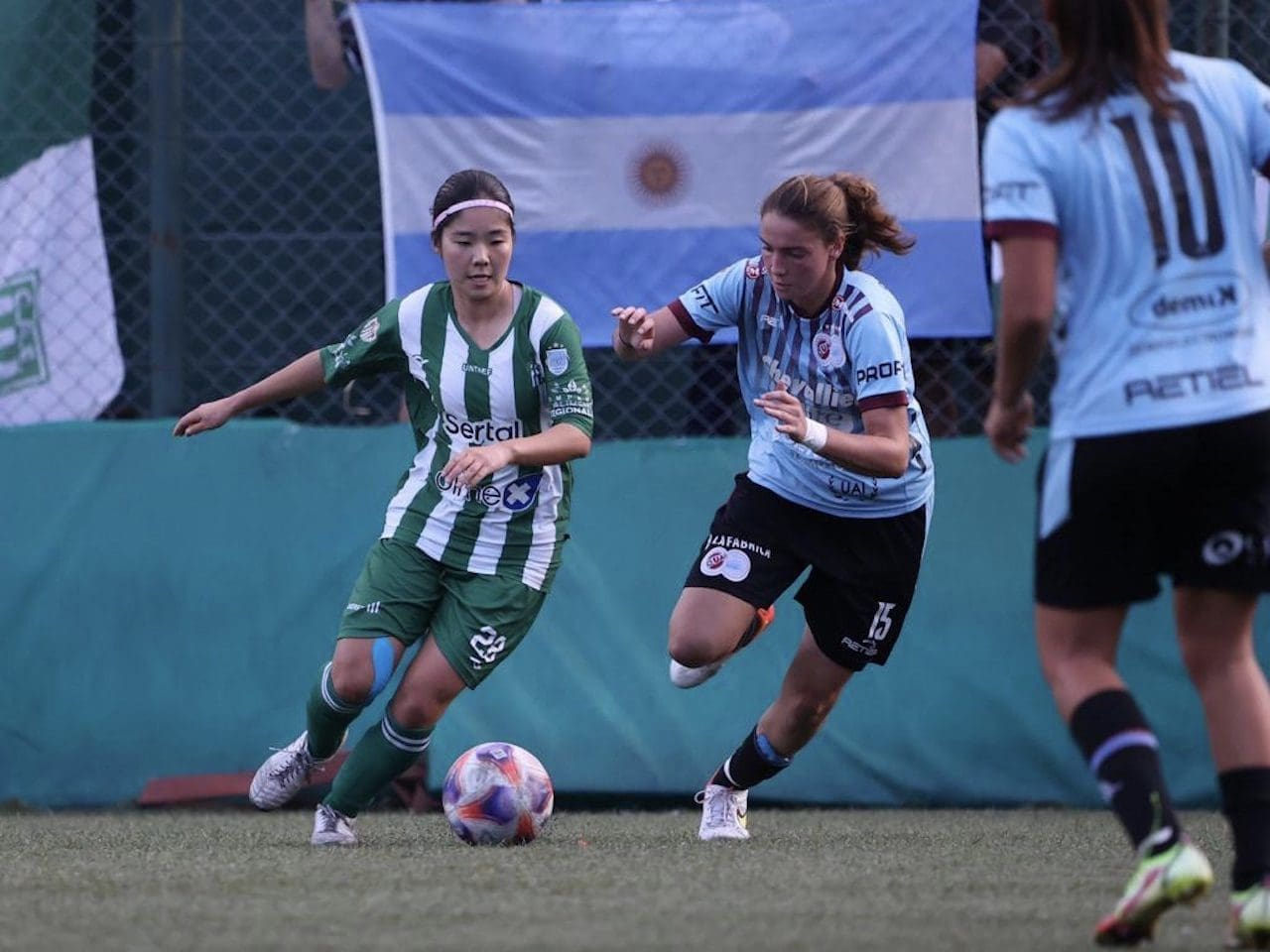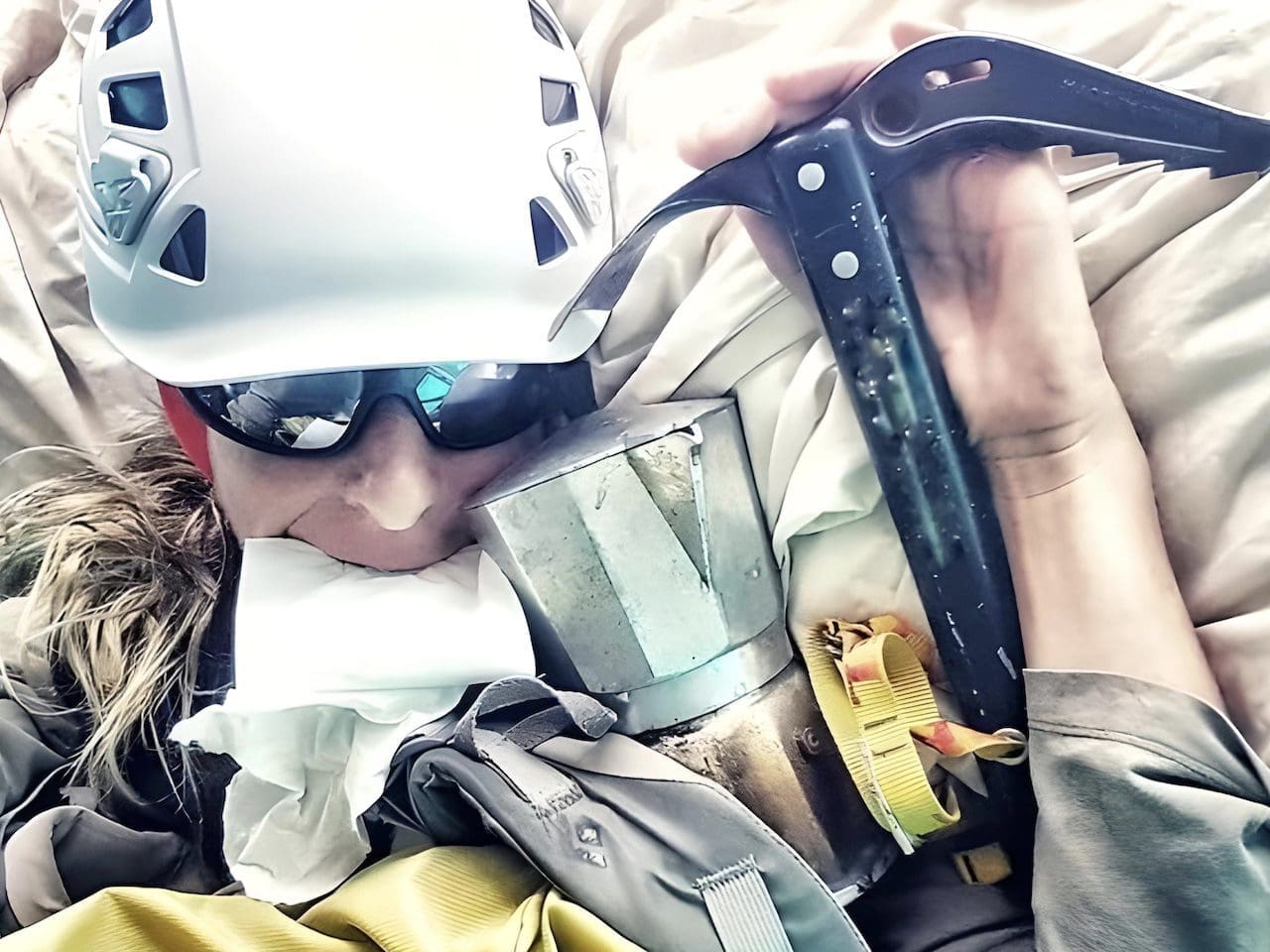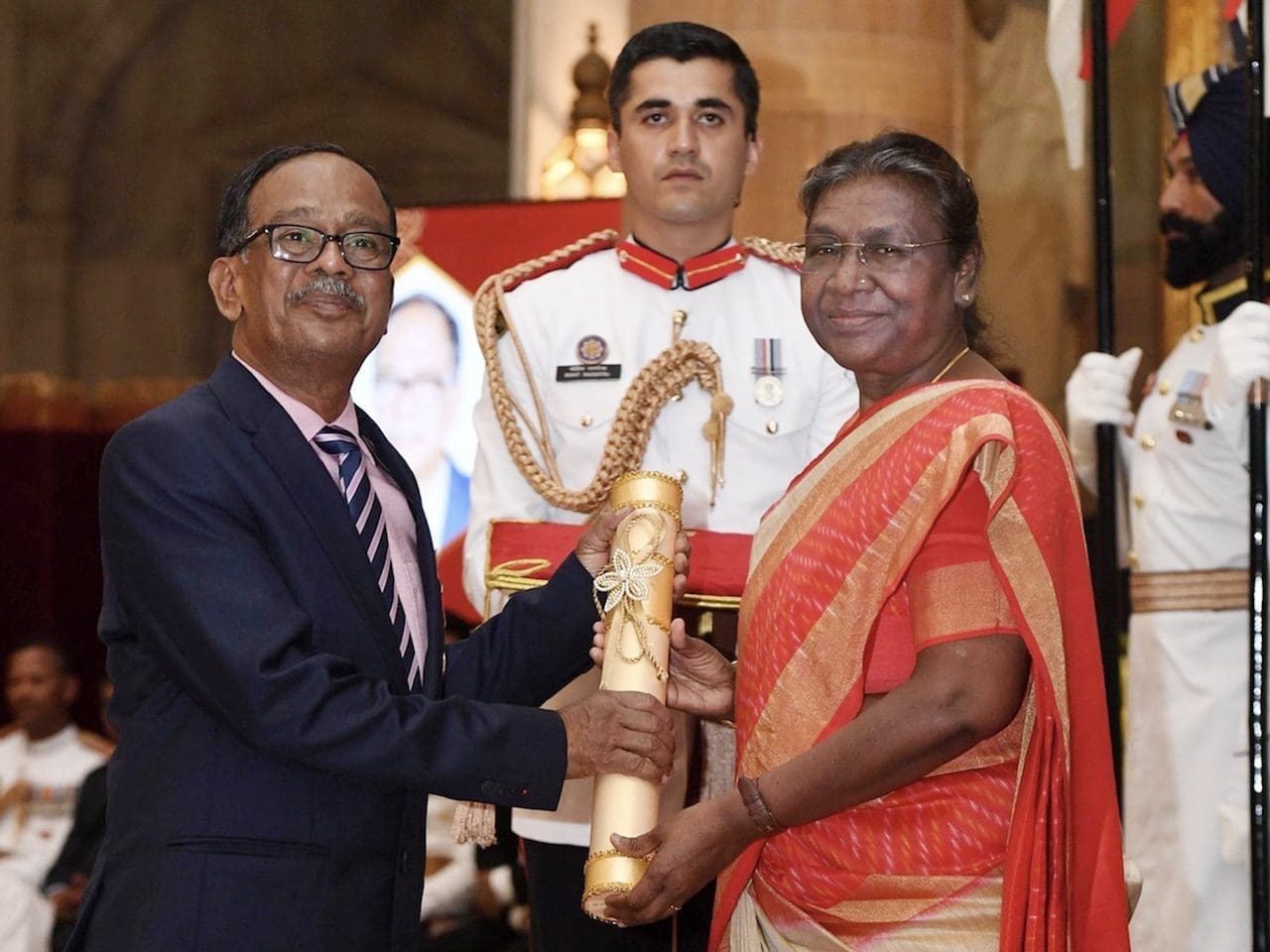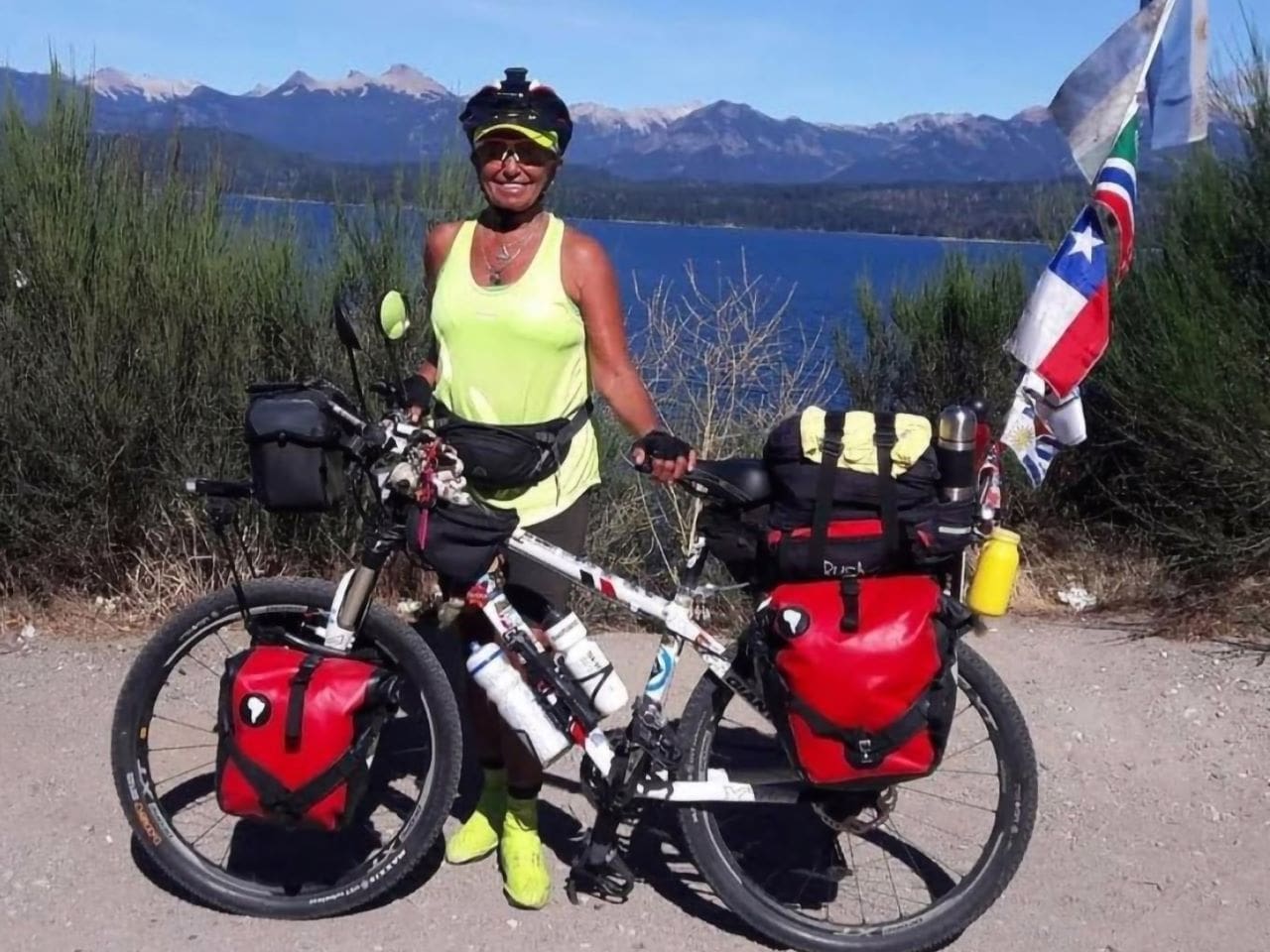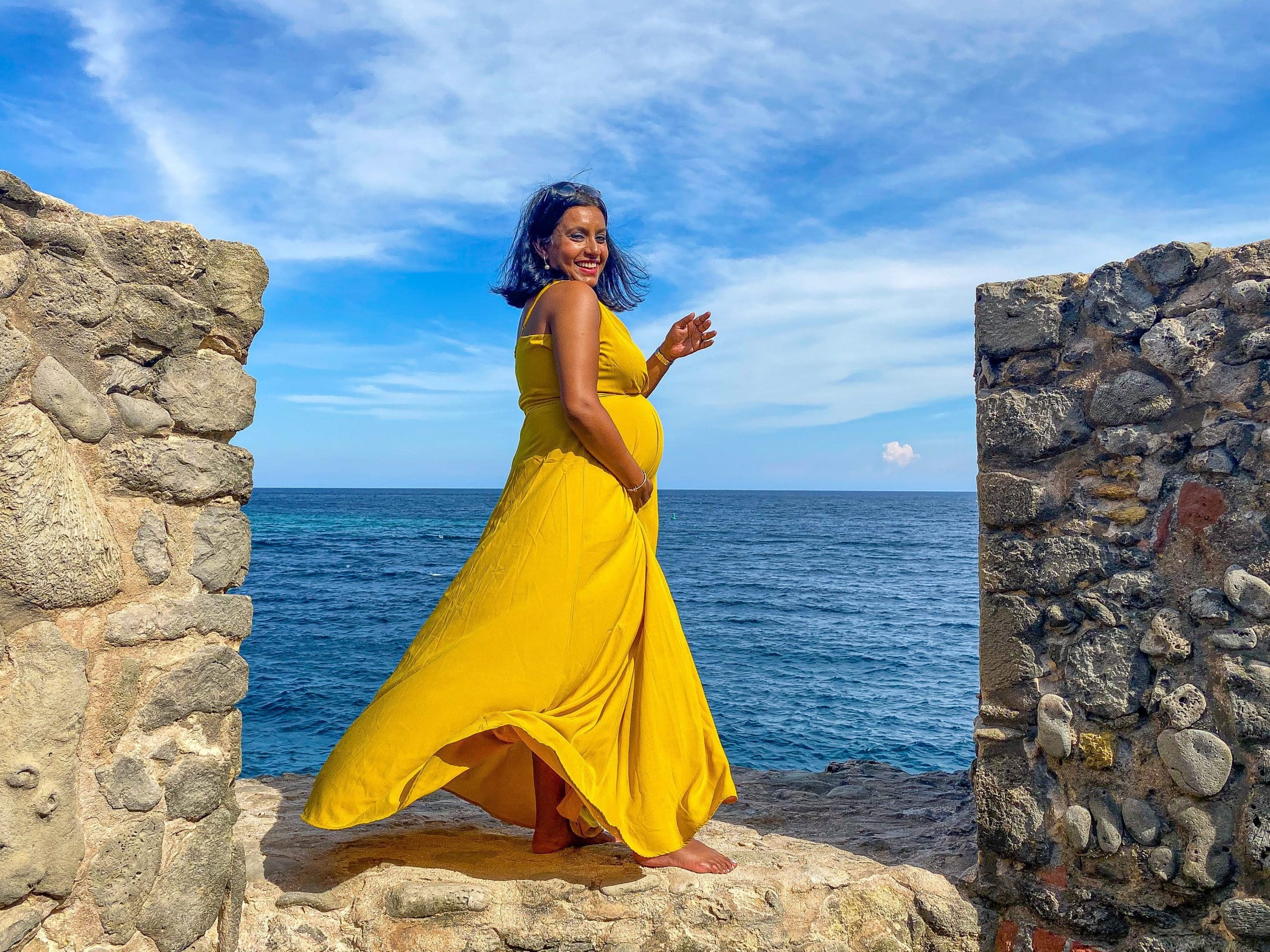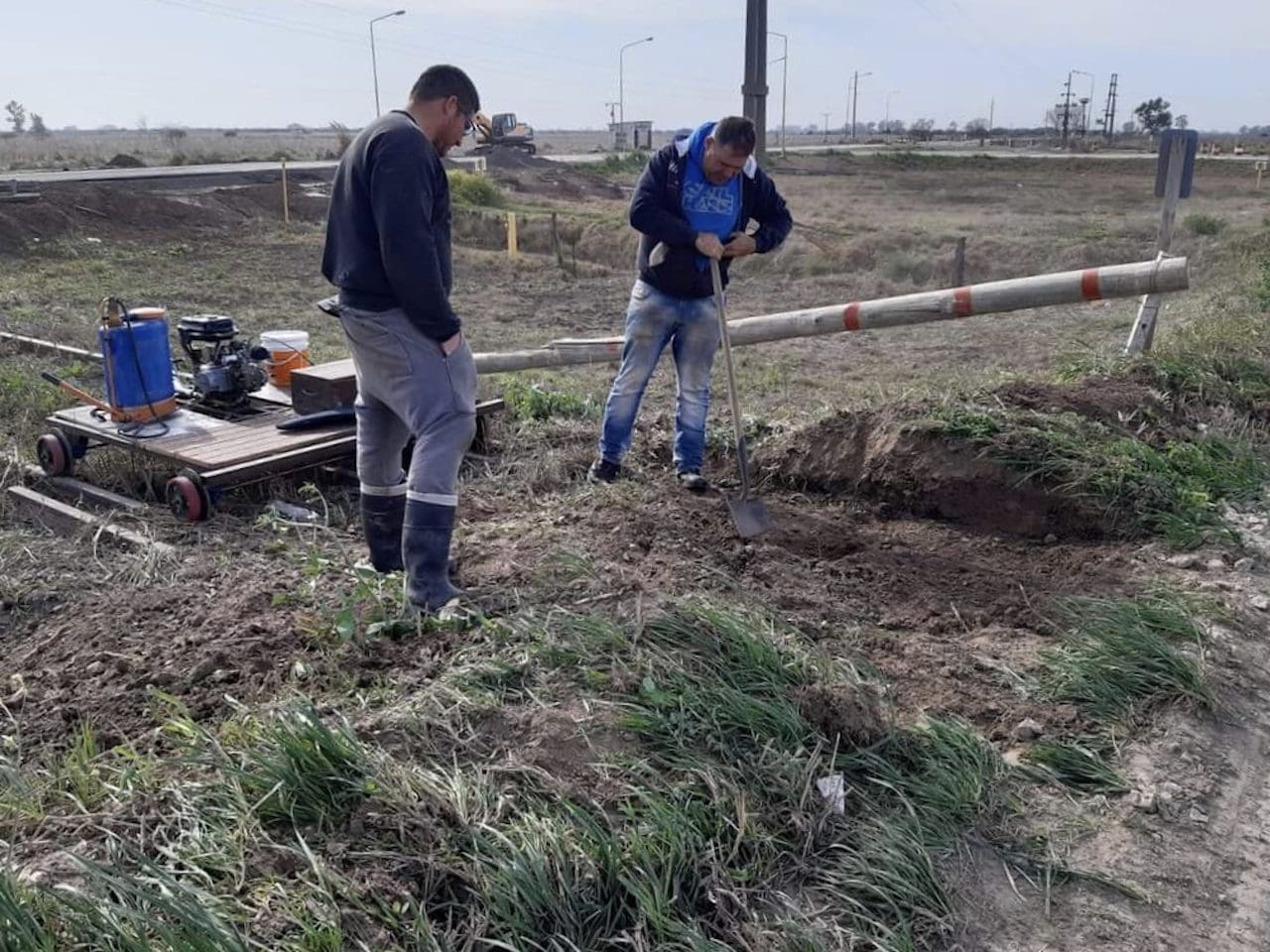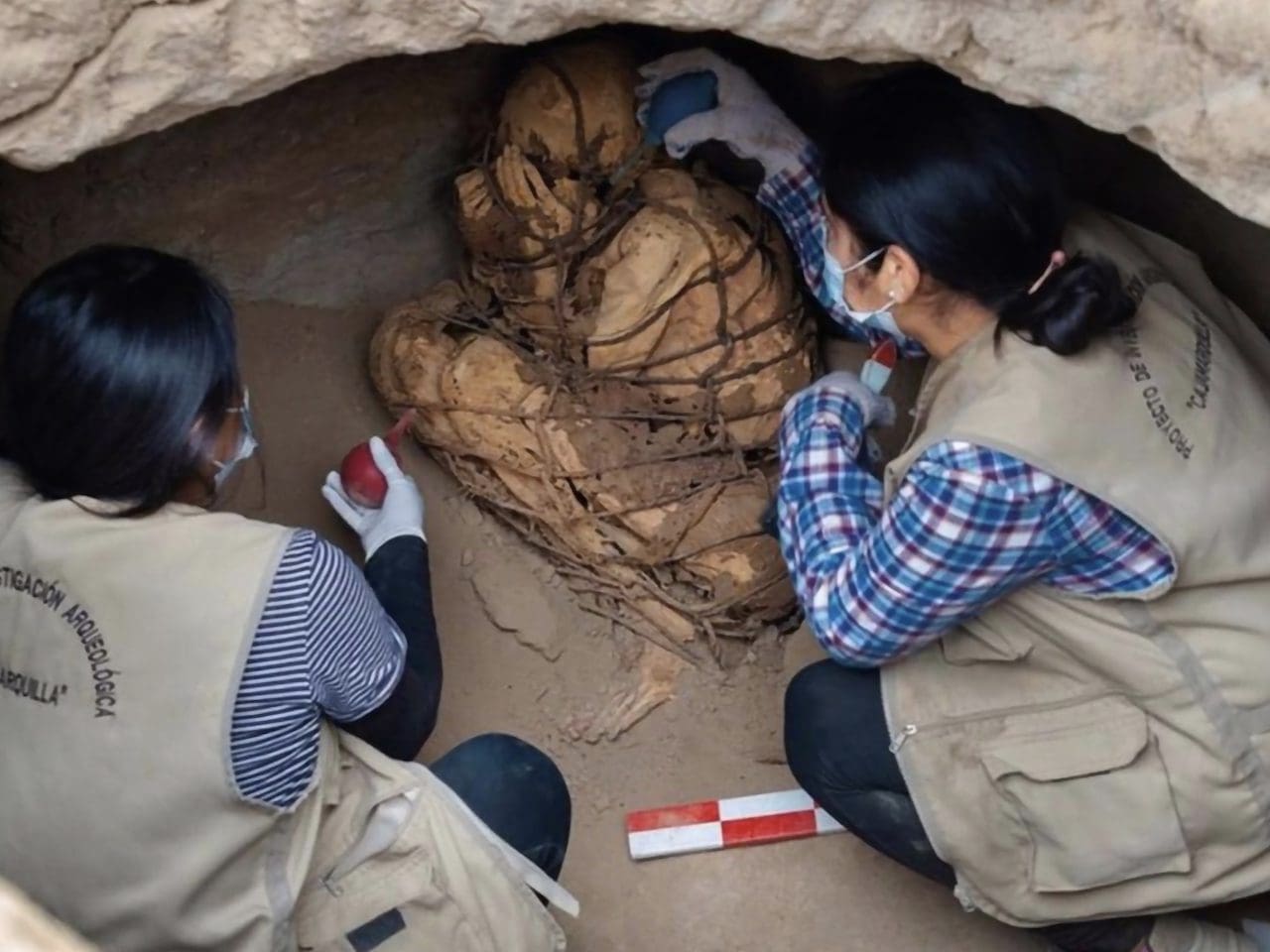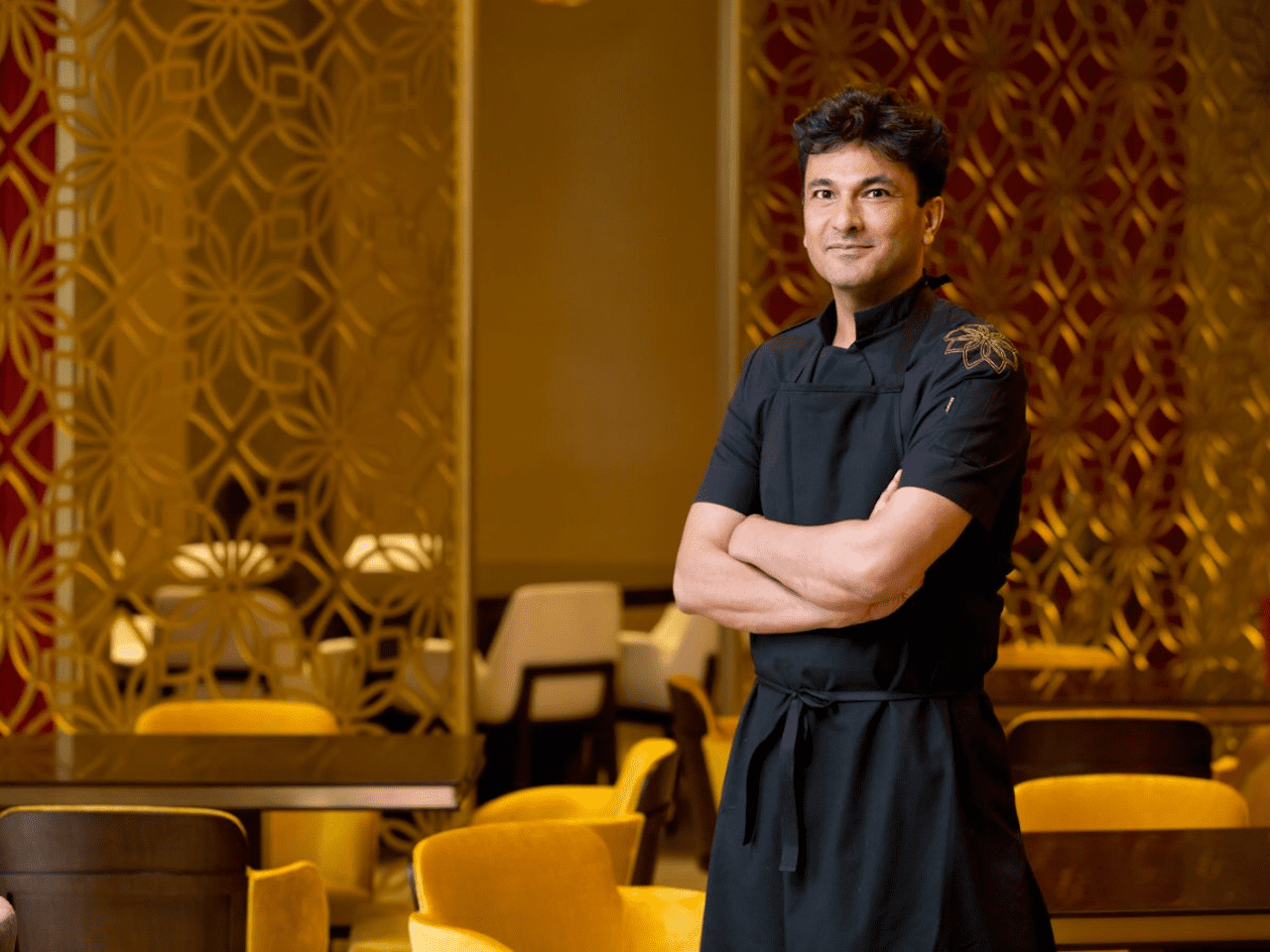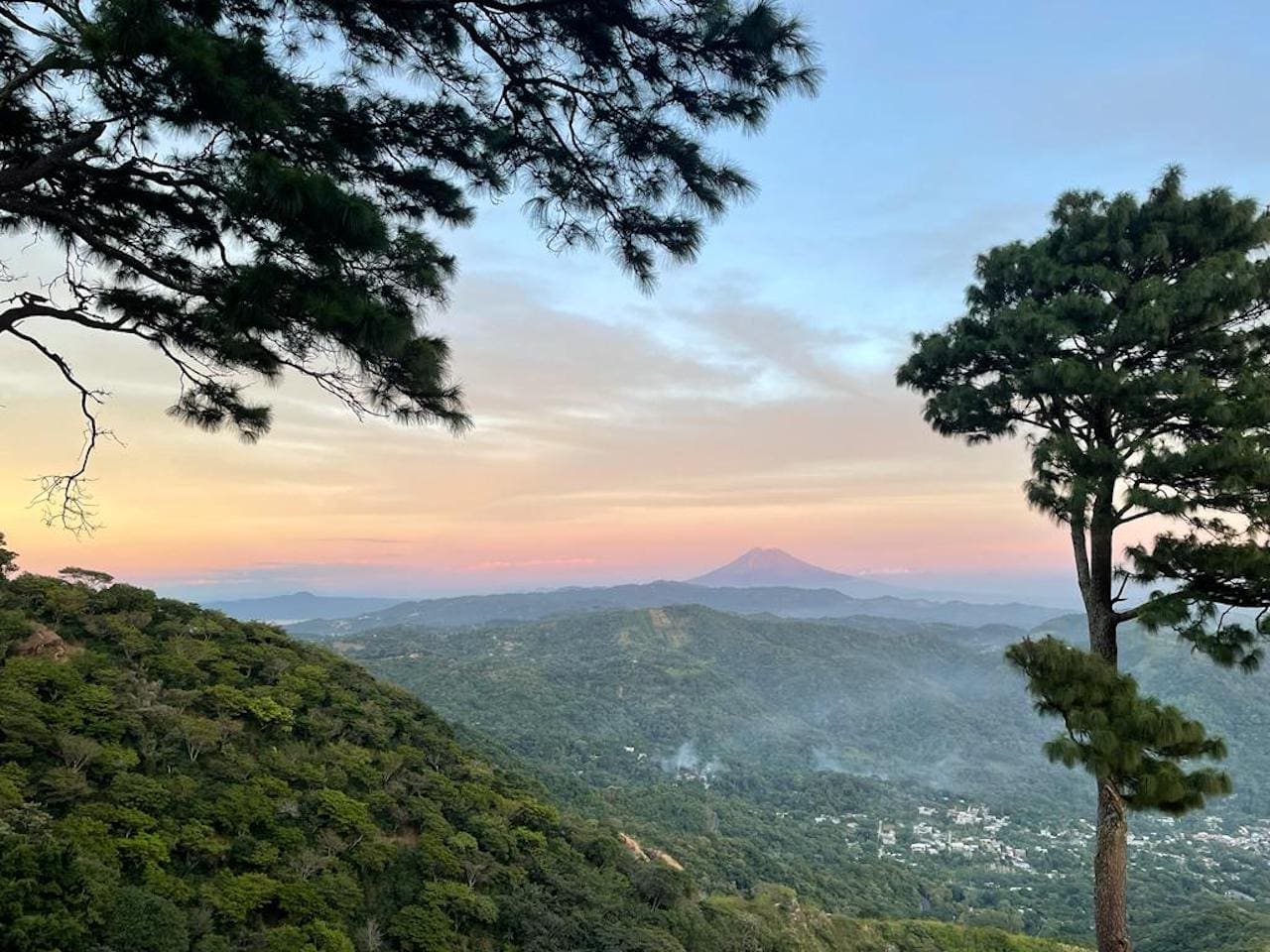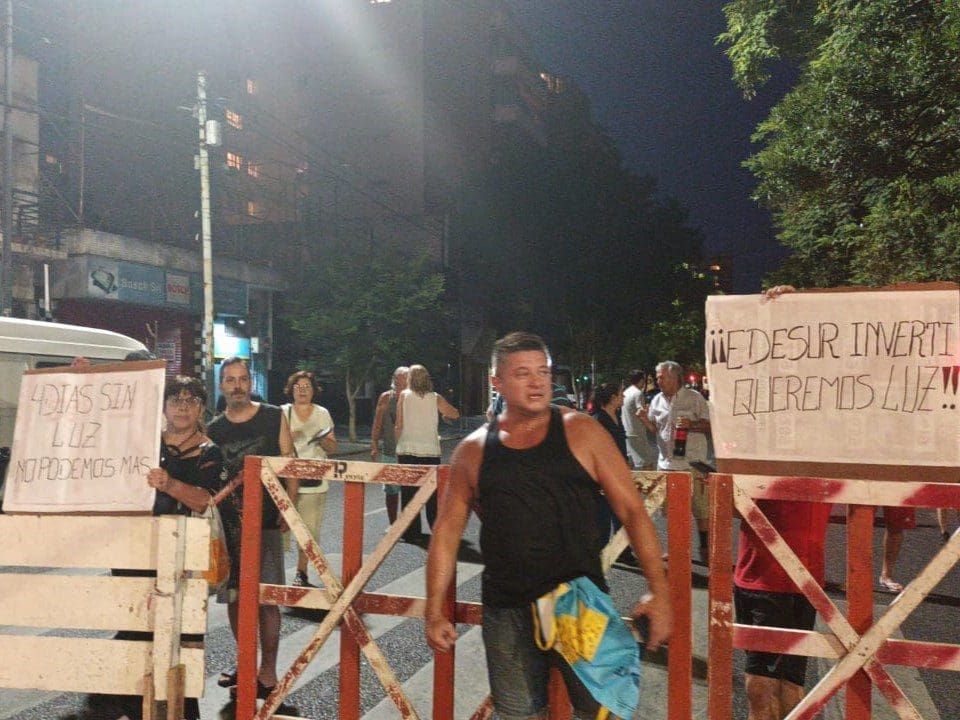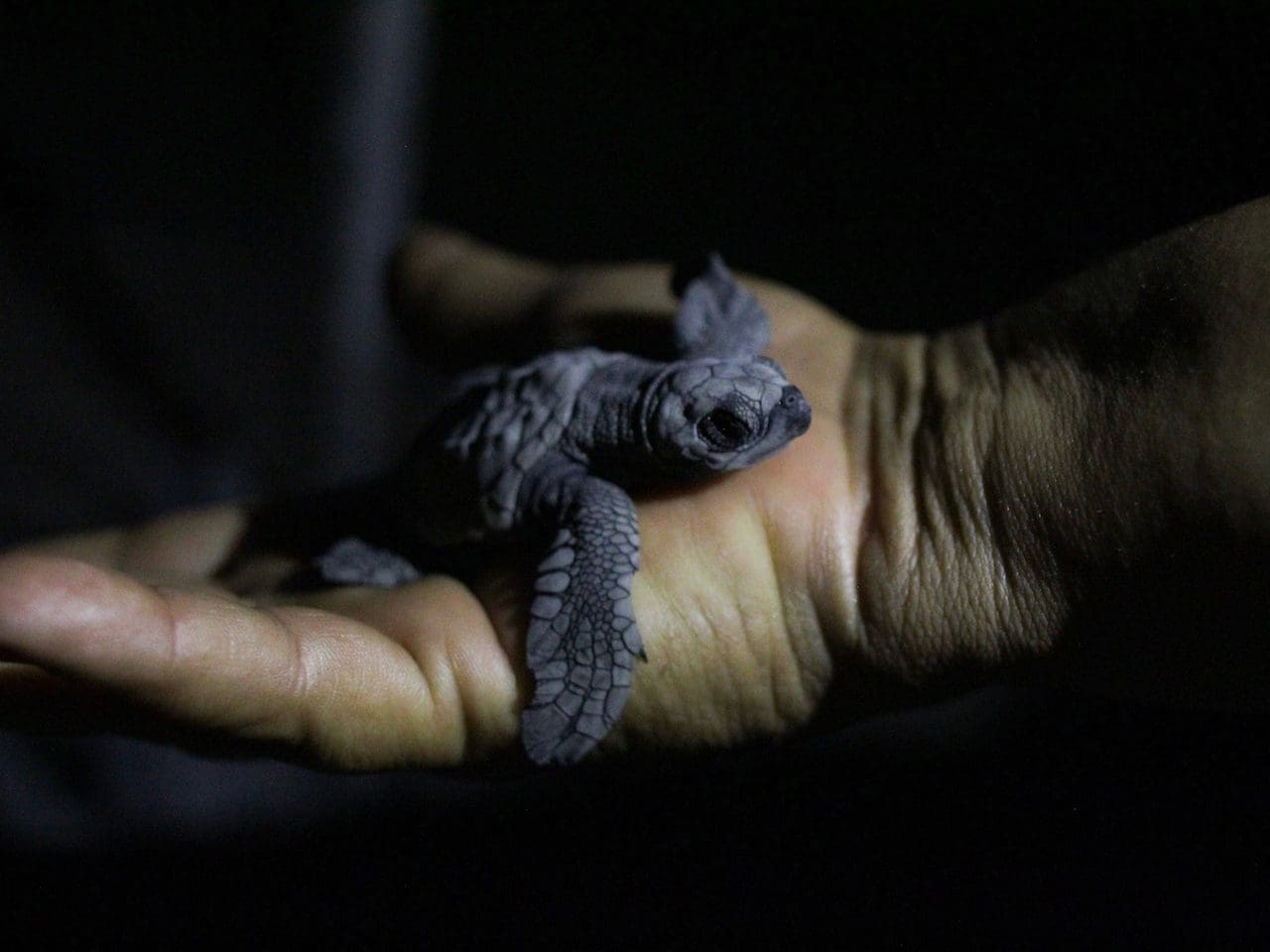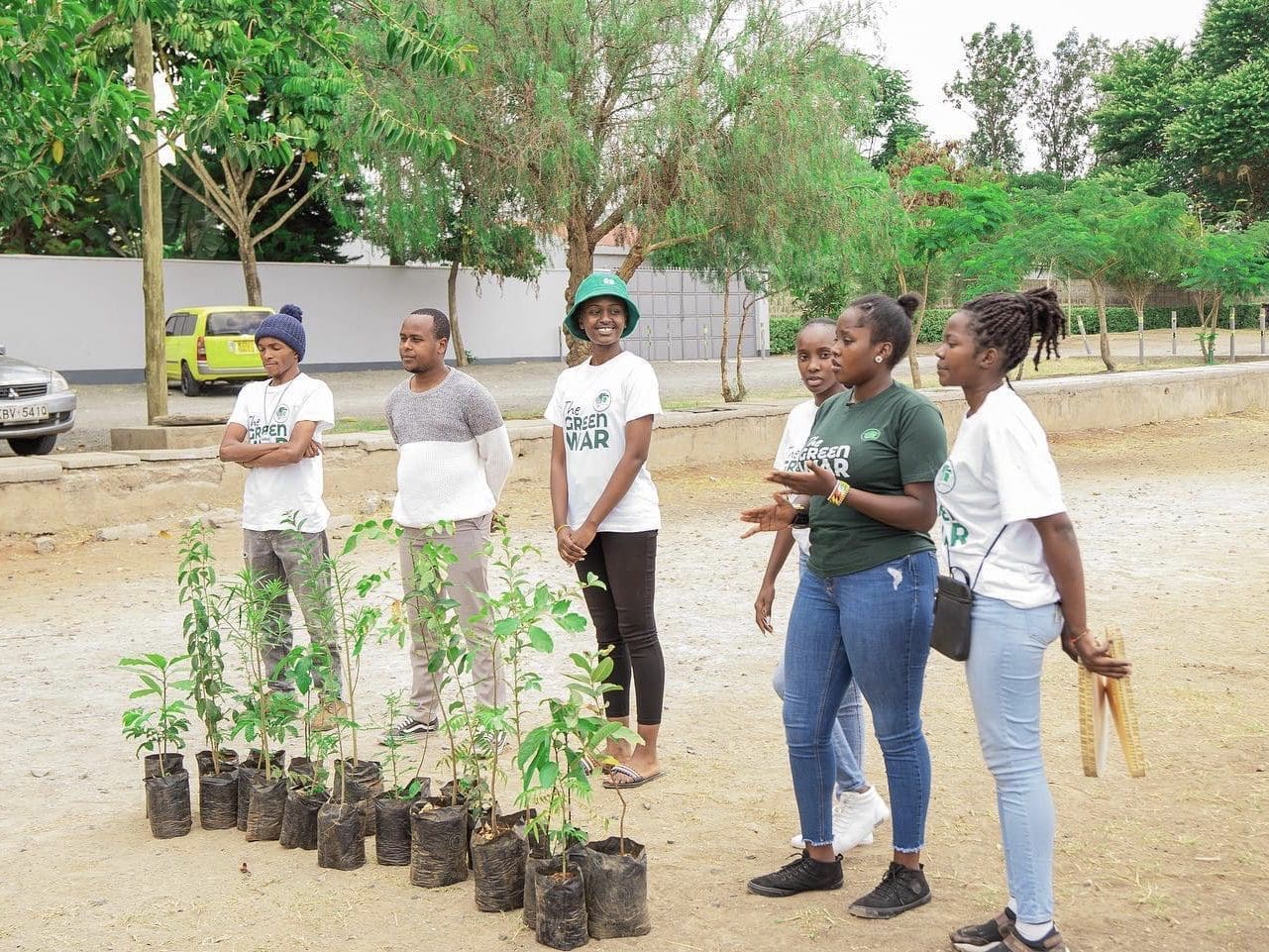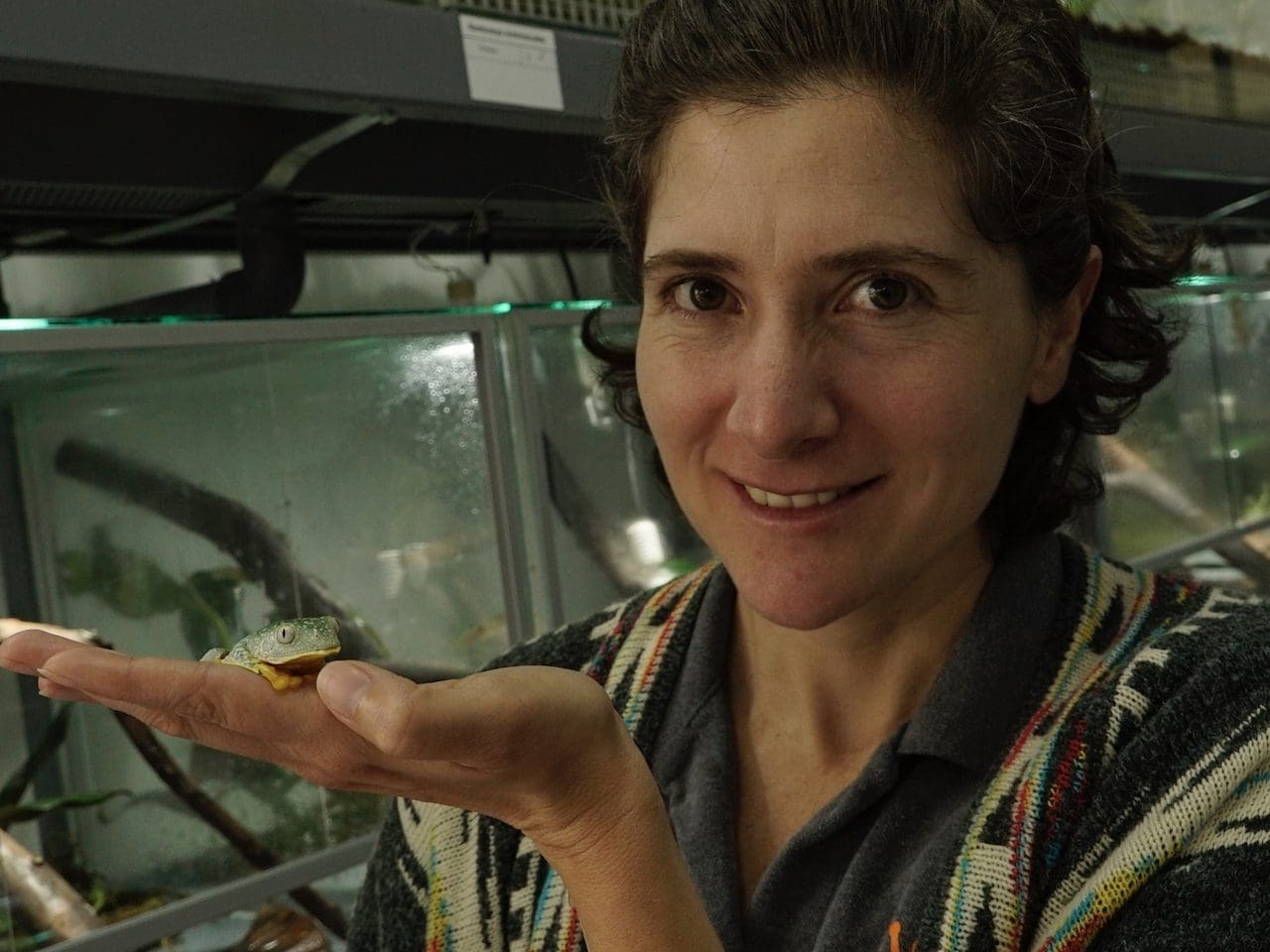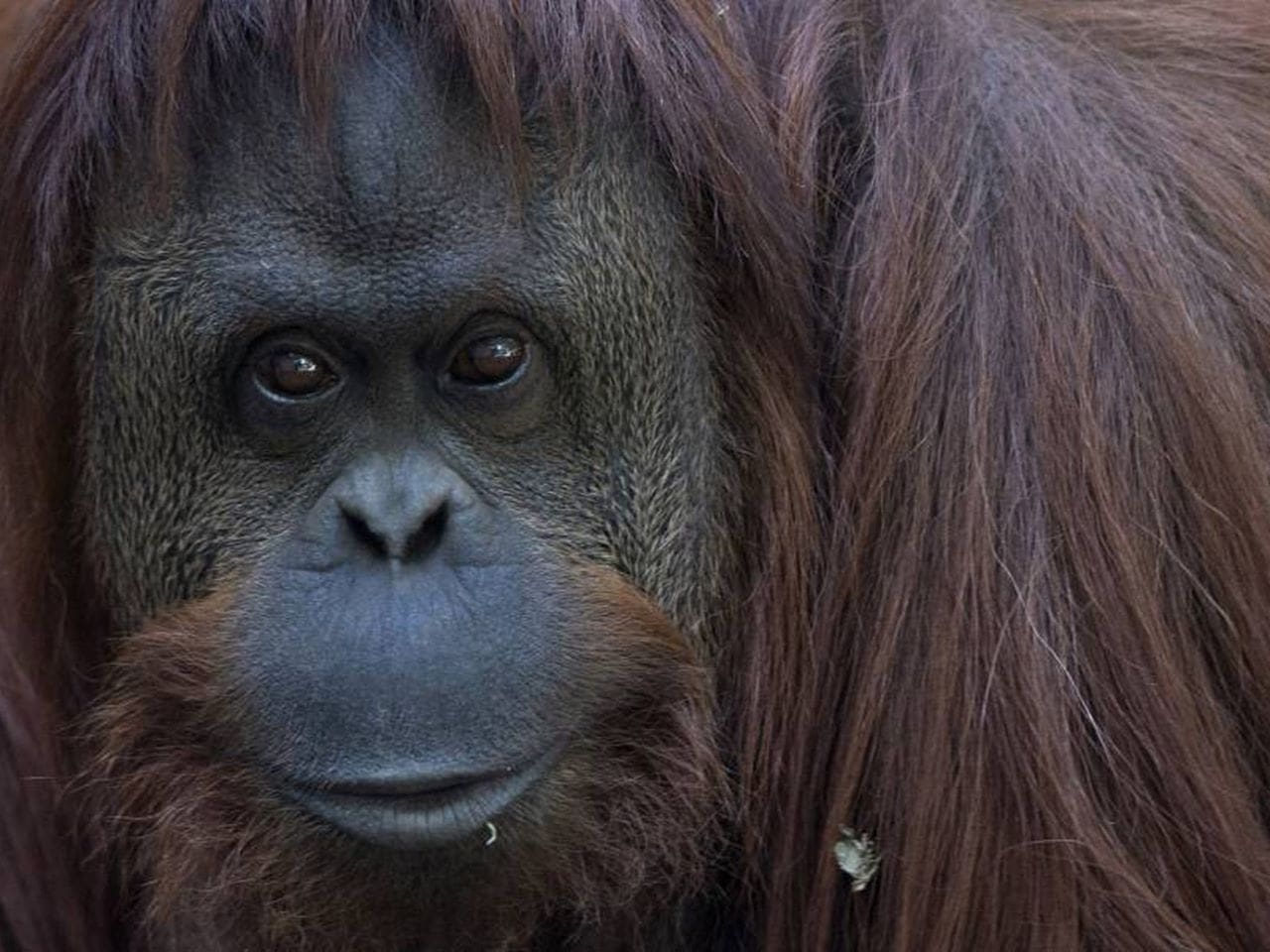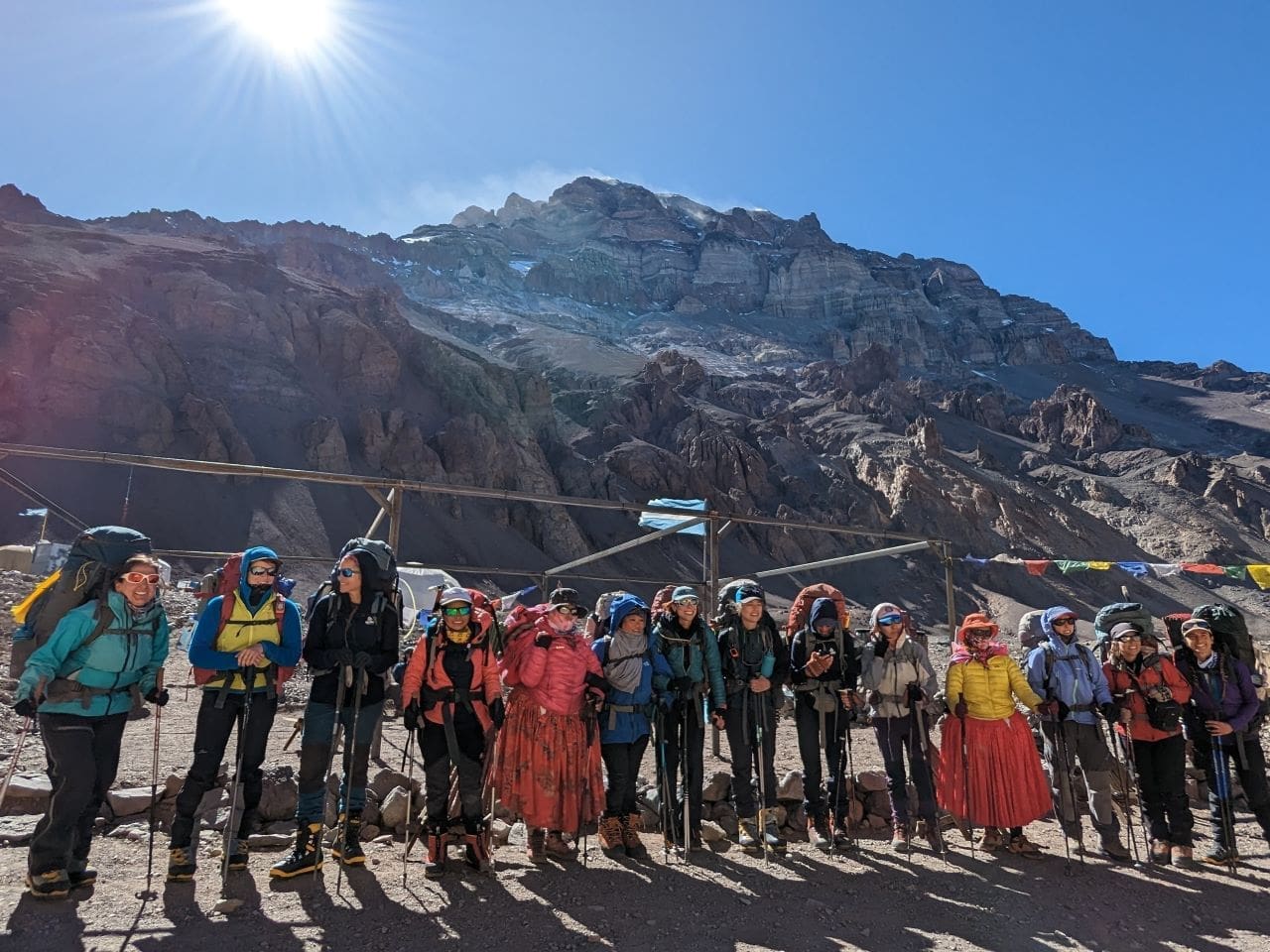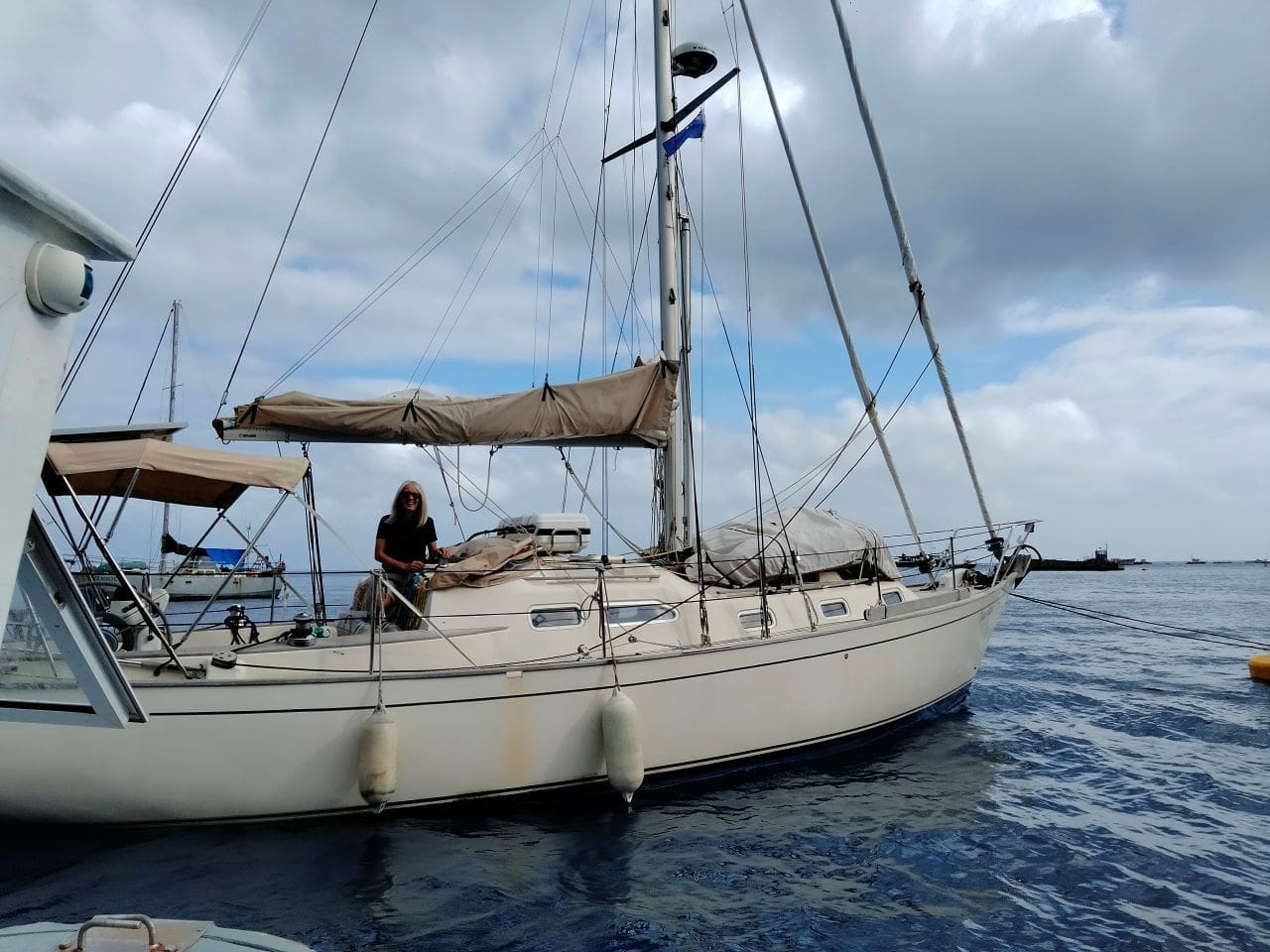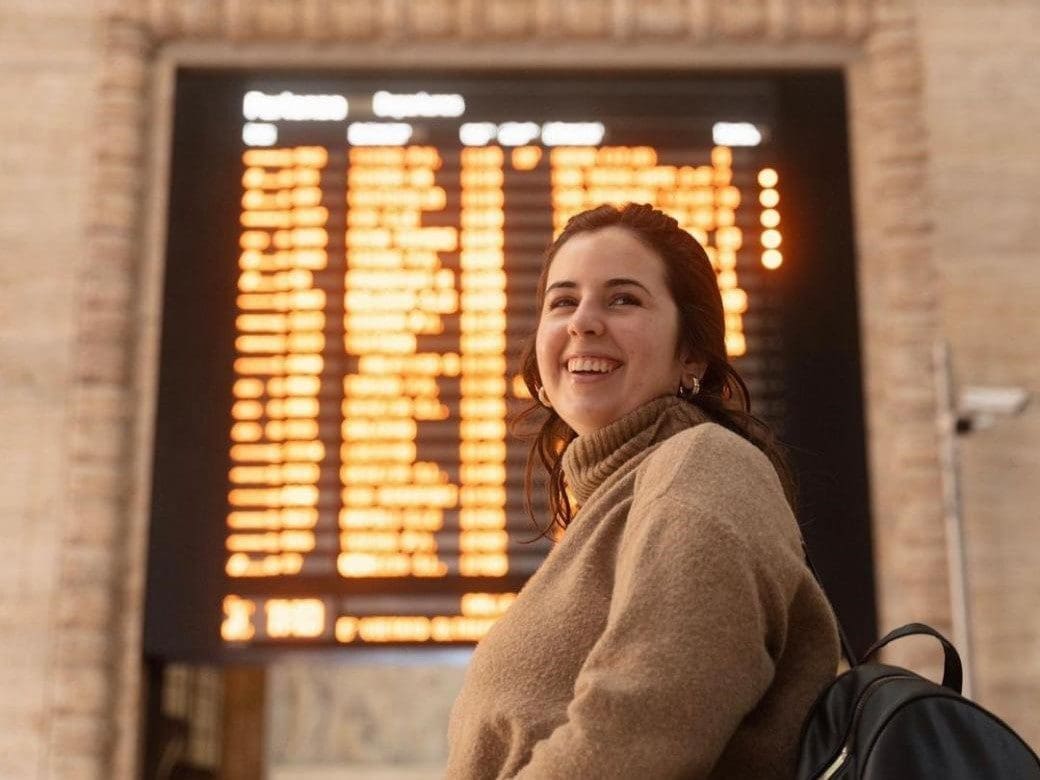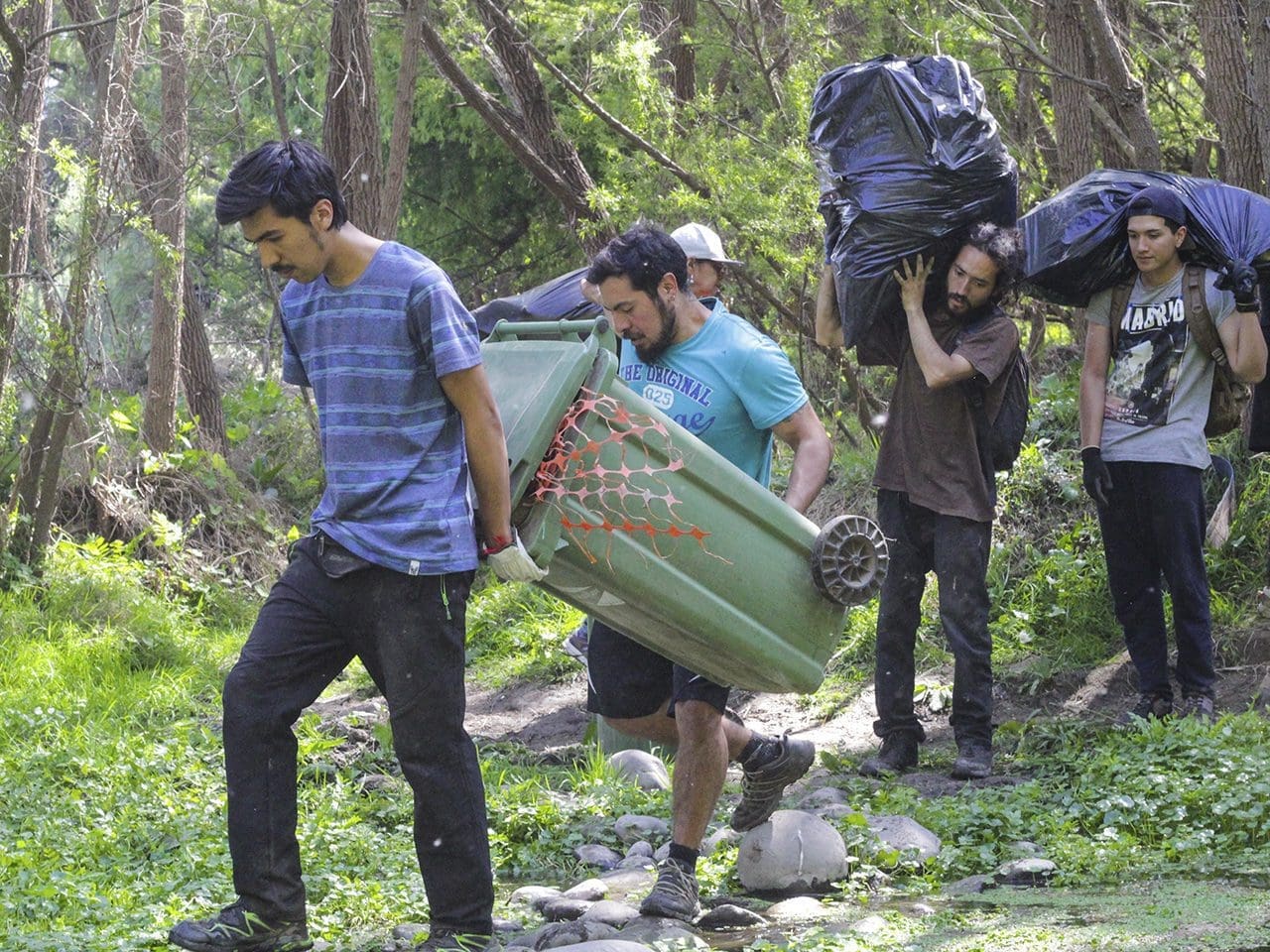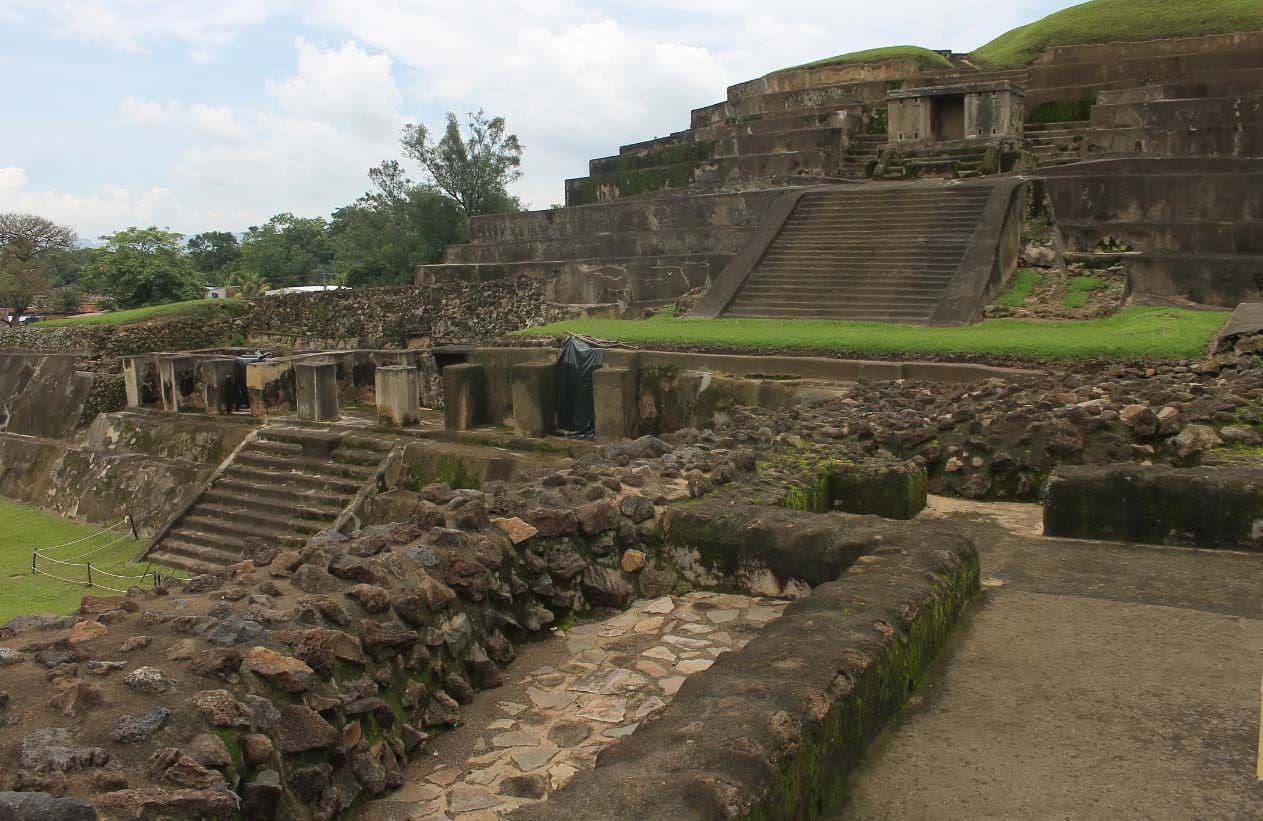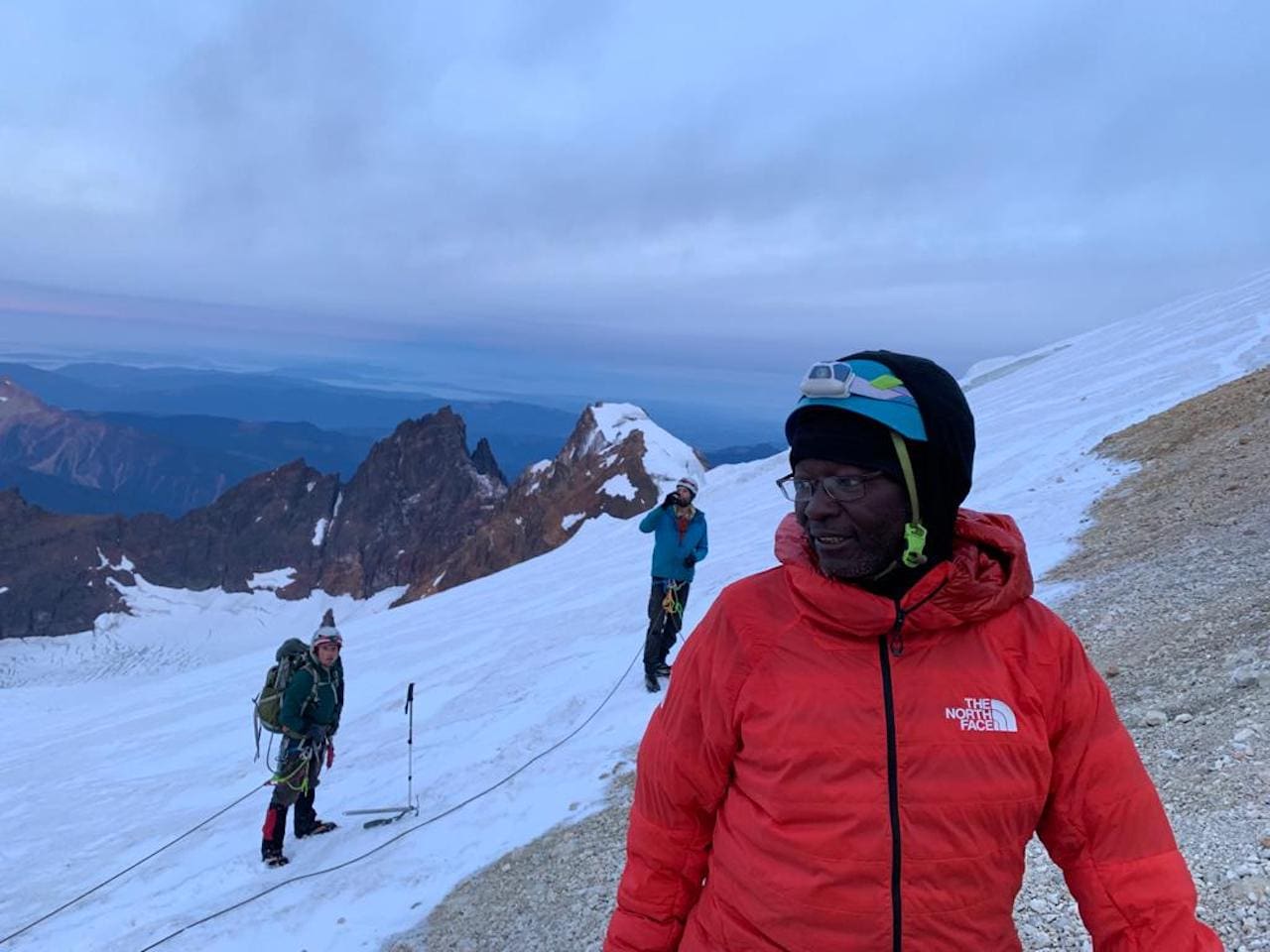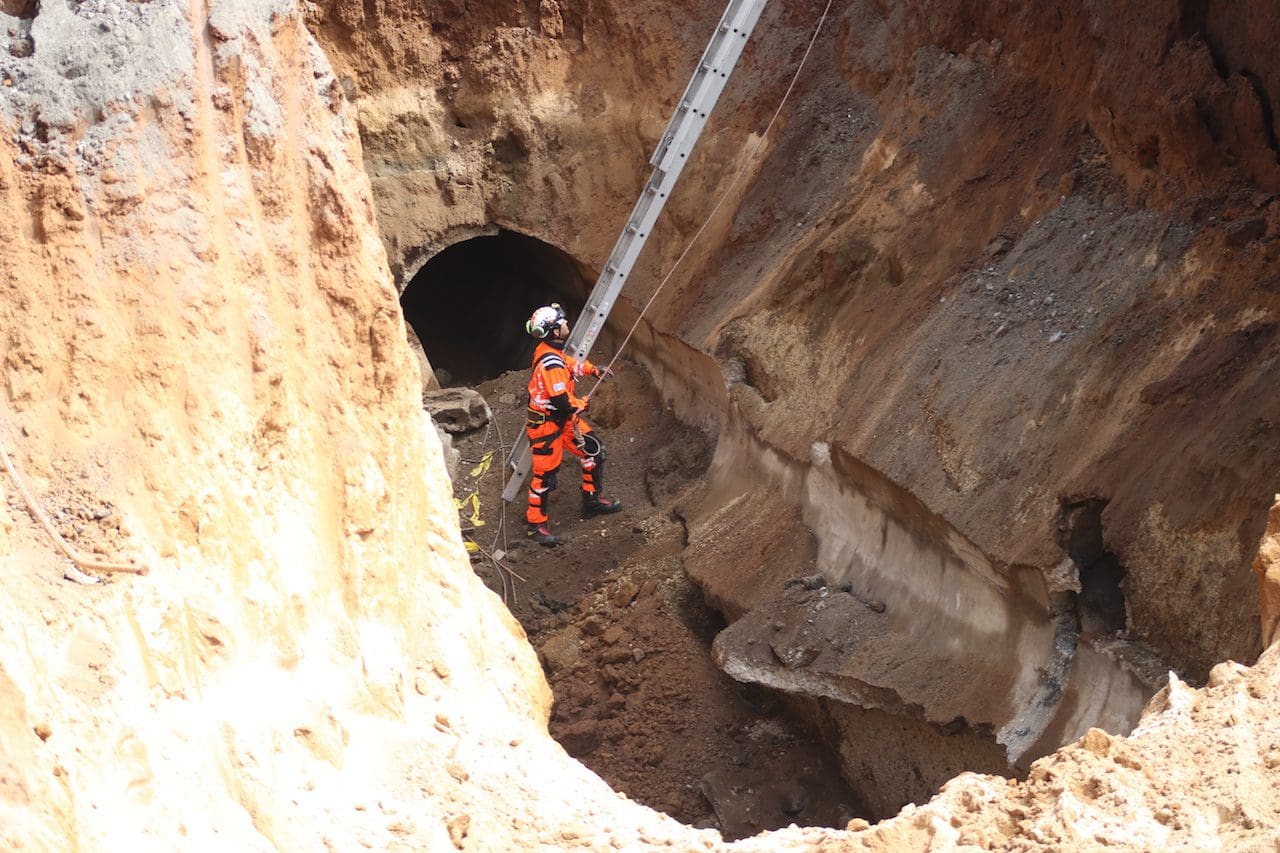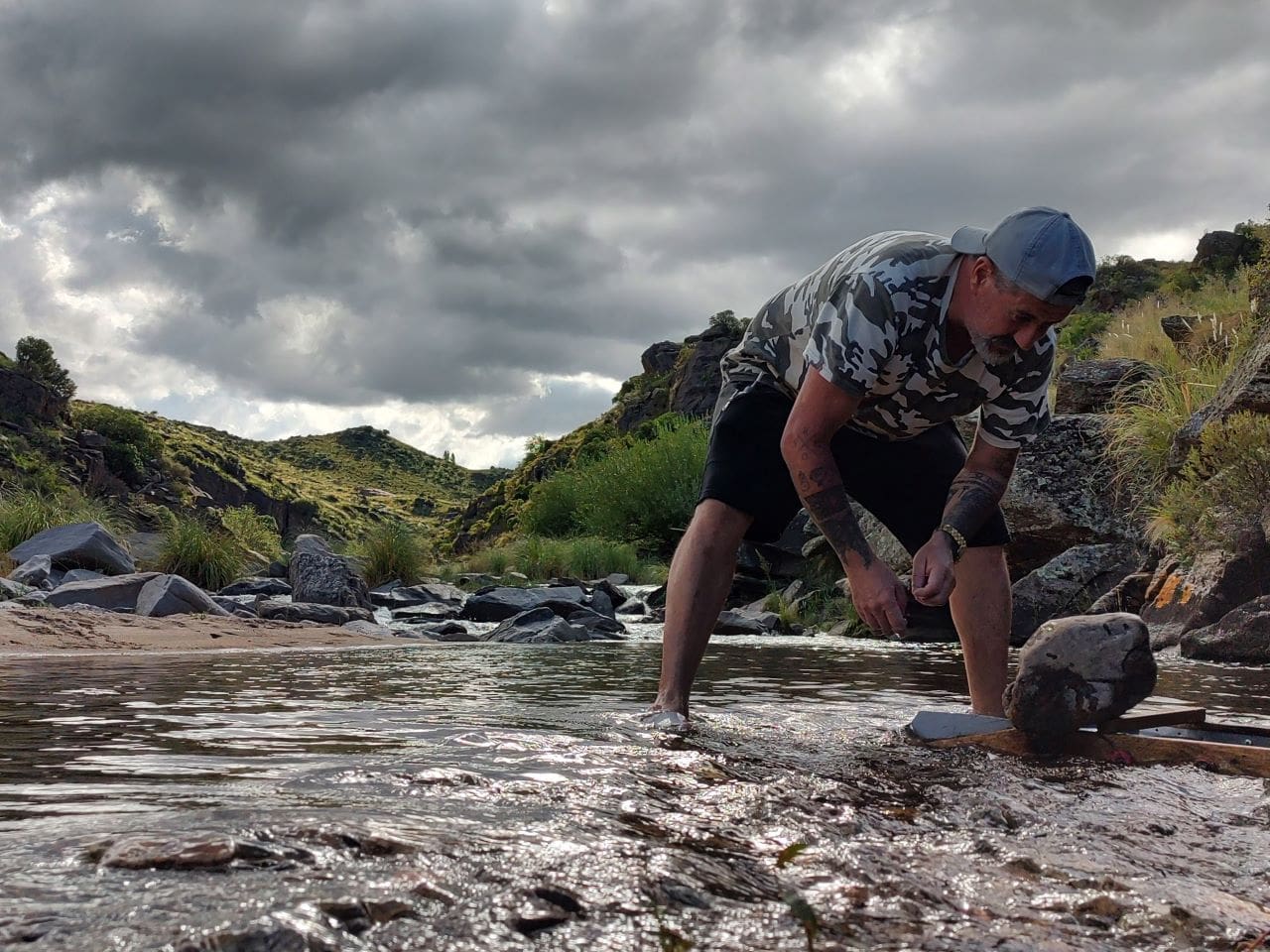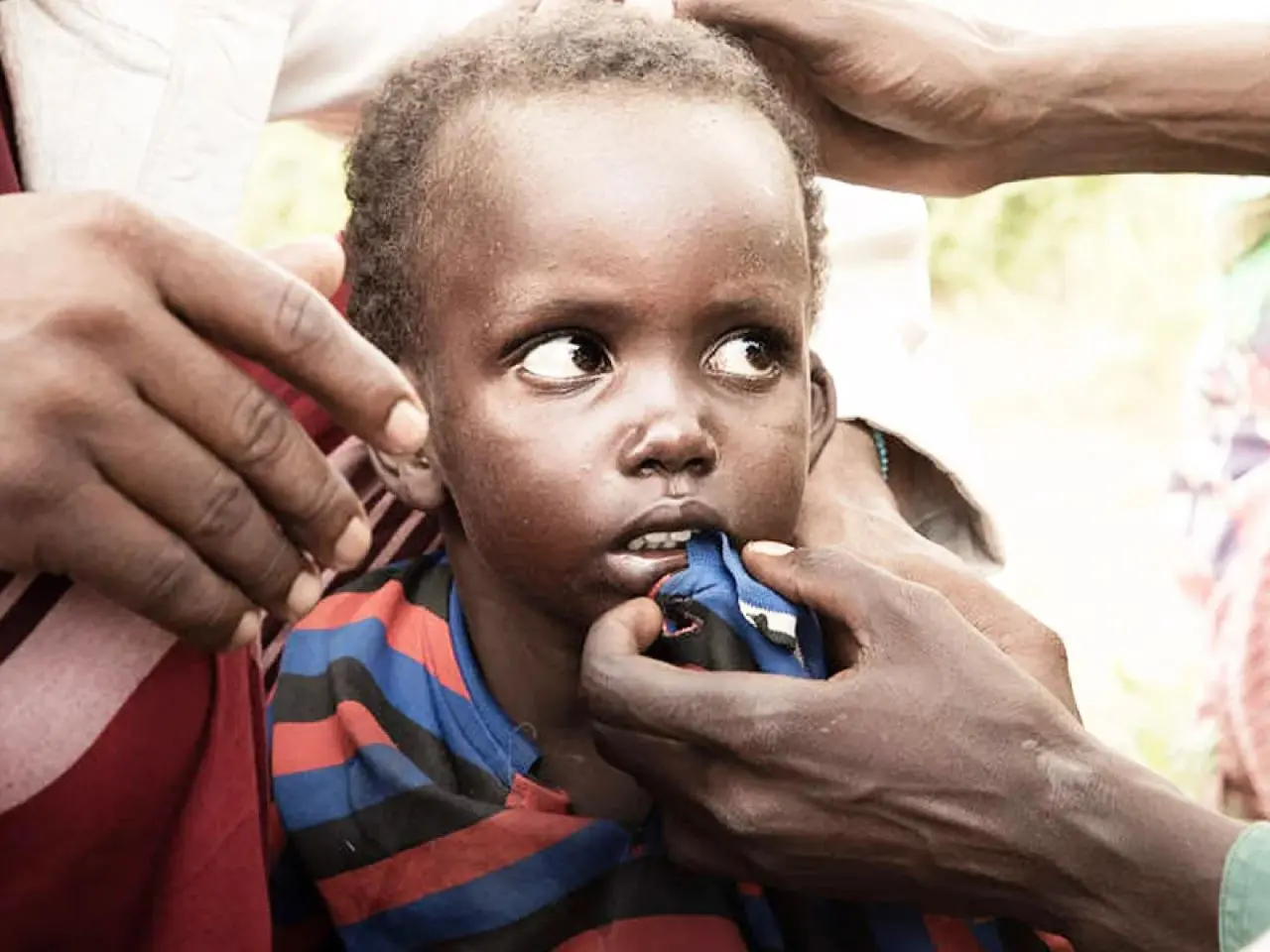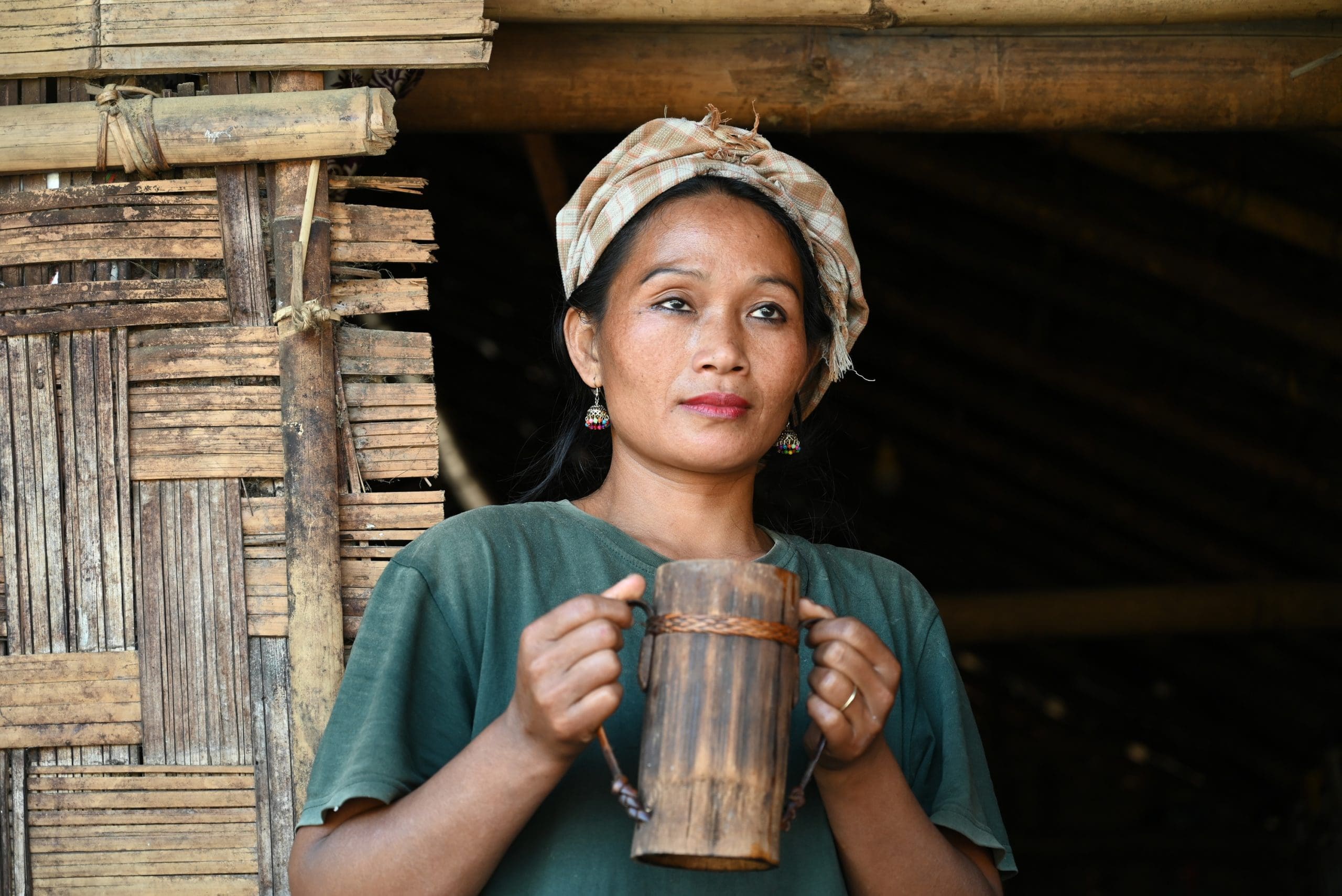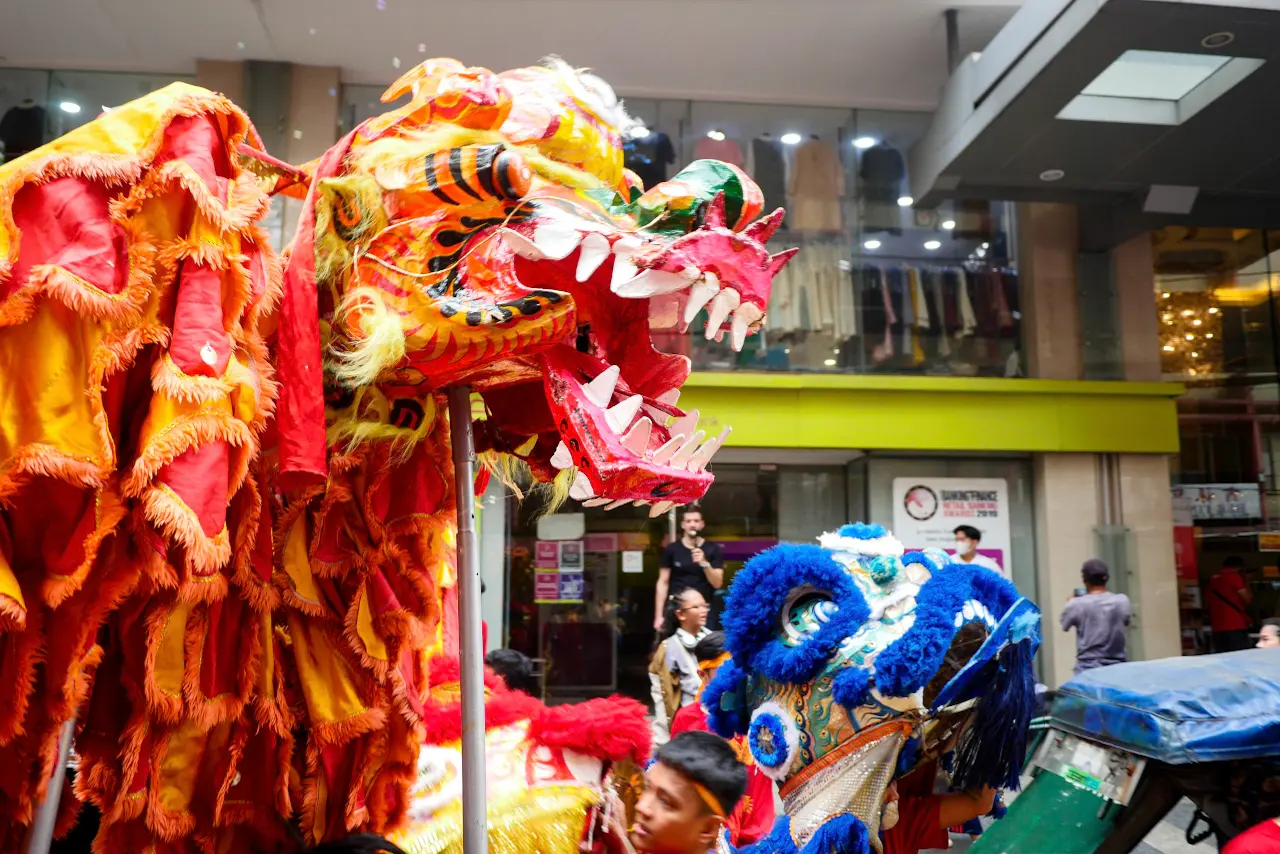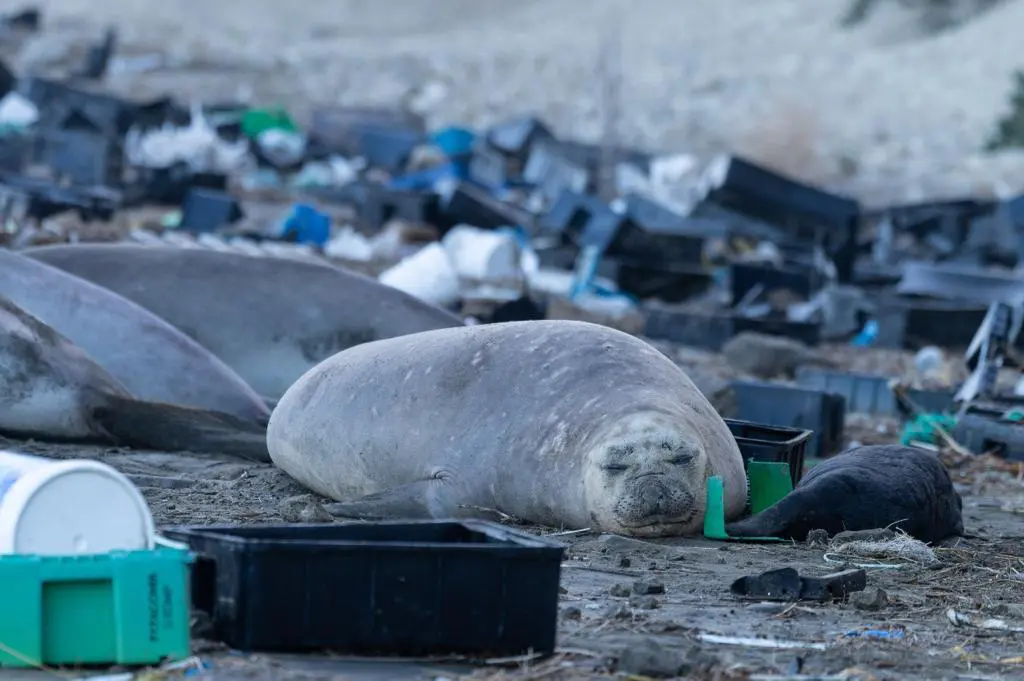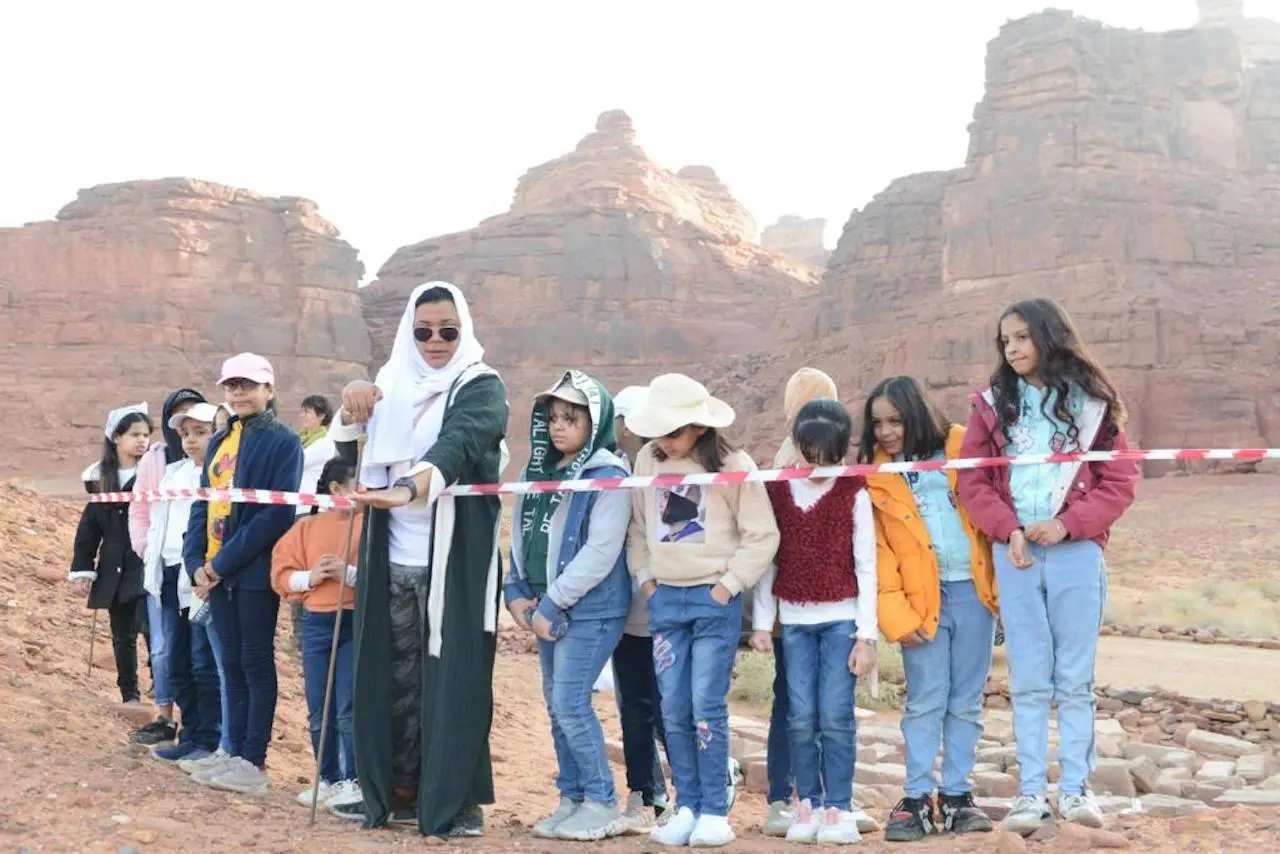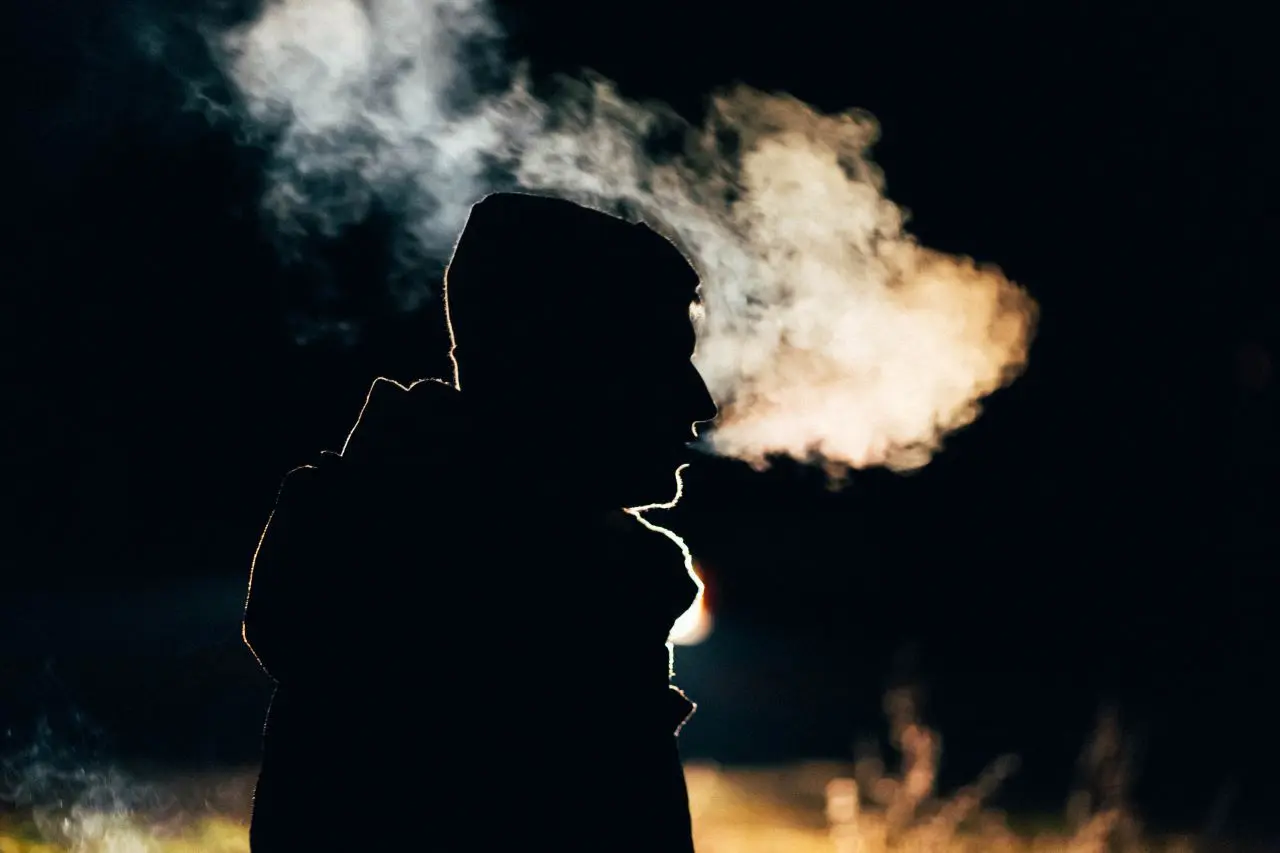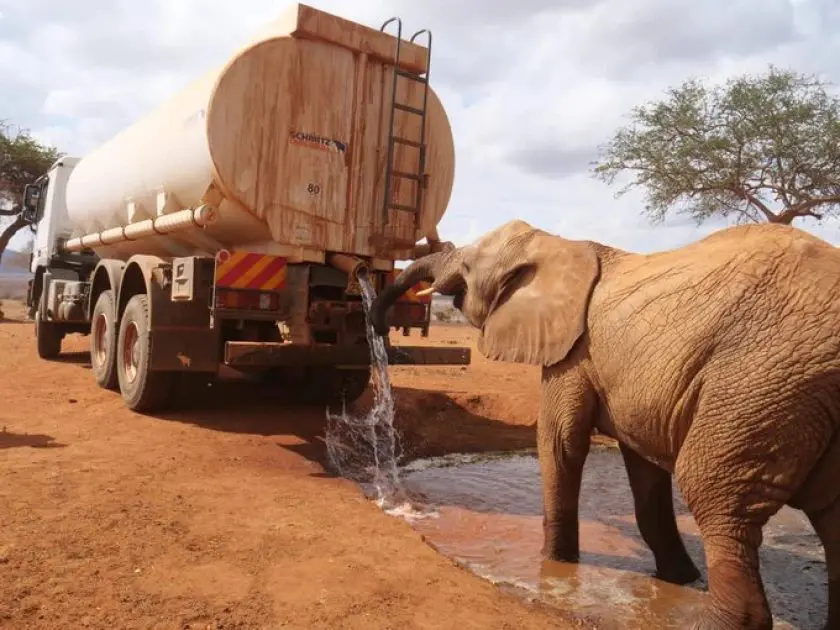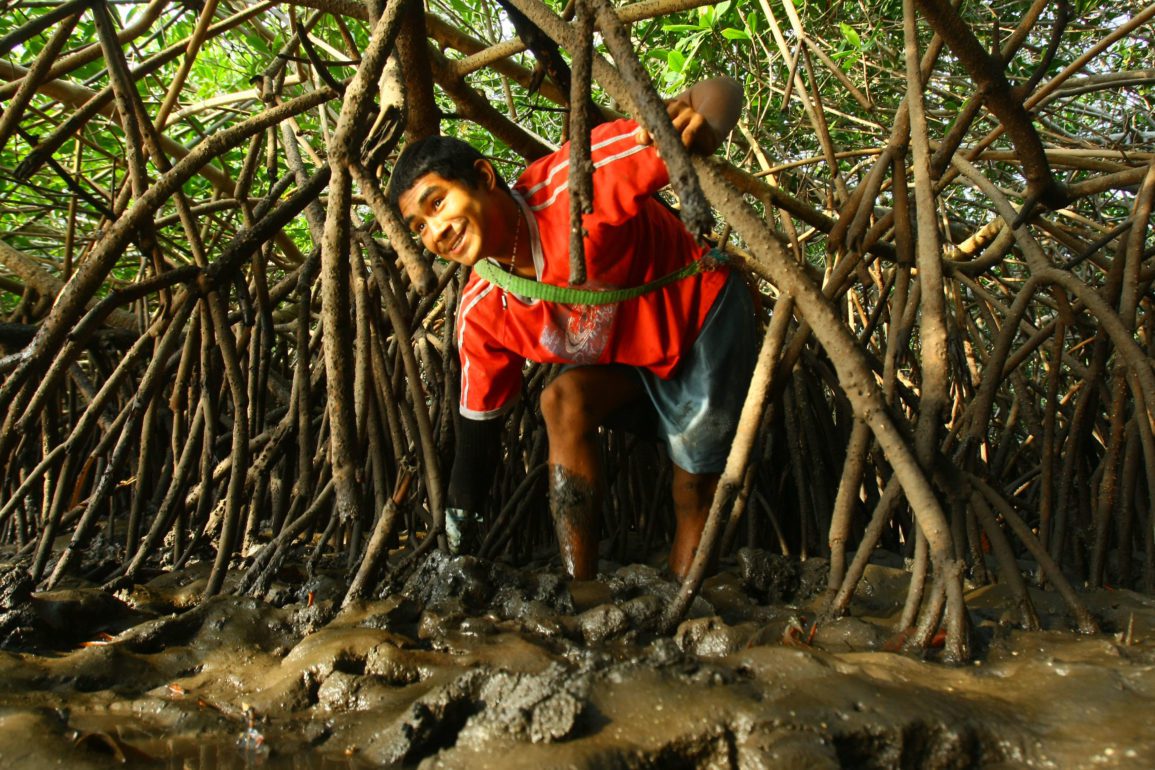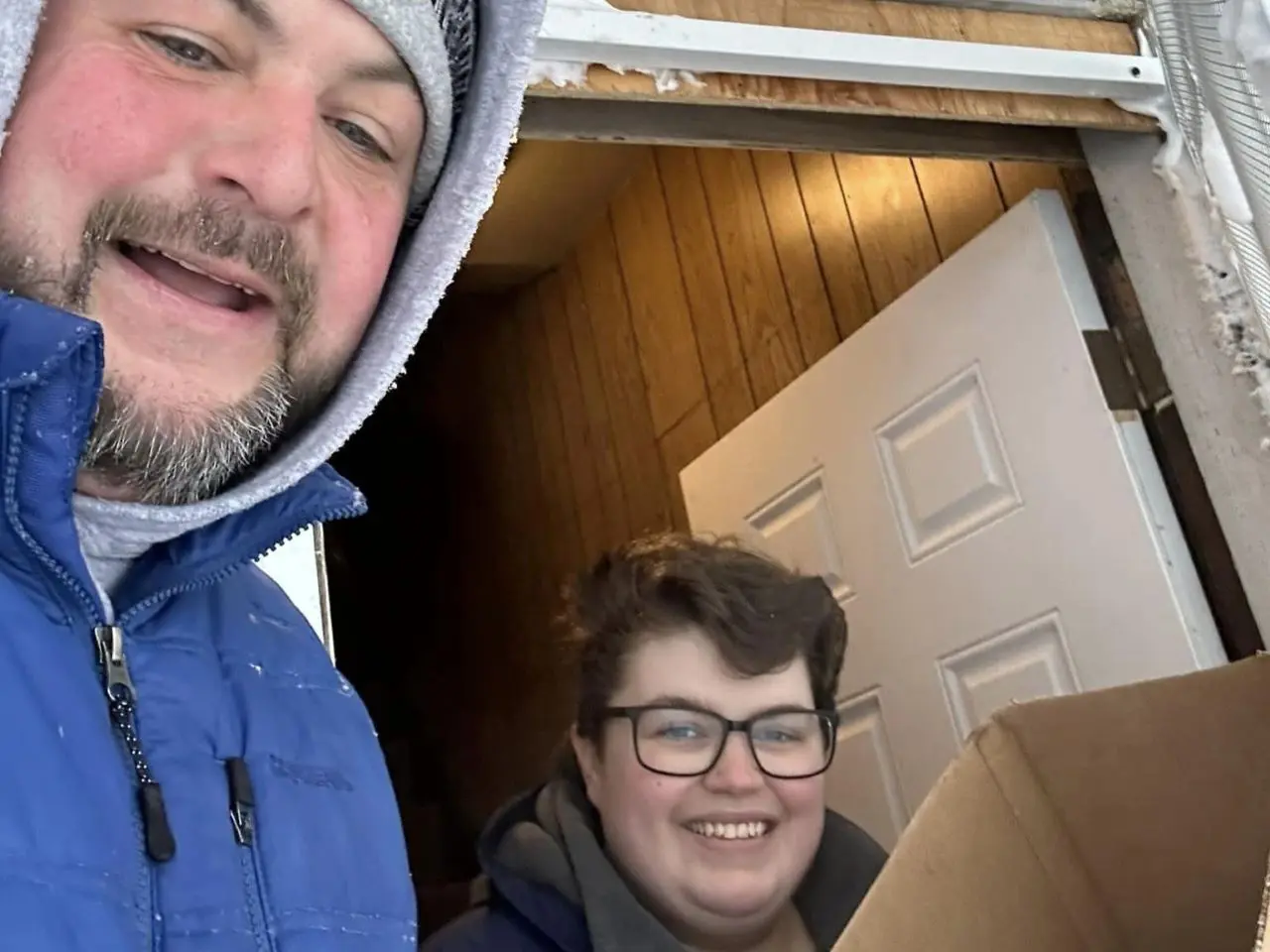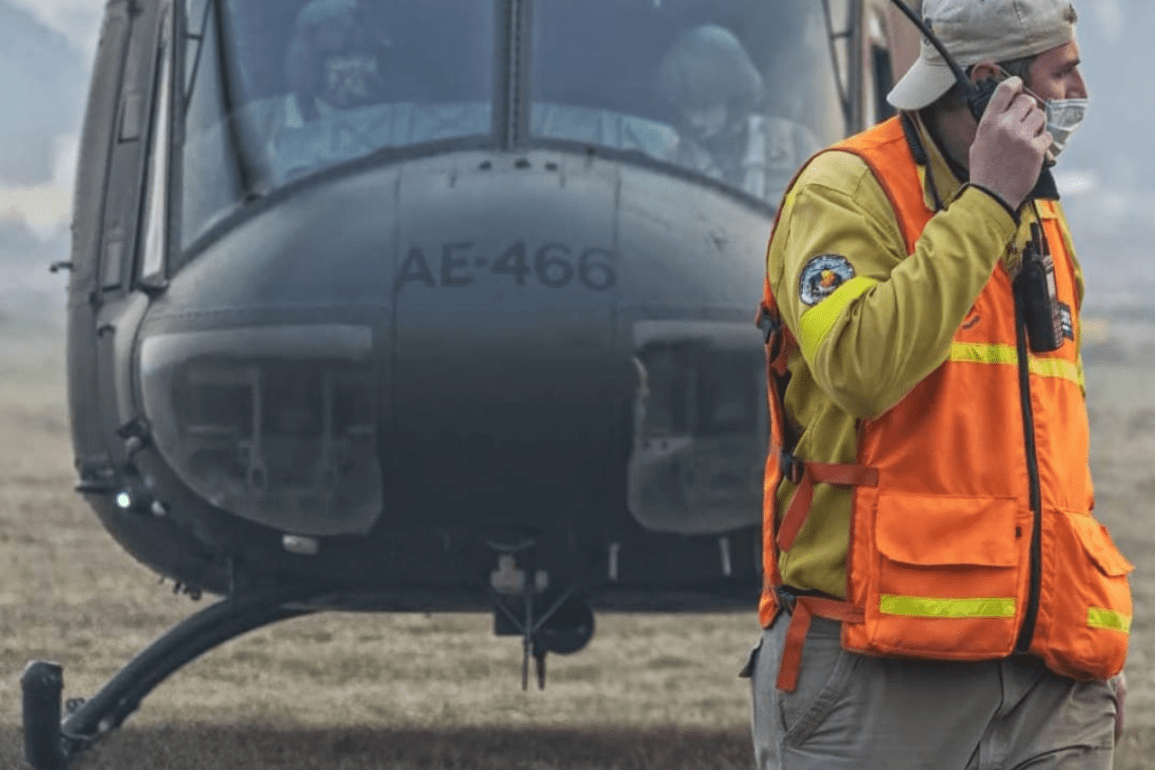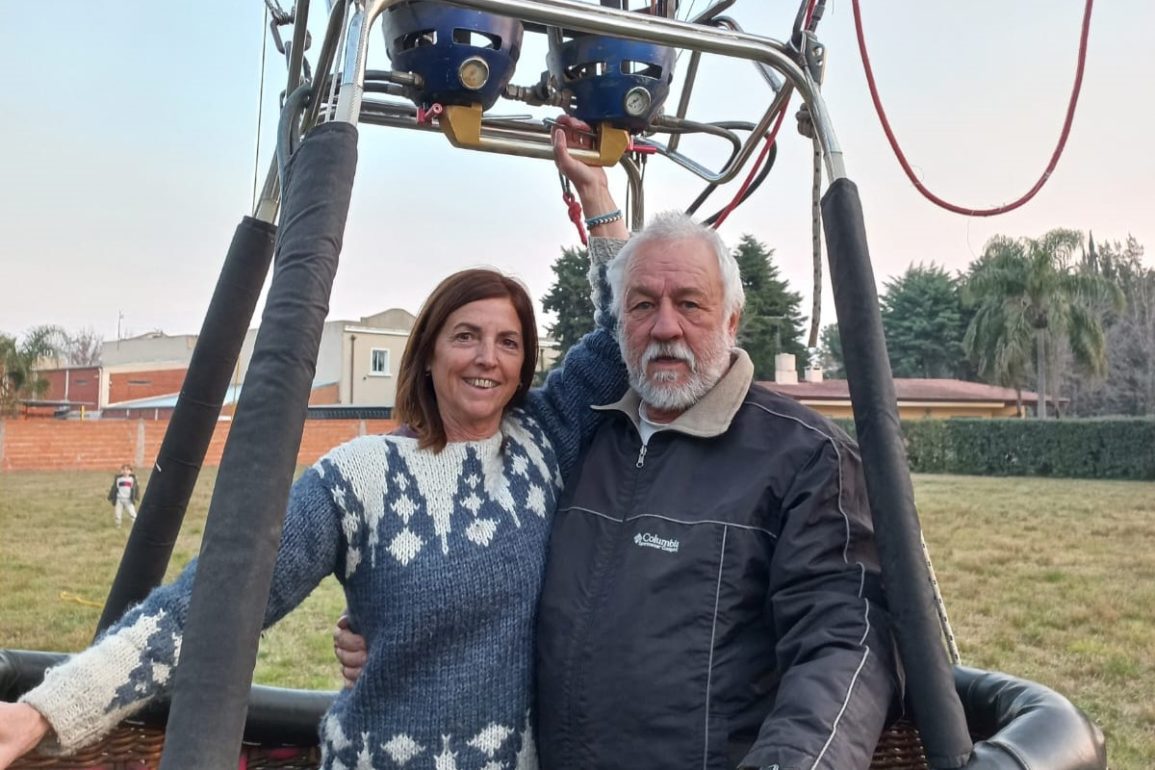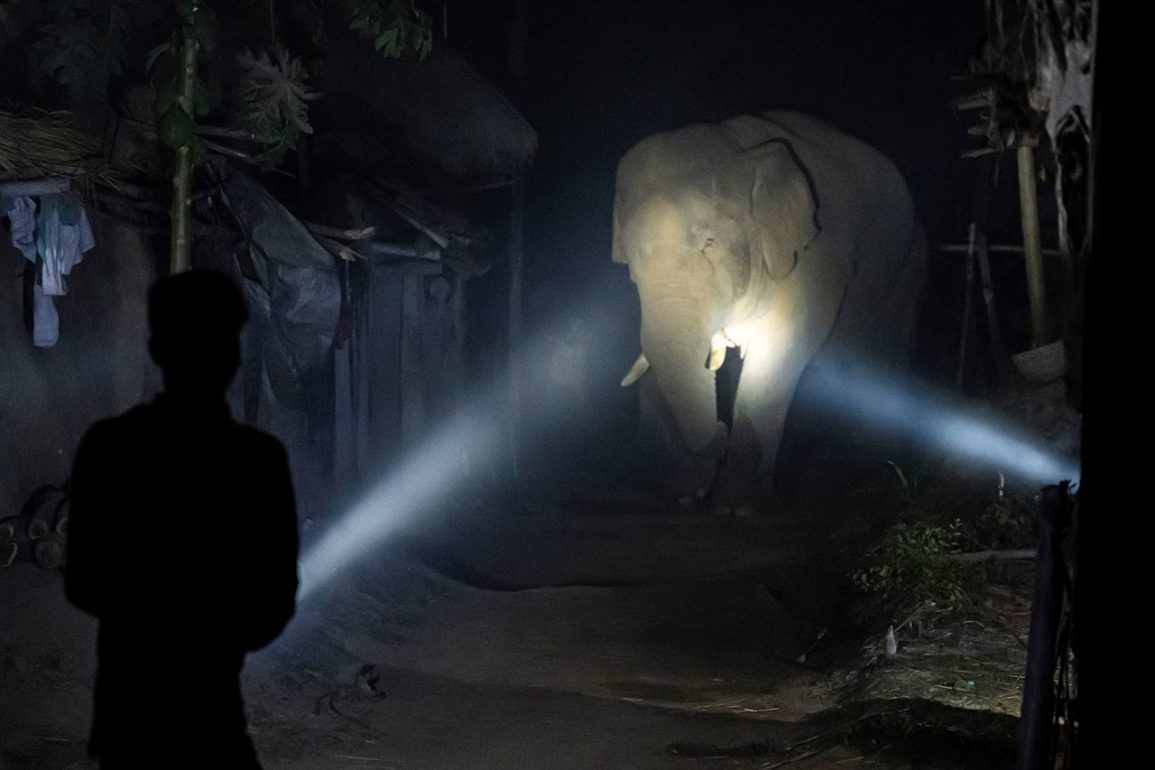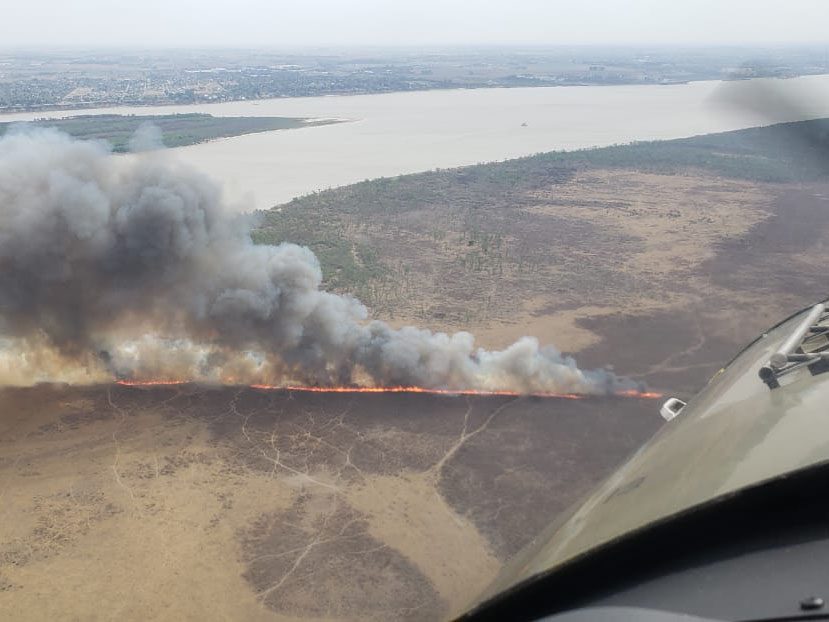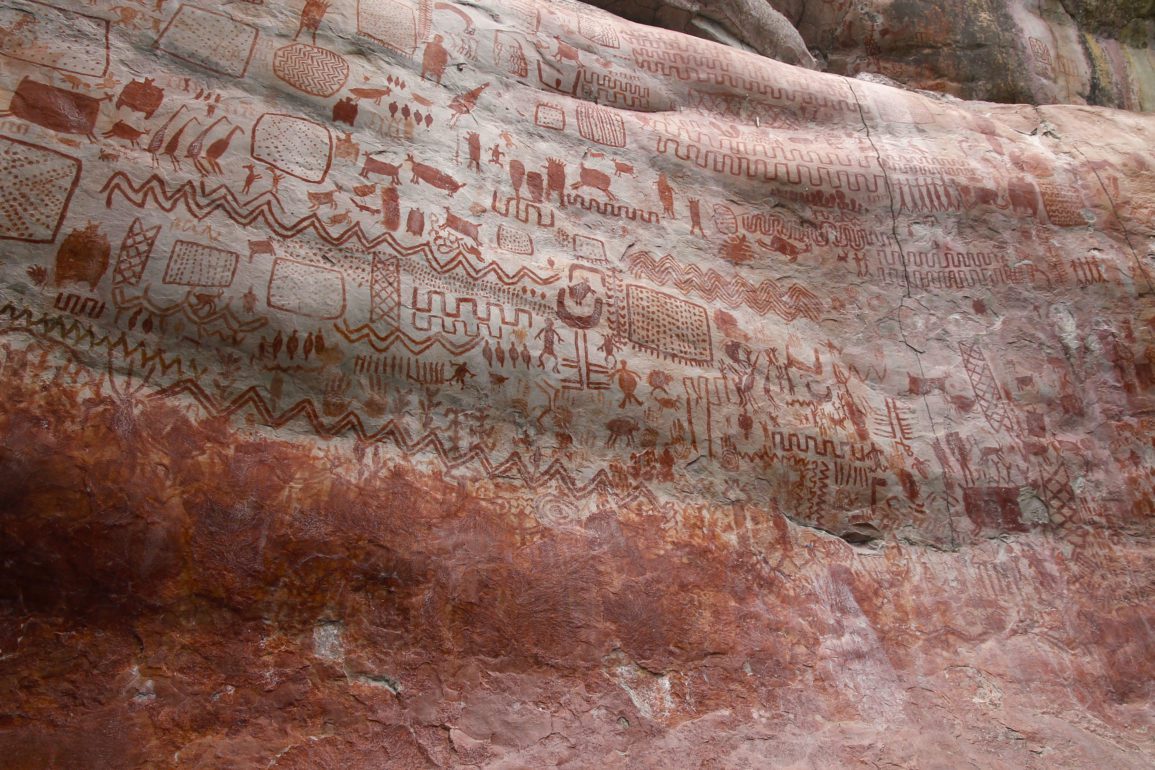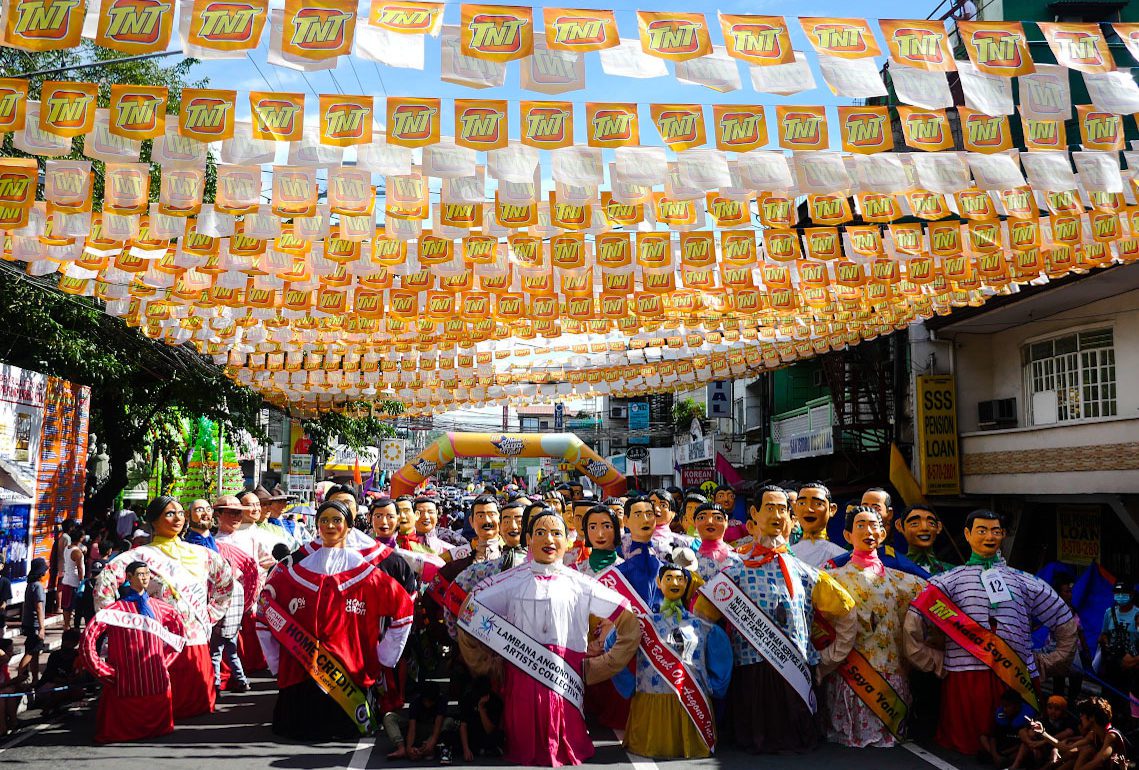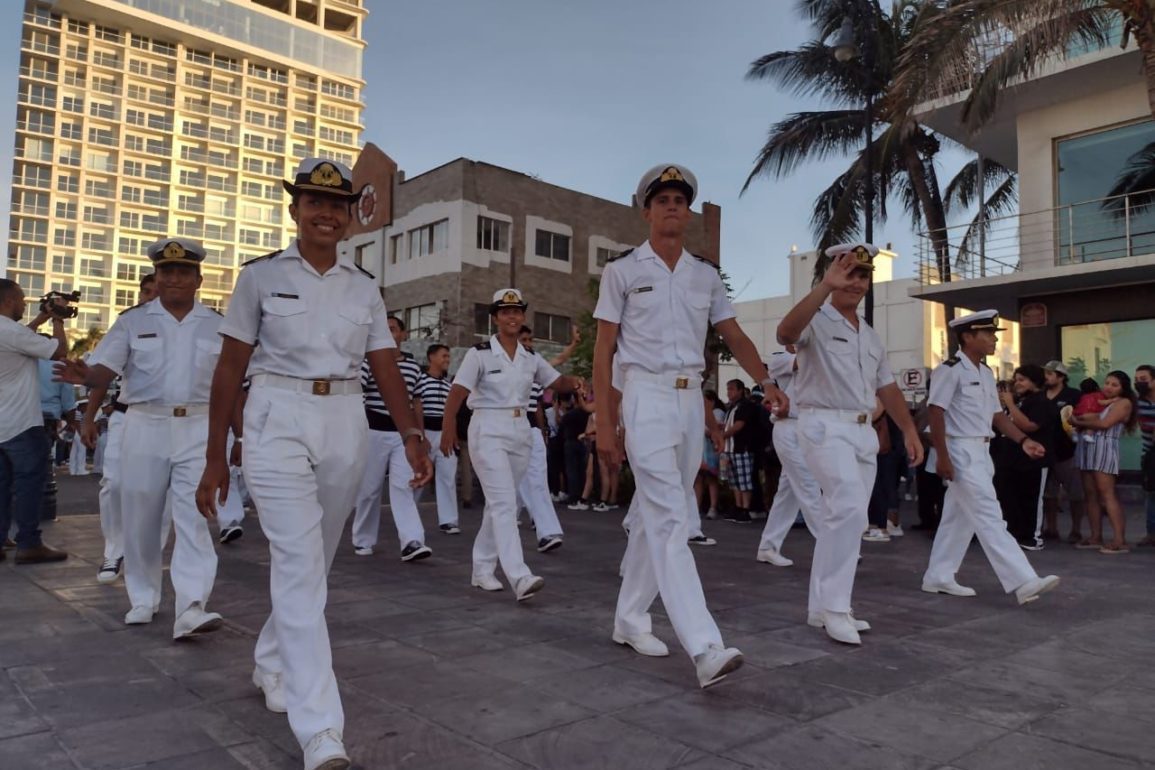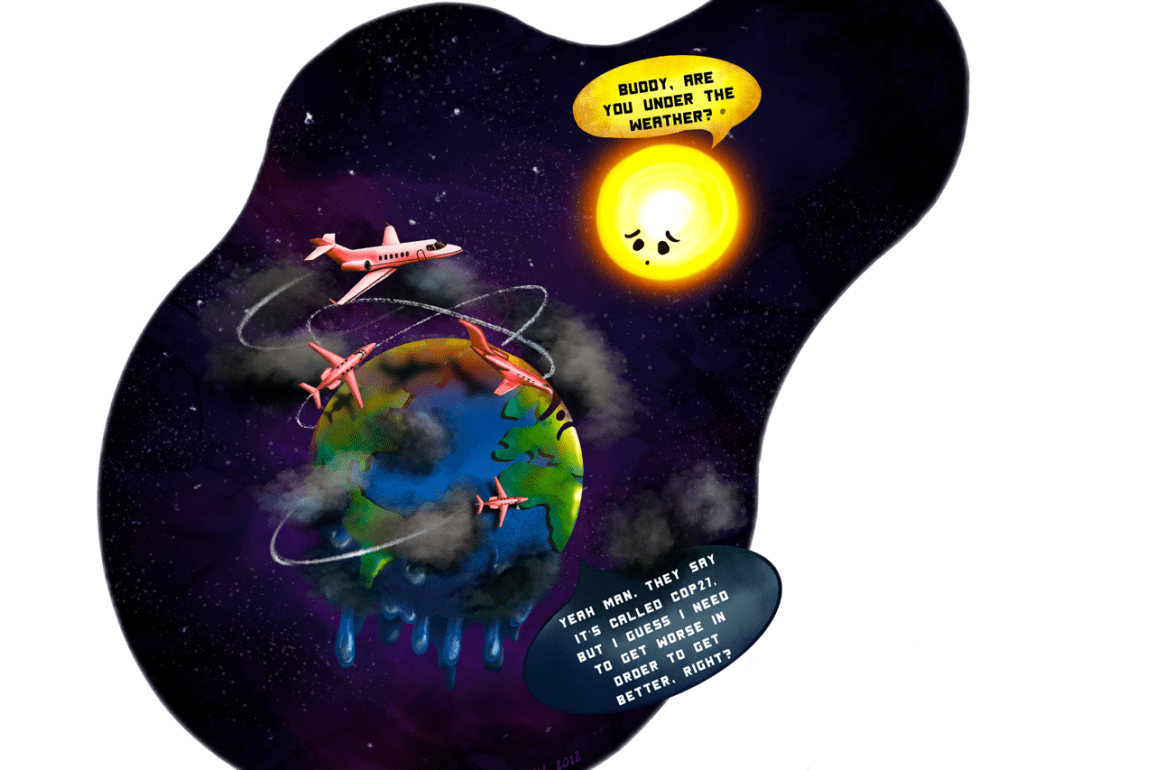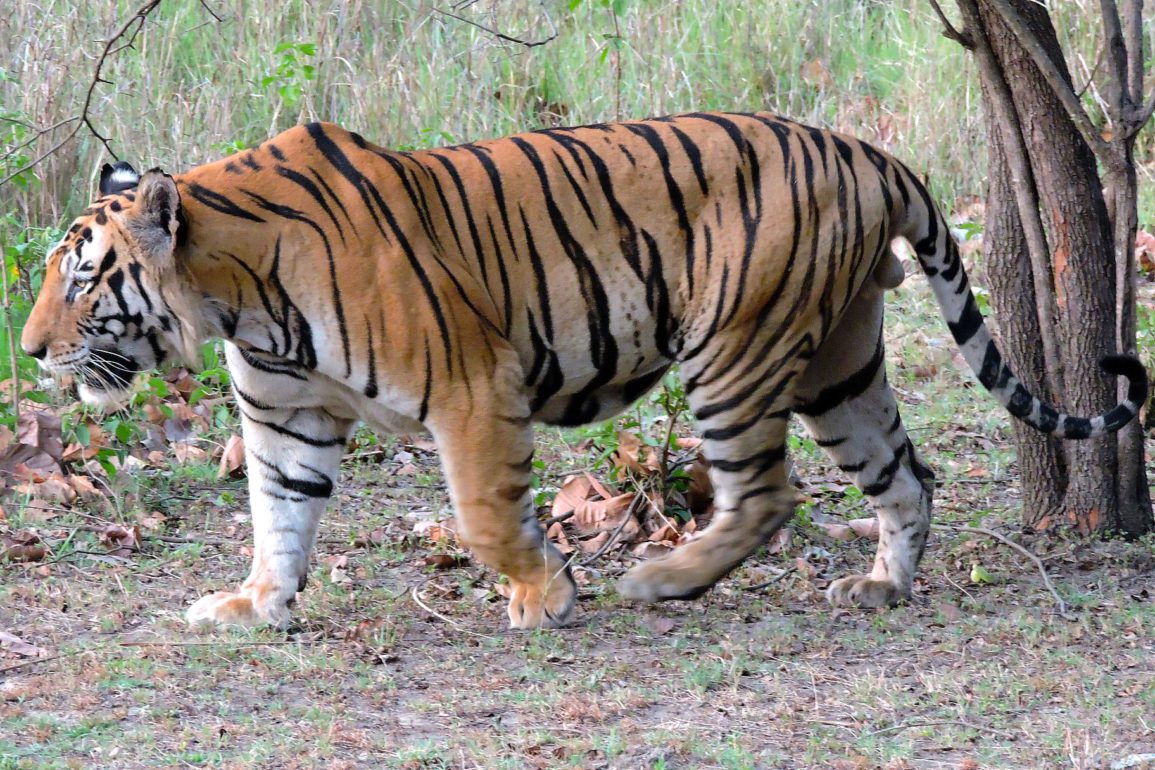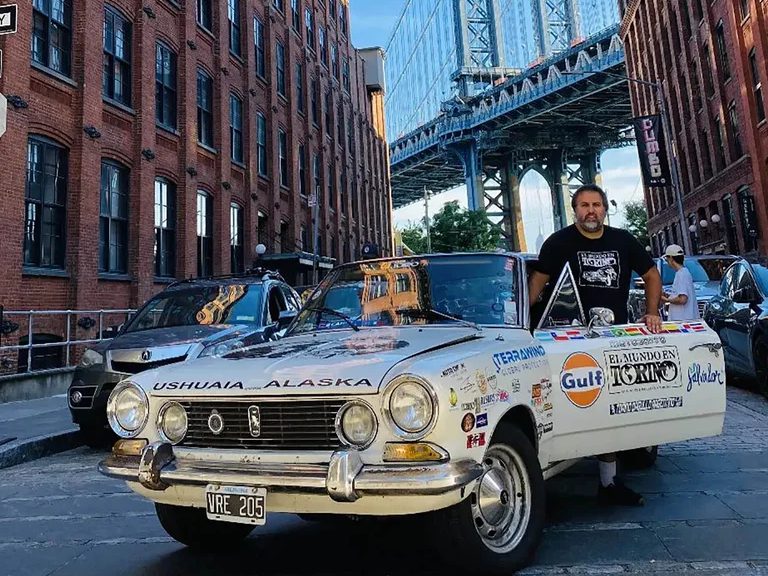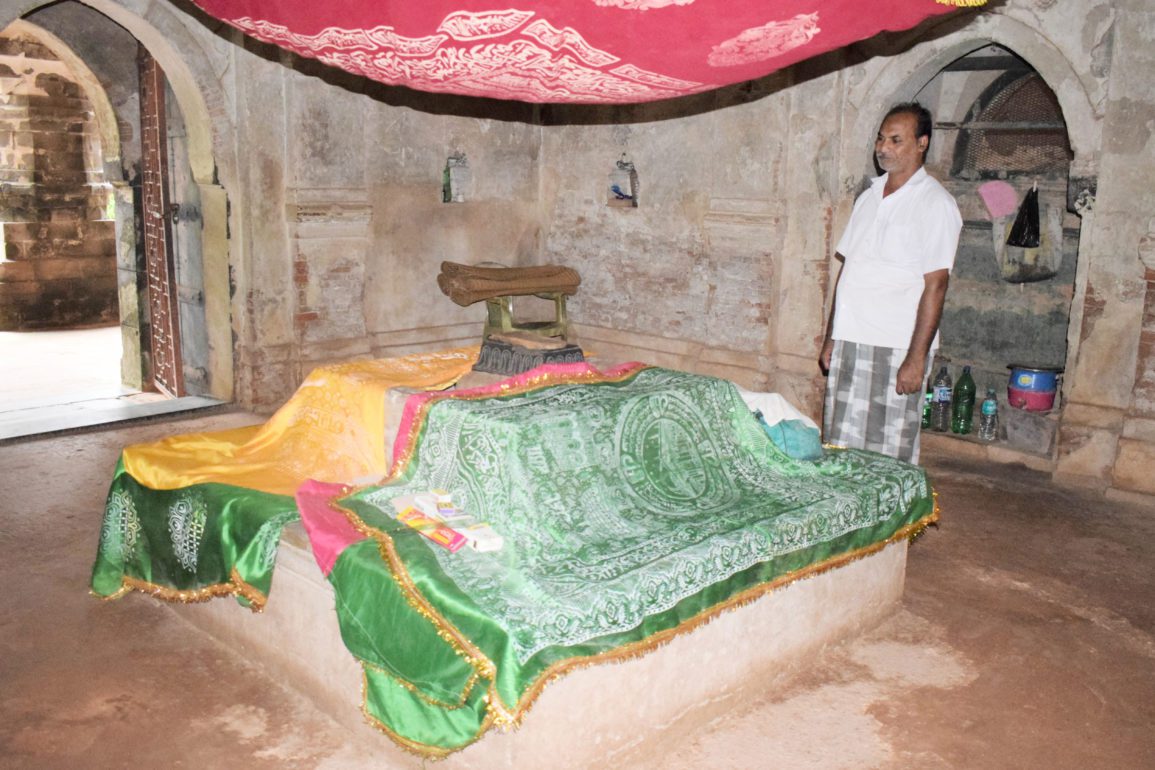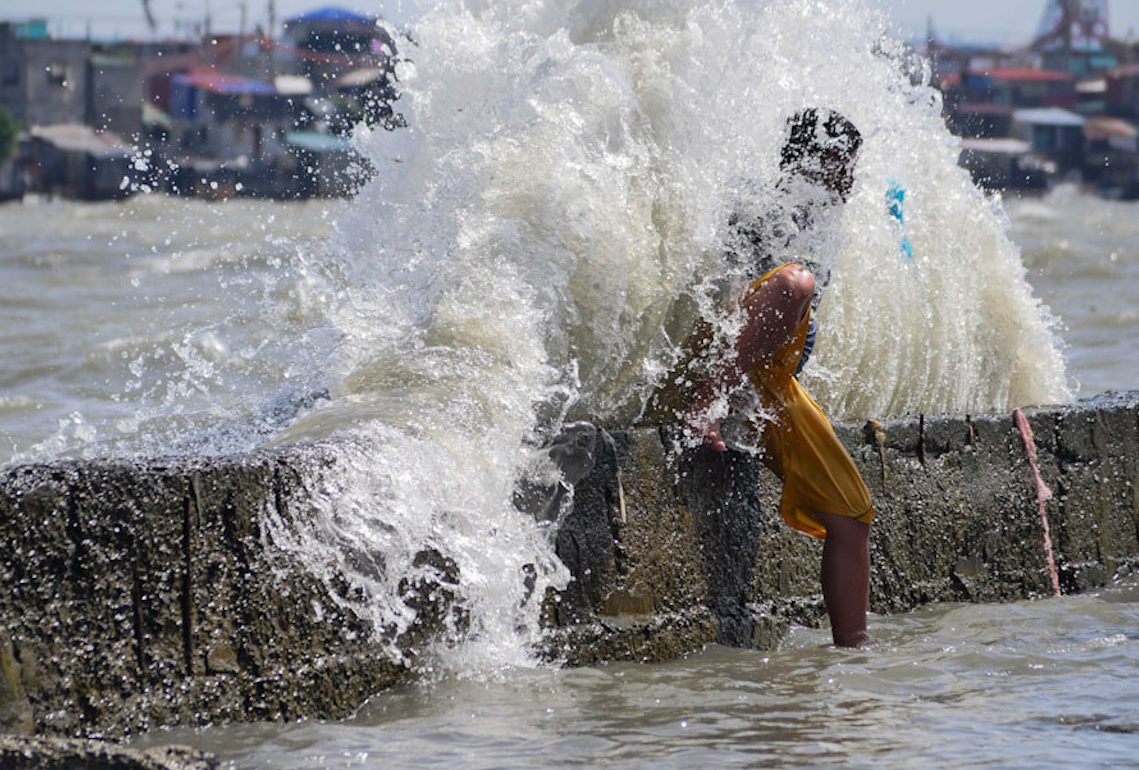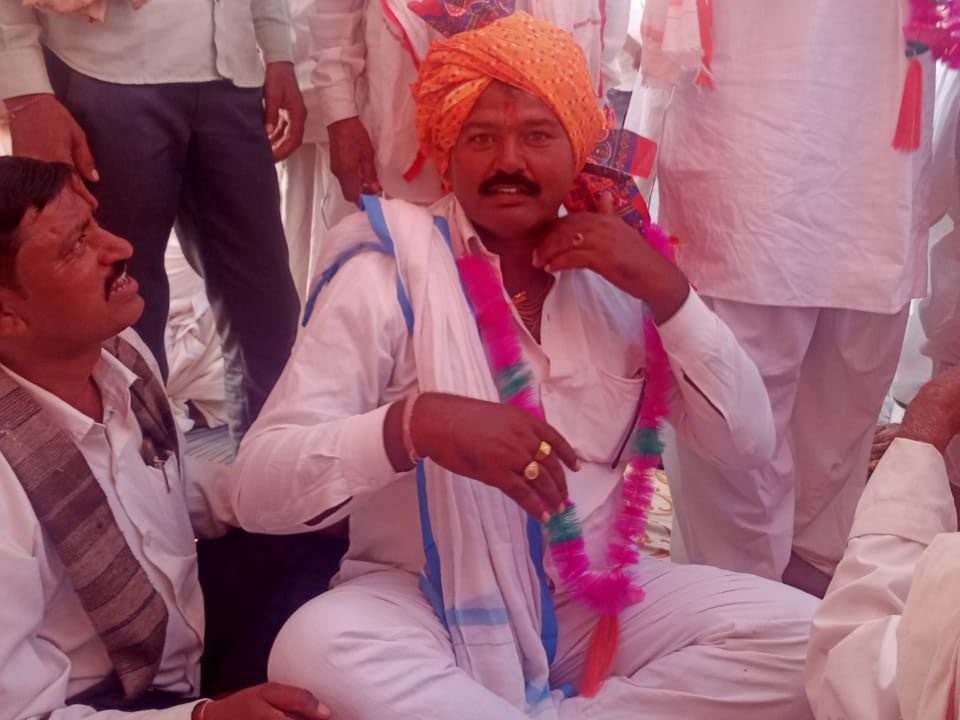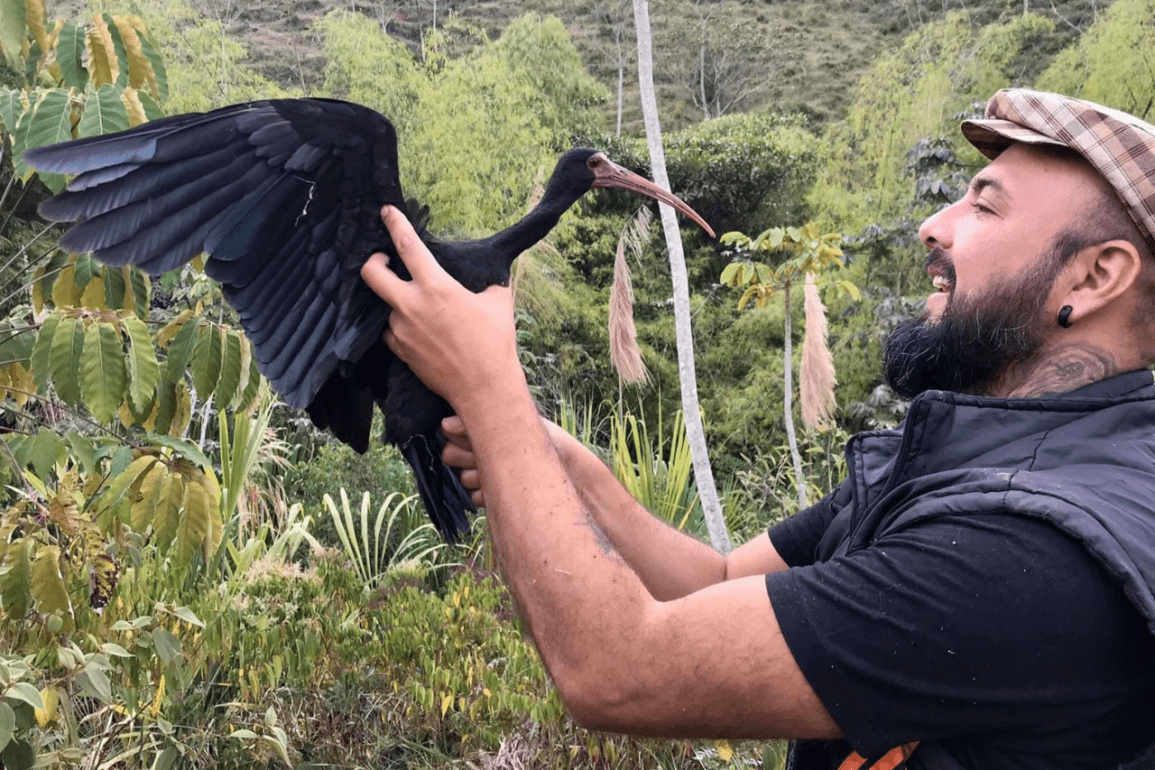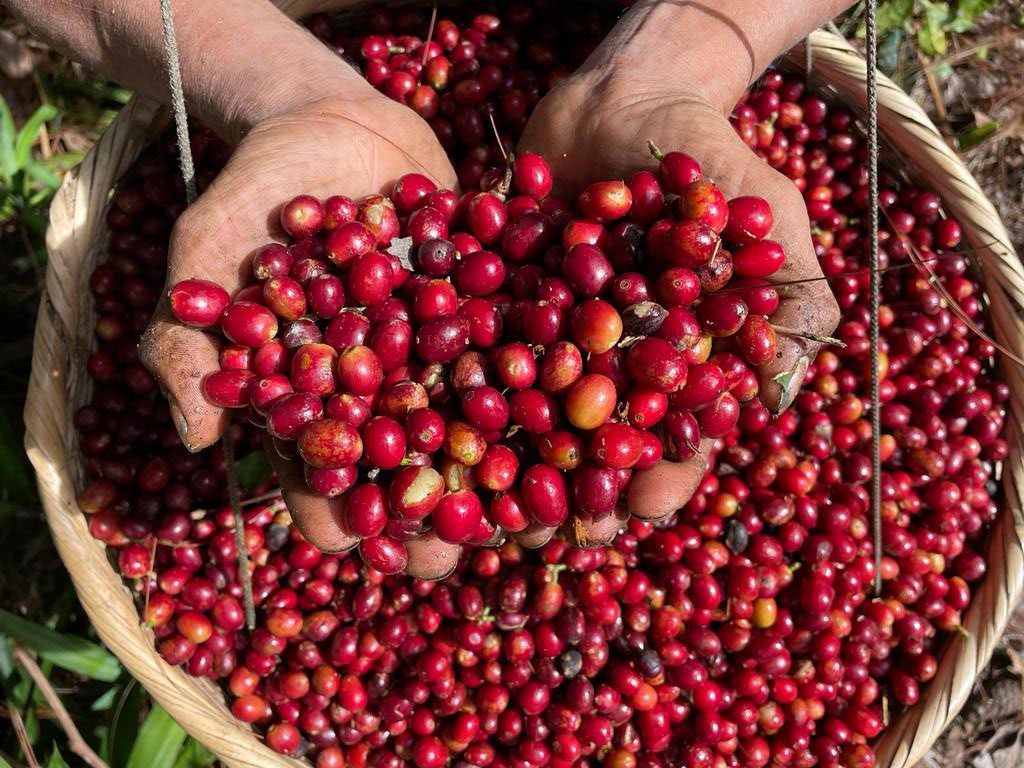Female snake handler in India rescues and releases 75,000 snakes
I made my way out of the hut, holding the cobra in my hand. A drunken man stepped forward and tried to kill it. For a split second, I completely forgot about the dangerous cobra I held. The swiftness of my action caused it to react. The cobra bit me.
- 2 years ago
January 4, 2023
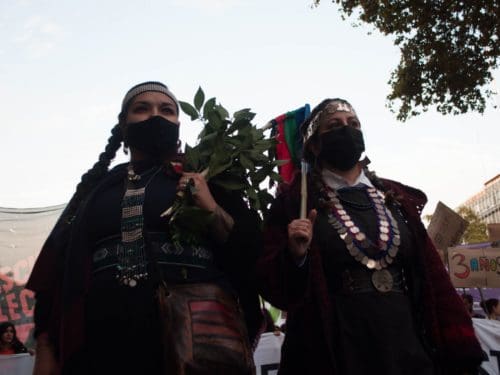
BULDHANA, Maharashtra, India – At ten years old, I rescued my first snake and for 35 years, I have gathered, registered, and released over 75,000 venomous and non-venomous snakes in India.
I quickly gained notoriety for being the first female snake rescuer in history. As a child, when I rescued my first snake, I felt fear, but excitement followed. I knew for certain that saving snakes and protecting India’s wildlife would be my life’s work.
An unforgettable confrontation leads to a cobra bite
Over the years, I proceeded carefully, keeping a safe distance from the snakes. Yet, at times, I could not avoid danger. In 2019, a cobra bit me.
It happened in the Dudha village, five kilometers from Hivara where I reside. After spotting a snake, locals came to fetch me from my home. I abandoned my dinner when I heard the urgency in their voices. They led me to a hut where I saw the reptile poking its head out of a small hole.
I moved very slowly and meticulously, as not to provoke it. After removing it from the hole, I made my way out of the hut, holding the cobra in my hand. A drunken man stepped forward and tried to kill it. I quickly moved out of his way, diverting all my focus on the man to save the snake.
For a split second, I completely forgot about the dangerous cobra I held next to my body, and the swiftness of my action caused it to react. The cobra bit my hand. I felt total shock. For years, I had been so careful, that the moment felt unreal. I hurried to the district’s civic hospital, where I received an anti-venom injection.
Before my eventual discharge, I spent a month in the hospital with a painfully swollen hand. Yet, I did not feel afraid. I knew what happened was a normal reaction by a scared snake. My love for the job never wavered.
What started as a kid’s game turned into a personal mission to save snakes
Growing up in the Naigaon Deshmukh hamlet, a small village surrounded by the verdant Ghatbori Forest Range, I always felt fascinated by nature. The Satpura Hill Ranges remain famous for their rich vegetation and wildlife, as the chosen habitat for over 22 different types of reptiles.
Agriculture serves as the only industry in this remote area. The tribal people use the hill as a source of natural resources to gather tobacco leaves, honey, gum and other products.
Read more stories from India at Orato World Media.
My father Jagdeo Borade worked as a farmer. He often took me on tours around our farm, not far from our home. I became enthralled with the wildlife around me. At the age of ten, I started to play with my friends from the village around the forests. They possessed more outdoor experience than me. In addition to climbing trees and swimming in rivers, they fished, hunted rabbits and deer, and gathered honeybee colonies. I watched and learned from them.
I spent my days sitting on the bank of the river Utavali, observing my friends’ parents as they used nets to capture fish. They frequently trapped snakes, and I watched as their parents freed them and threw them back into the river. I felt awestruck by their ability to handle snakes with such ease. I liked that they saved the snakes, rather than harming them. It was then I decided to master the skill of snake handling. I wanted to start freeing snakes myself.
My first experience was terrifying
I shared my plan to handle snakes with my friends, who in turn confided in their parents. Those parents happily agreed to teach me. I felt eager to start right away. I never handled a snake in my life before, so naturally I felt scared. We knew so little about snakes, other than the danger they represented.
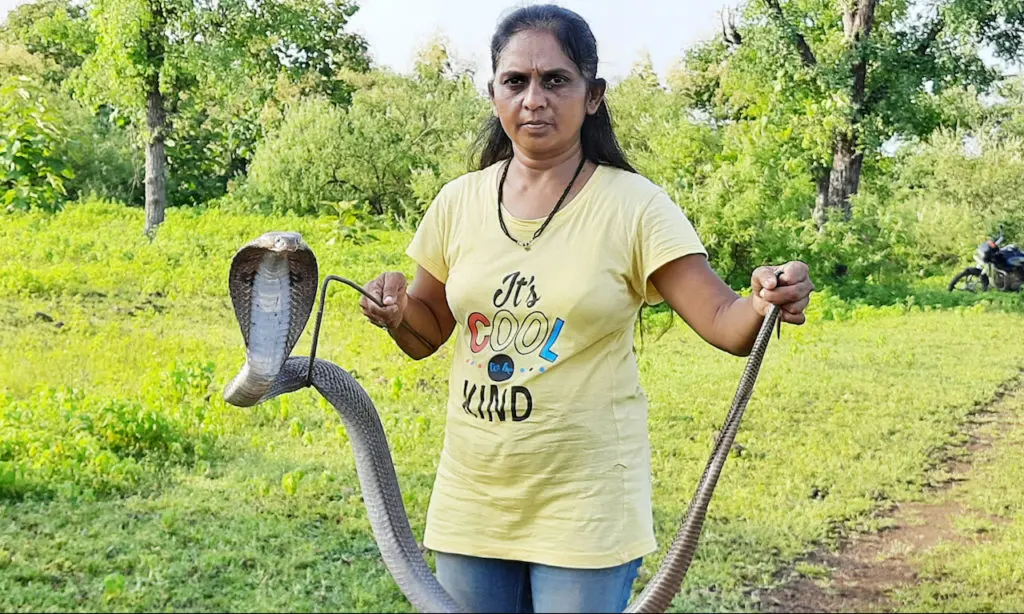
In my first attempt, I learned to hold a harmless water snake, which made me feel quite uneasy. I clearly remember the way it moved, thinking it might get away from or bite me. It felt challenging at first to resist being afraid because I believed all snakes were poisonous.
Eventually, I succeeded in releasing one, and my fear of snakes slowly disappeared completely. I realized how harmless they can be, and I felt a sense of pride in my work. I began to truly enjoy it. Since 1985, I have been regularly catching snakes and releasing them in the wild. Then, in 1985, at the age of 15, we began documenting my efforts.
Making a name for myself in snake handling
That year, I married Dawange Bhaskar. Bhaskar knew about my occupation. A spiritual man, he believed snakes held an important meaning and spoke frequently of Lord Shiva who had a snake around his neck. My husband motivated me to keep going, and even brought me literature on various snake species.
Prior to this, I had no real knowledge of the snakes I saved. I had no way of telling them apart aside from their colors and sizes. The books made it easier for me to identify them. I spent hours studying snakes every day.
By that time, around my village, I earned two nicknames: “Sarpmitra,” or “the snake friend,” and “Saanpwali,” or “the lady snake catcher.” People from local and distant communities began contacting me for help after discovering snakes in their homes, stables, water sources, and farming regions.
I always made myself available and never charged for my services. I knew the villagers could not afford to pay a fee and I feared they might harm the snakes if they had to pay me to take them away. All the while, I kept an official record of the snakes I saved and released, which is also filed with the forest department. Since 1995, I successfully rescued 75,000 snakes and returned them to the wild.
Superstitions about snakes cause more harm than the snakes themselves
I recall an old myth claiming when bad people die, they become cursed and return to earth as snakes with no arms and no legs. People have associated snakes with evil since the beginning of time. Some people believe snakes aim to take your life to be reborn in a fresh body.
Sometimes, snake bite victims visit temples and mosques rather than a hospital, thinking they need divine intervention rather than medical care. The superstitions become harmful, and many lose their lives.
The ladies in my village were susceptible to such superstitions. They seemed shocked by my work as a snake saver and questioned my abilities. They failed to understand why a woman would enter this line of work, and they claimed I used black magic to capture the snakes.
My field of work remains largely dominated by men, but never intimidated me. In fact, it only motivated me further. The snakes I have saved include Russell vipers, Cobras, Kraits, Rat Snakes, Red Sand Boas, Trinket Snakes, Wolf Snakes, Water Snakes, and Pythons.
You’re not only saving snakes; you are saving people’s lives
Snake catching comes with difficult responsibilities. On a regular day, throughout my life, I received between five and six calls per day. During the rainy season, it jumped up to 12 to 15. I struggled to keep up, spending most of my time traveling to different locations. I had little time to eat or relax.
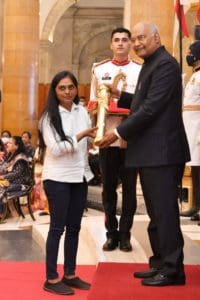
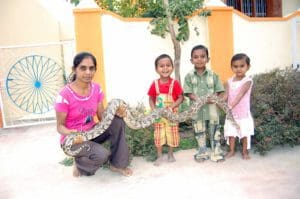
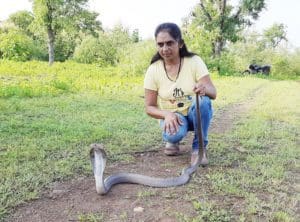
Whether I face a hissing cobra, a deadly viper, or a fatal python, I use a steel-stick, a plastic bottle, and a bag to capture them. I avoid the fork used by some handlers, which can injure the snake. I proceed meticulously, with persistence and patience. When handling reptiles, I can recognize a species based on its contour, color, hood, and scale.
Reptiles like dark, enclosed locations to hide in and people lack awareness about human and snake confrontations. People instinctually feel fear and shock when facing a reptile in their home or garden. They think, “It’s the snake or me,” and that the only option is to kill the snake, regardless of whether it is poisonous or not. Sometimes, people get bit trying to fight the snake.
According to official figures, 2,000 to 3,000 deaths from snakebites have occurred in my region of Buldhana. Because of my work, the majority of the villagers (about 75 percent in my estimation) have stopped killing snakes.
Facing life-threatening situations and teaching children
One time, during the rainy season in 2020, a rock python fell into the water well in a village 25 kilometers away. The 50-foot-deep well lay in the middle of a field of crops. The 33-pound, 10-foot-long snake fought for survival in 20 feet of water. I descended into the concrete well after coiling a rope around myself.
I had no support and felt unsure how to bring the snake to the surface. Because of its size, I looked for a sack. The people on the ground threw a polythene bag down to me. I had them take bamboo sticks and push the snake’s tail down so it would go inside the bag I held. After closing the bag, I attempted to lift it but it proved too heavy for me. They tossed me another rope which I put around the bag. They pulled it up and we released the snake into the forest.
As a female snake handler, my exciting and difficult job can motivate young ladies to work in agriculture. In 2019, I founded the nonprofit organization Soyare Vanchare Multipurpose Foundation to educate young people about reptiles and teach schoolgirls to catch snakes safely.
Today, every year, more than 20 schools send 500 students to my workshops annually. My message spreads throughout India and across the globe. I believe environmental conversation is how we reveal our mortality as humans, long after we are gone.
Today, my foundation offers its services in 30 districts of Maharashtra as snake savers and nature lovers. We never do it for profit.
The book of world records
In 2015, after hearing about my work, a team from India’s book of records came to my home to gather evidence. Nothing happened at the time, but wo years later, in 2017, the Maharashtra Government presented me with the Chhatrapati Shivaji Maharaj Vanashree Award. I also earned places in the Maharashtra Book of Records and the Limca Book of Records.
Then, finally, in 2019, they finally added my name to the book of India’s world records, and I officially became known as the “First Woman Snake Rescuer”. This amazing recognition continued. On March 8, 2022, during international Women’s Day, Ramnath Kovind, a former president of India, gave me the Nari Shakti Award 2020.
He cited my unselfish dedication to humanity and animal conservation. The Nari Shakti Award is the highest civilian honor given to women in India. I was so thrilled; I could not believe it. Today, I continue working hard to protect humans and reptiles.
I feel incredibly proud of those who follow in my footsteps. It may seem simpler to kill what you are afraid of, but it takes skill and virtue to save snakes instead. My aim has never been to make a spectacle of my work. I do not do stunts or woo snakes. I am simply a protector, a conservator, and a rescuer.

